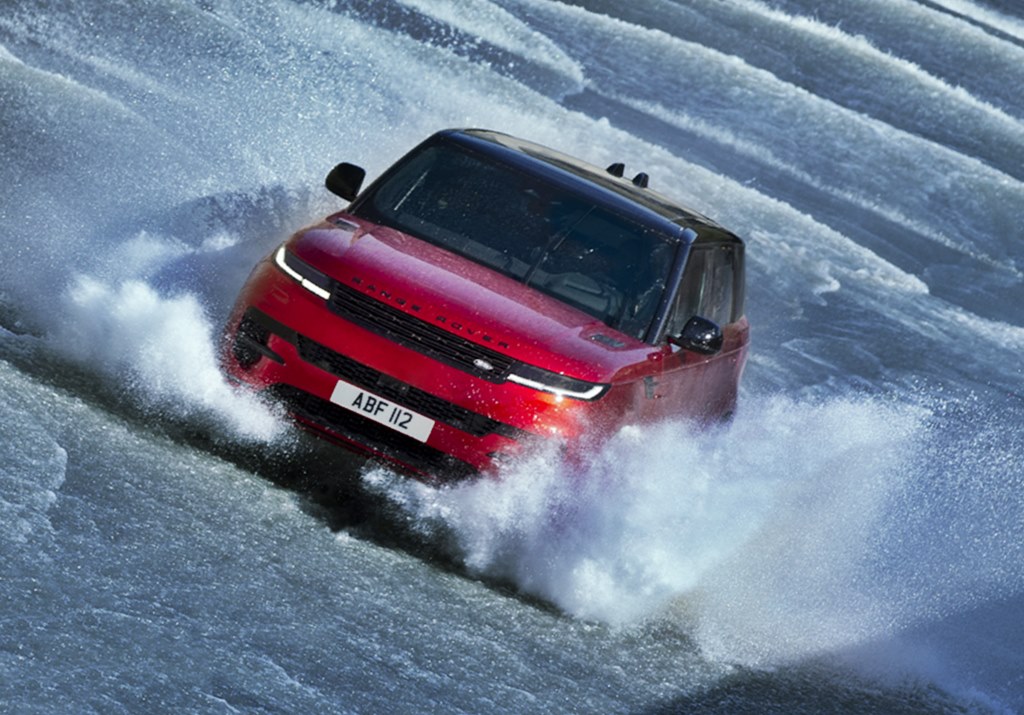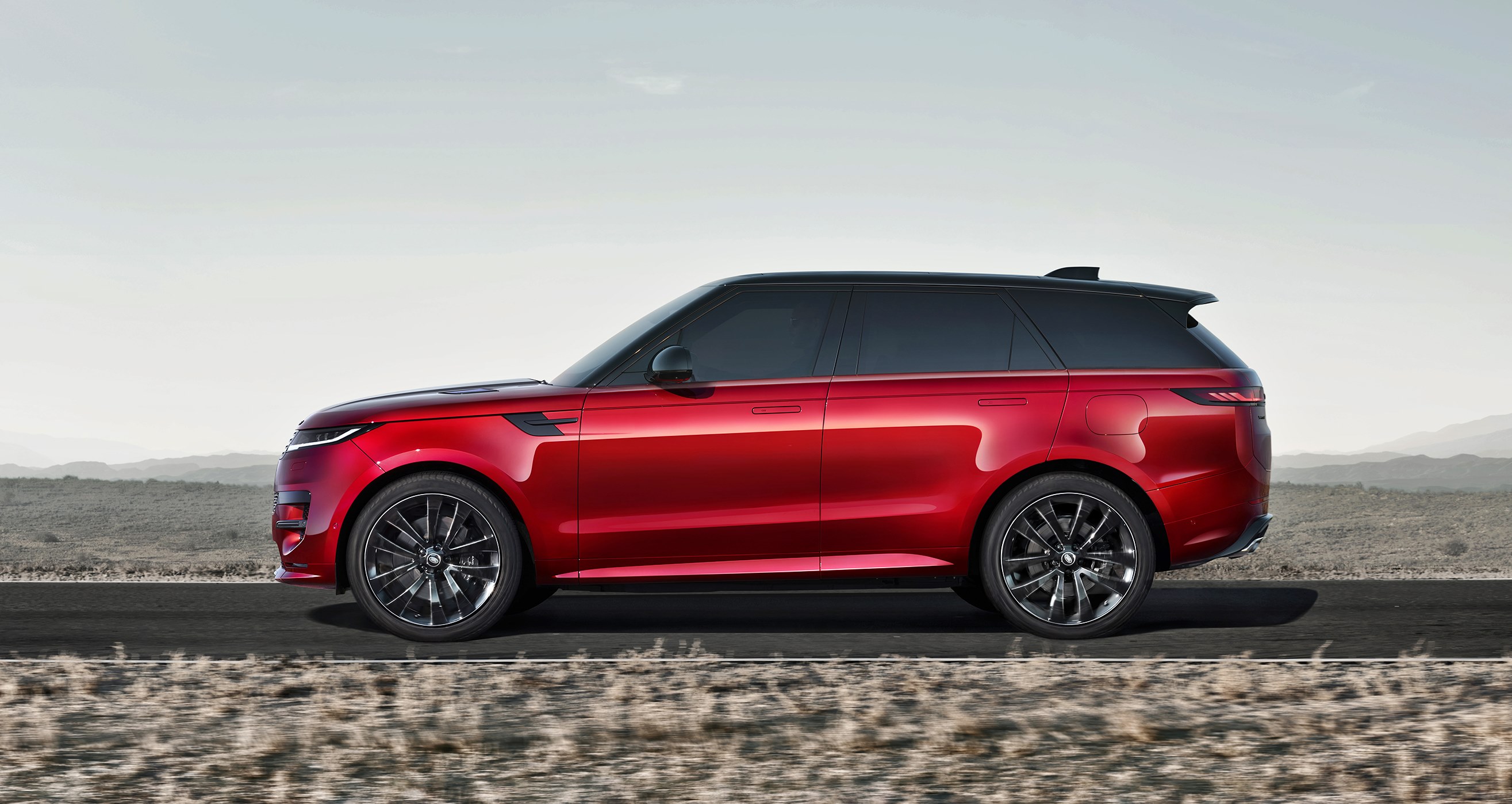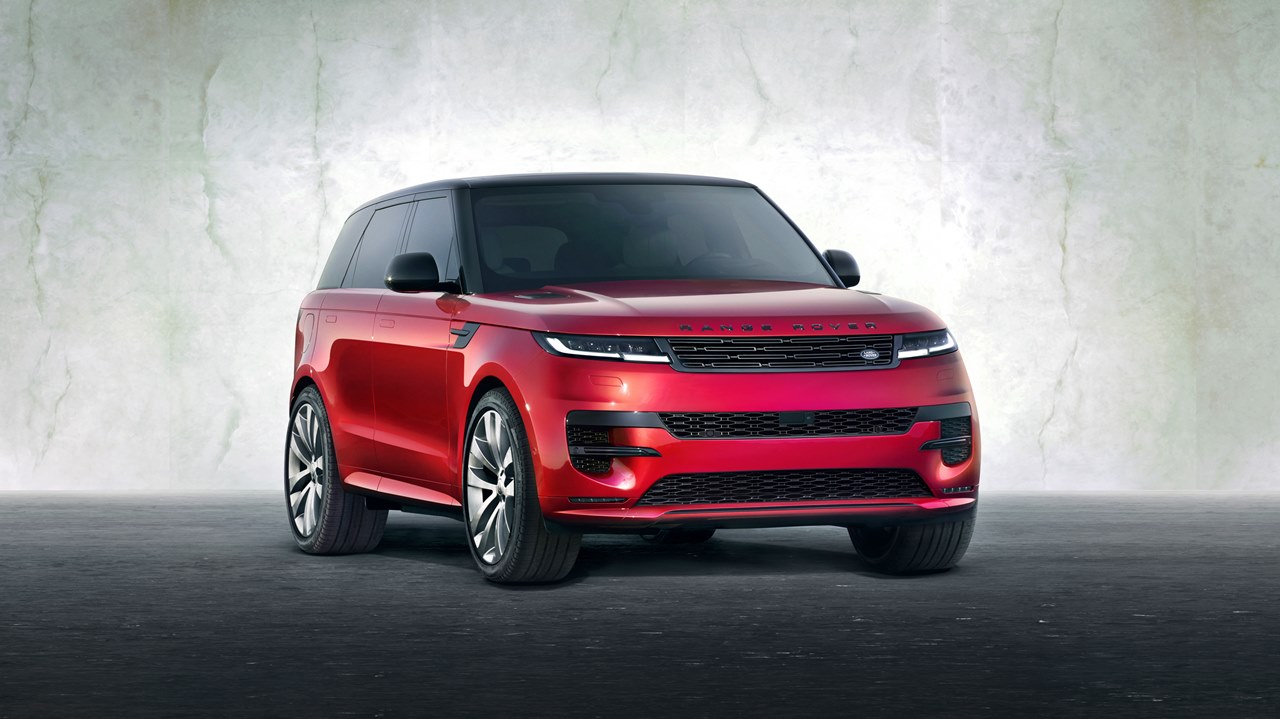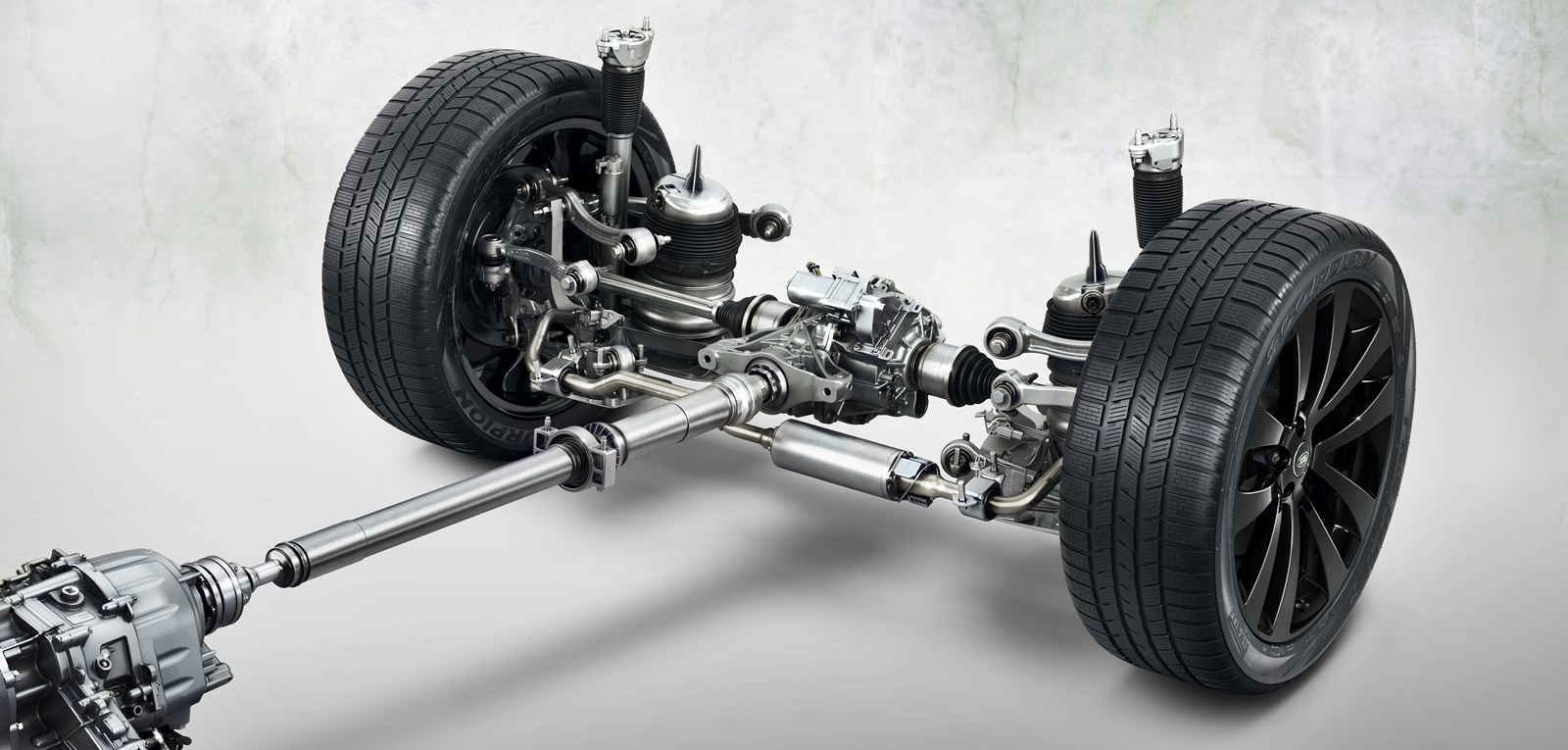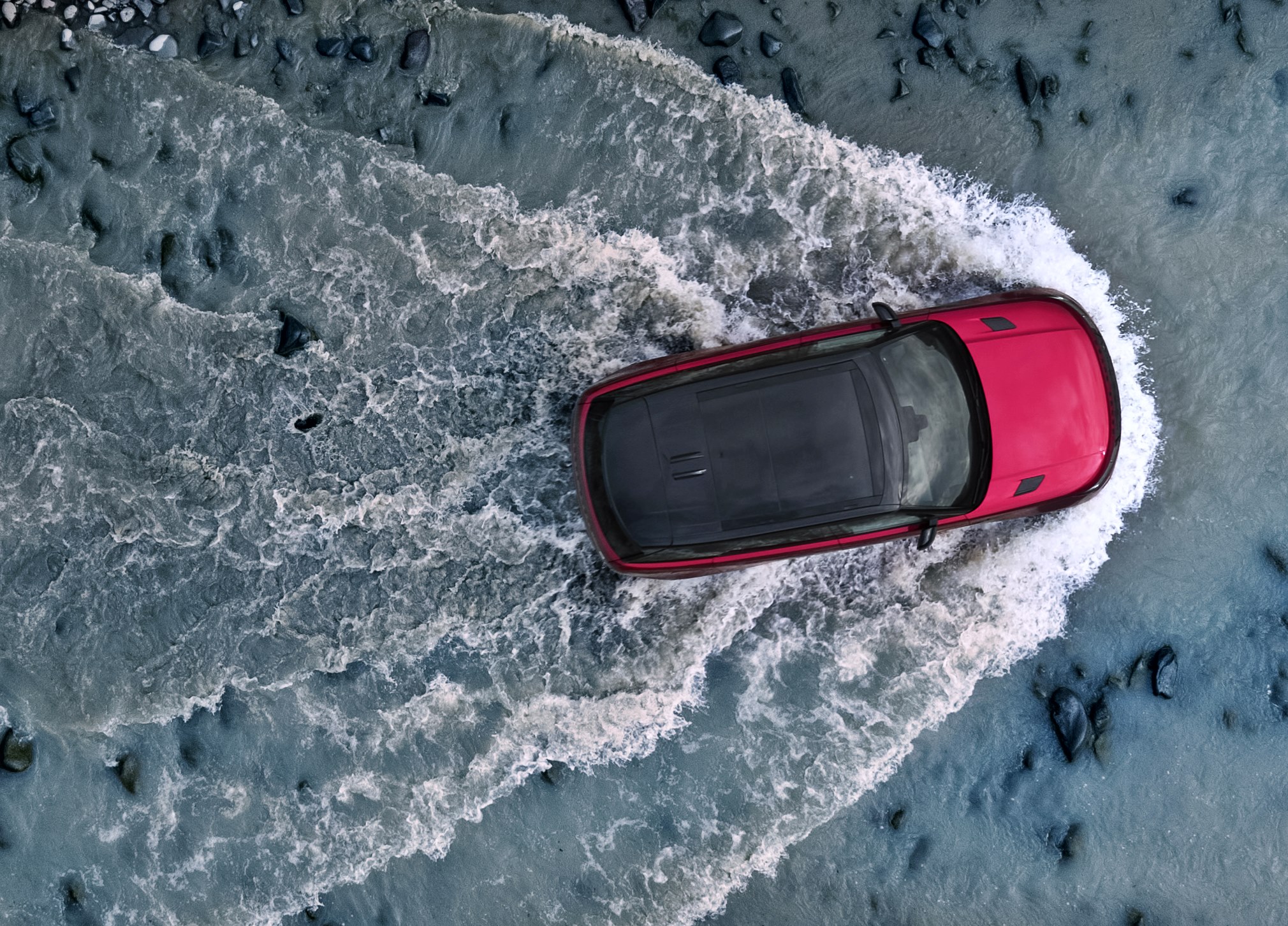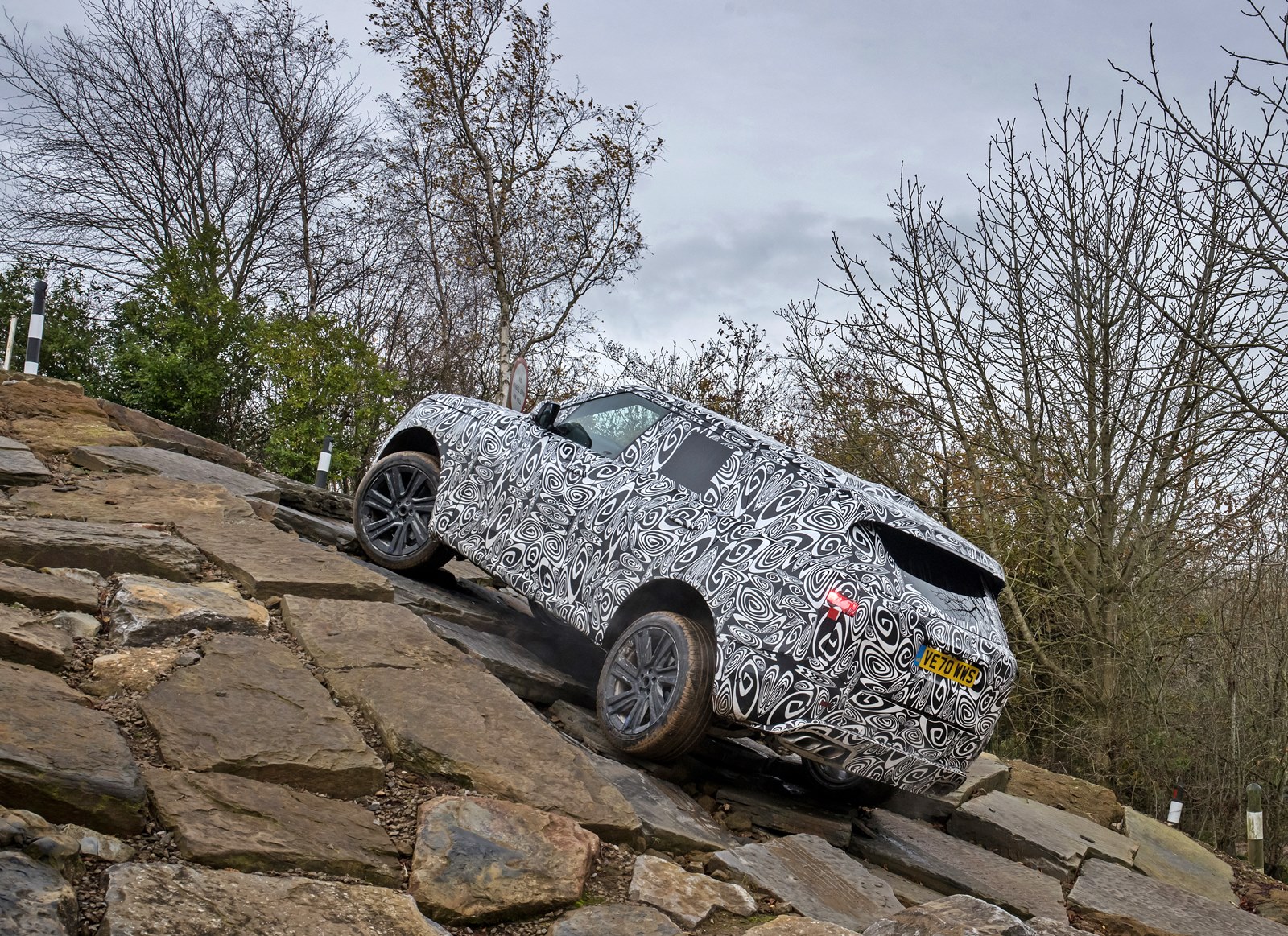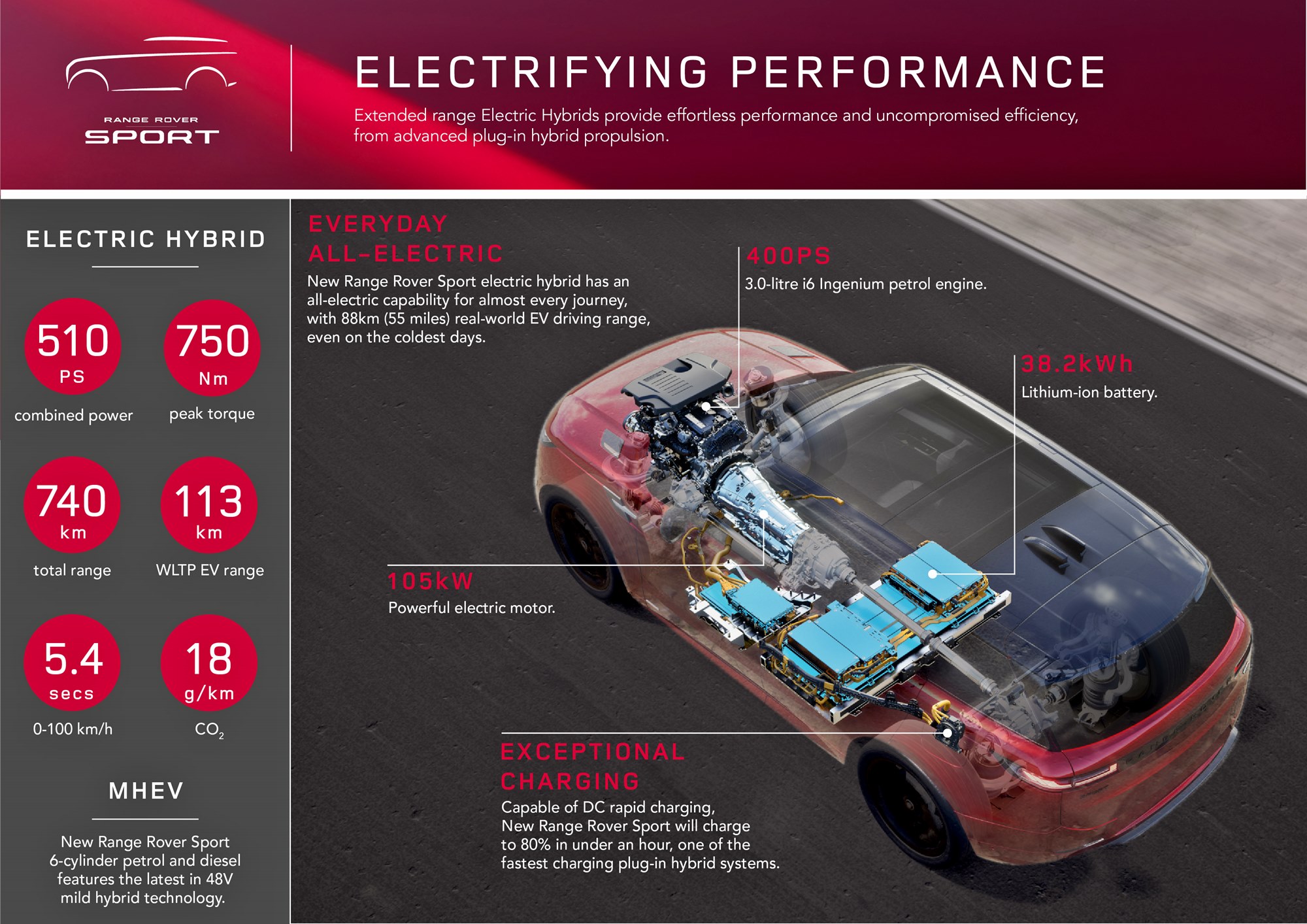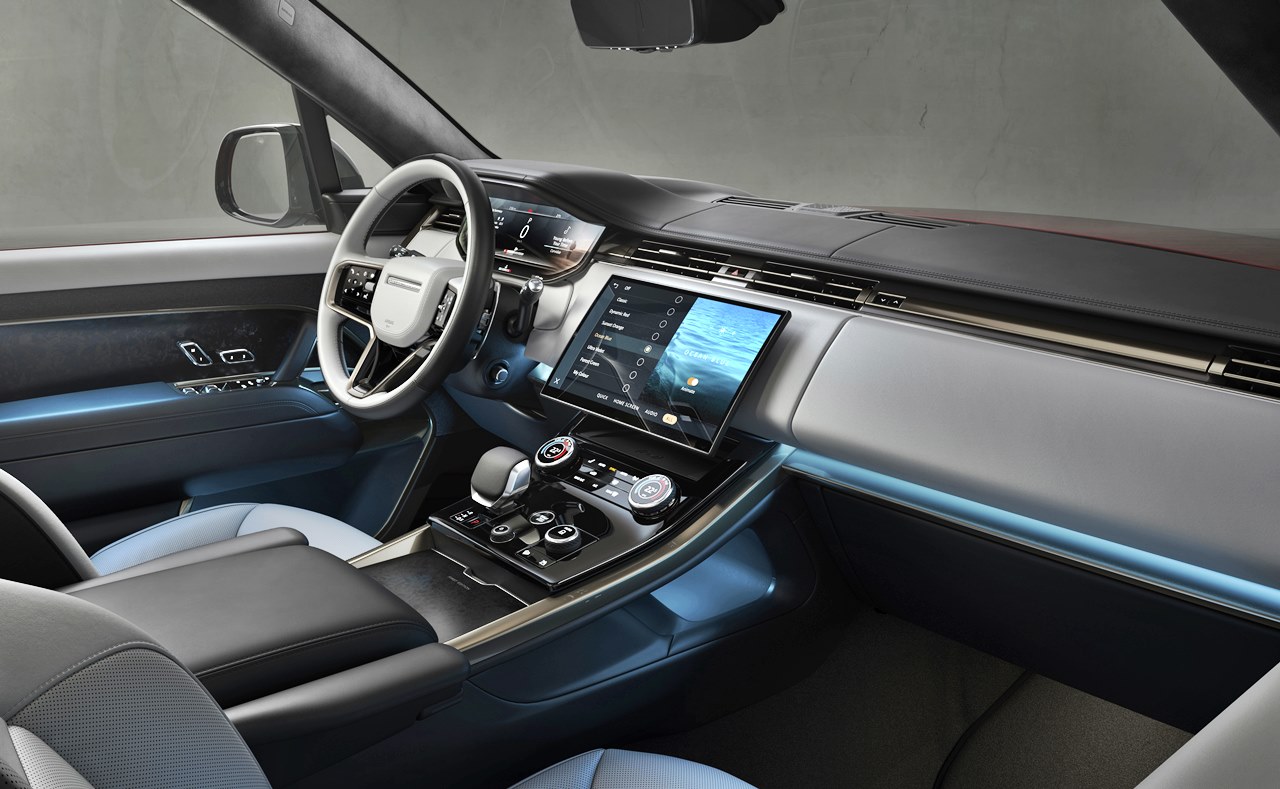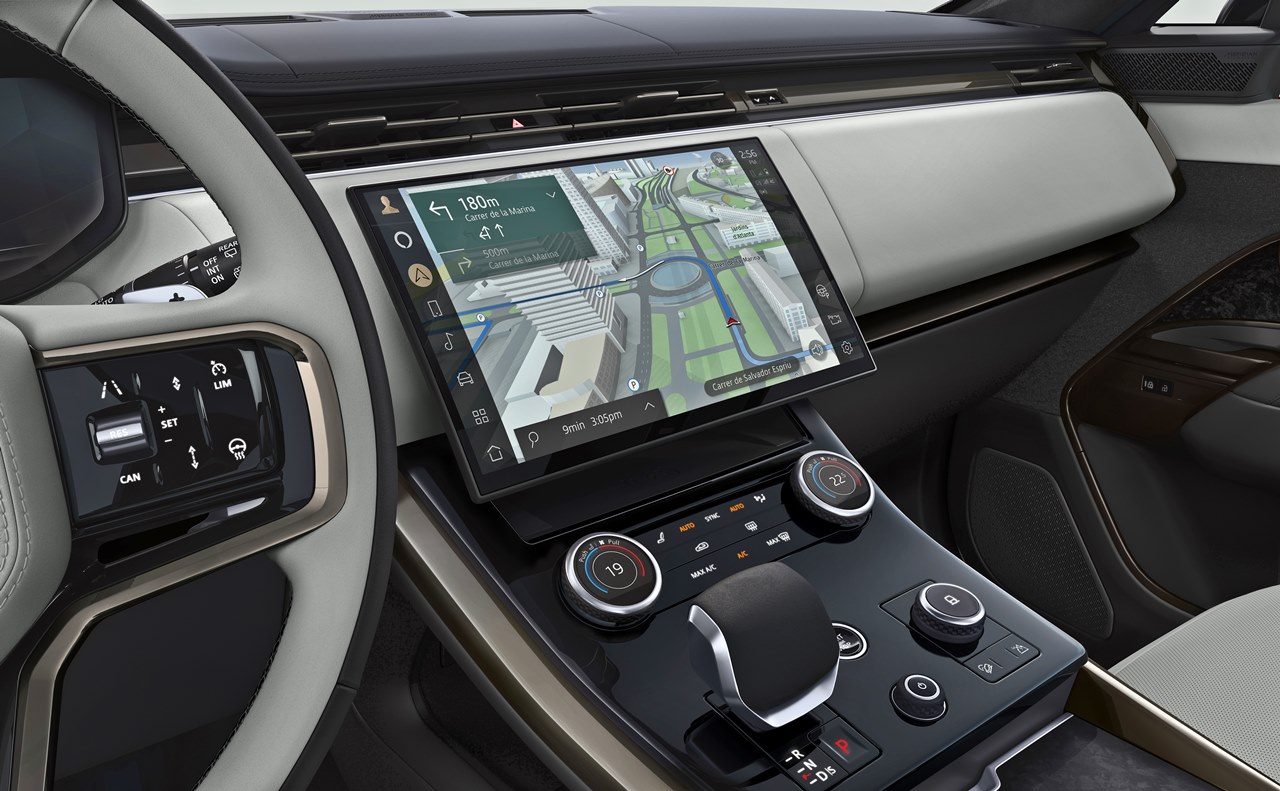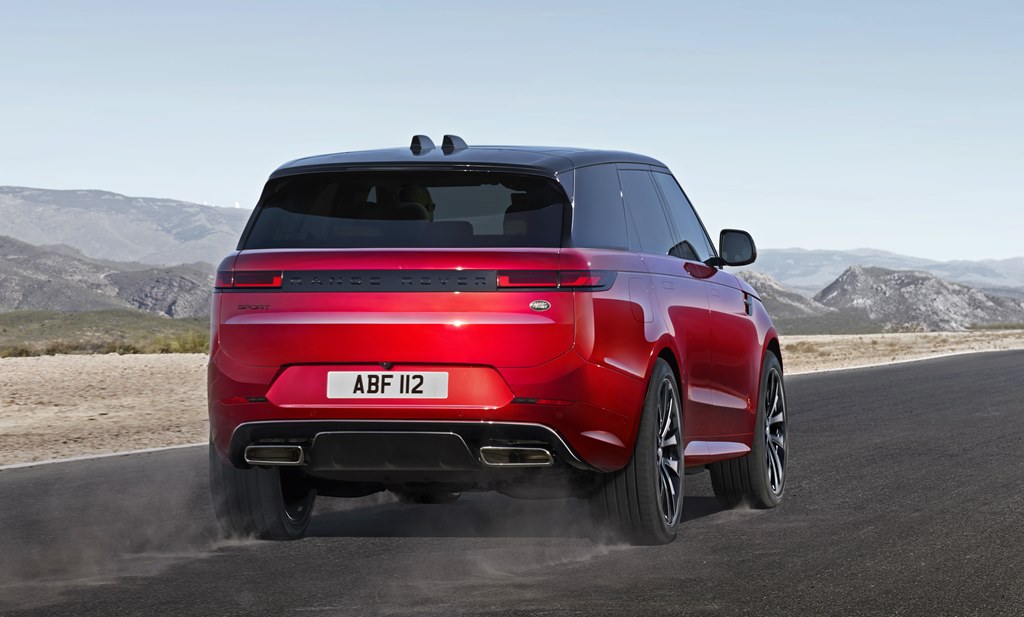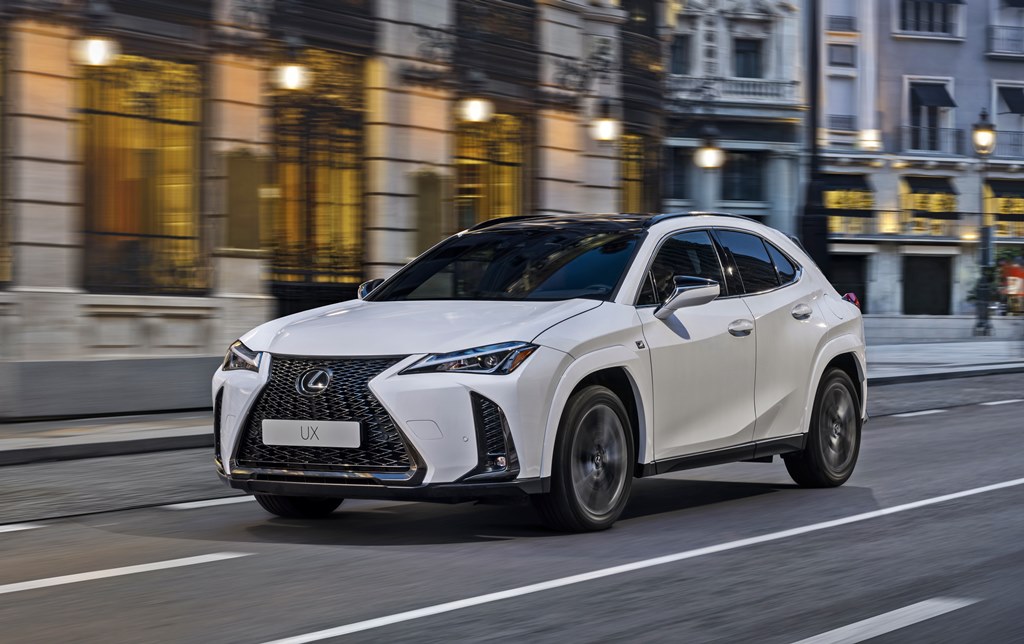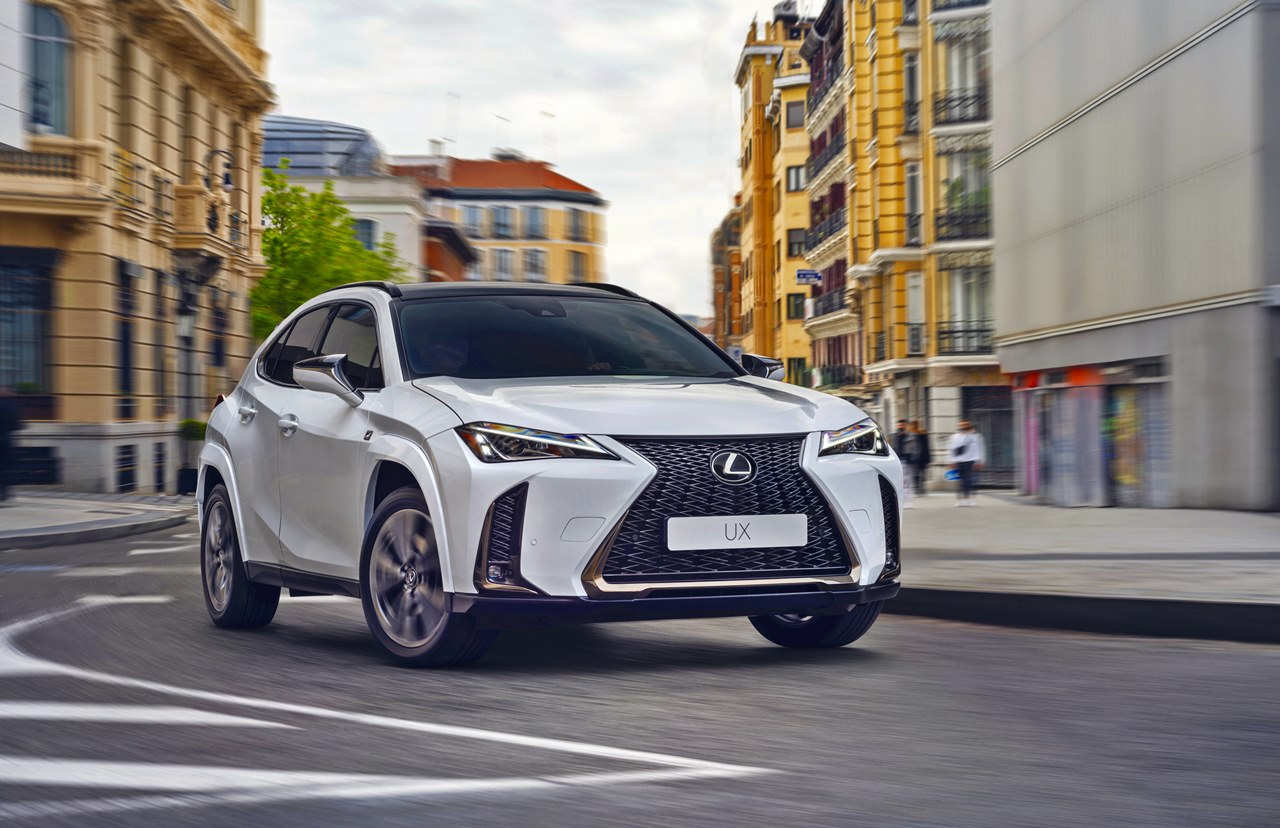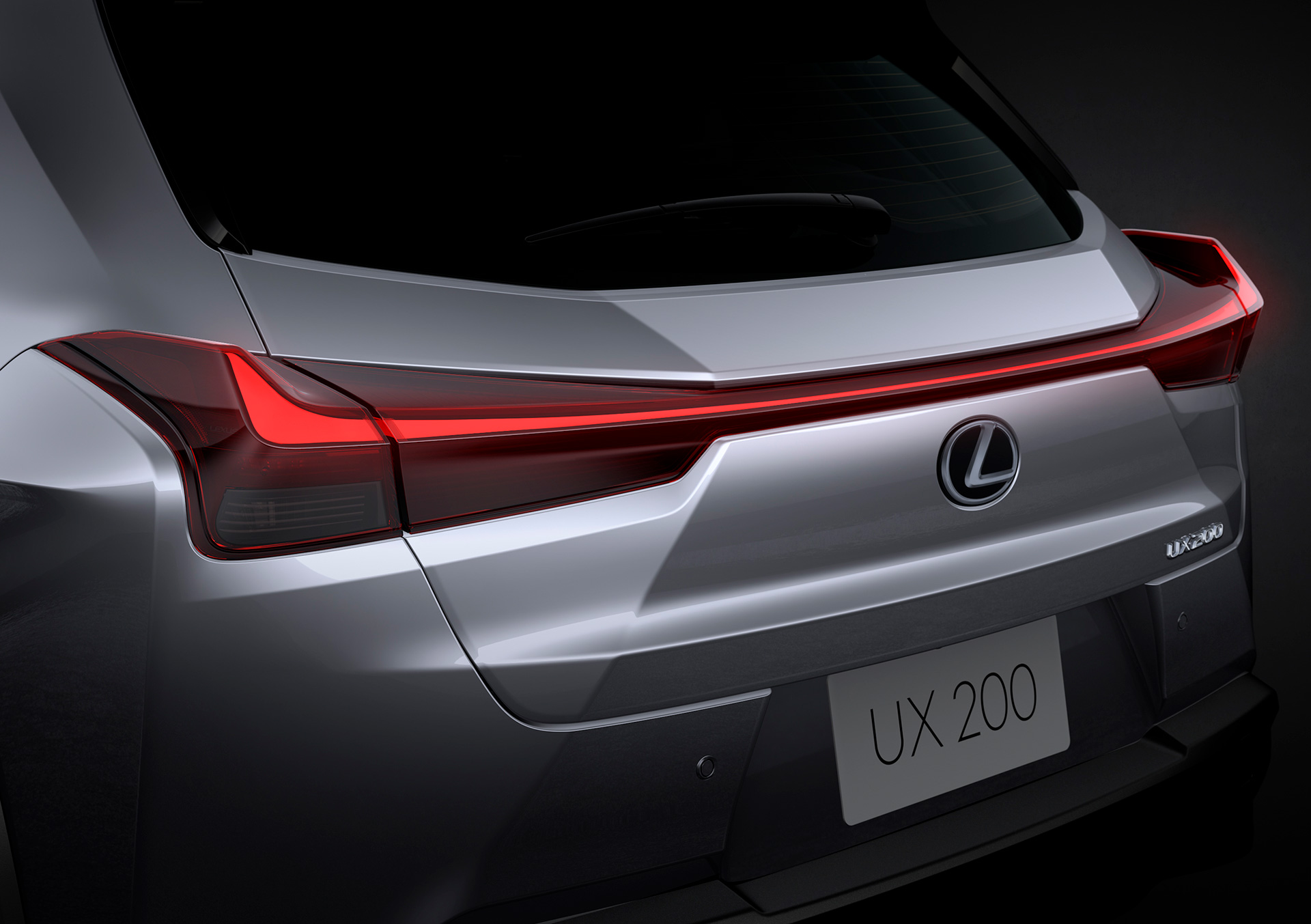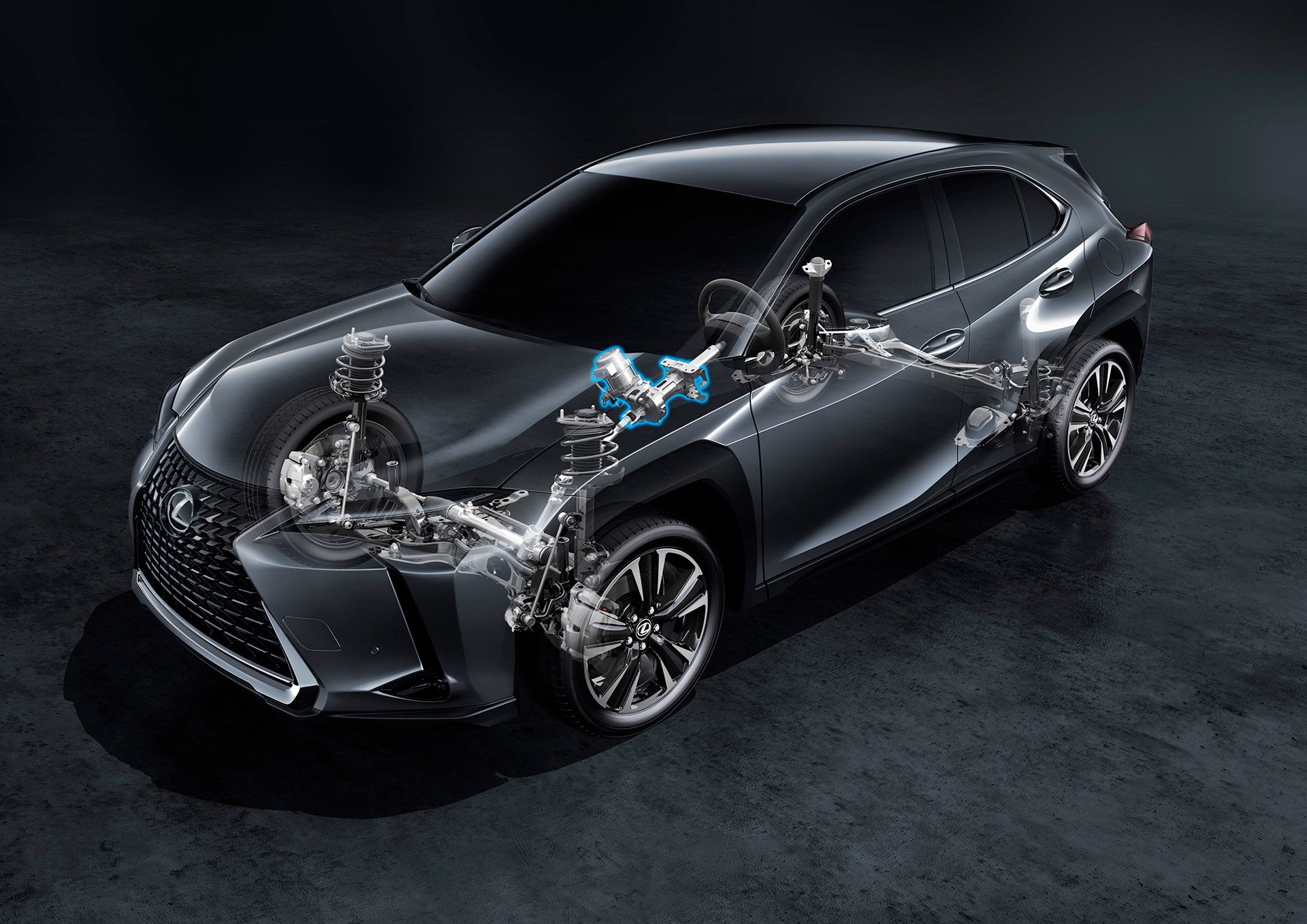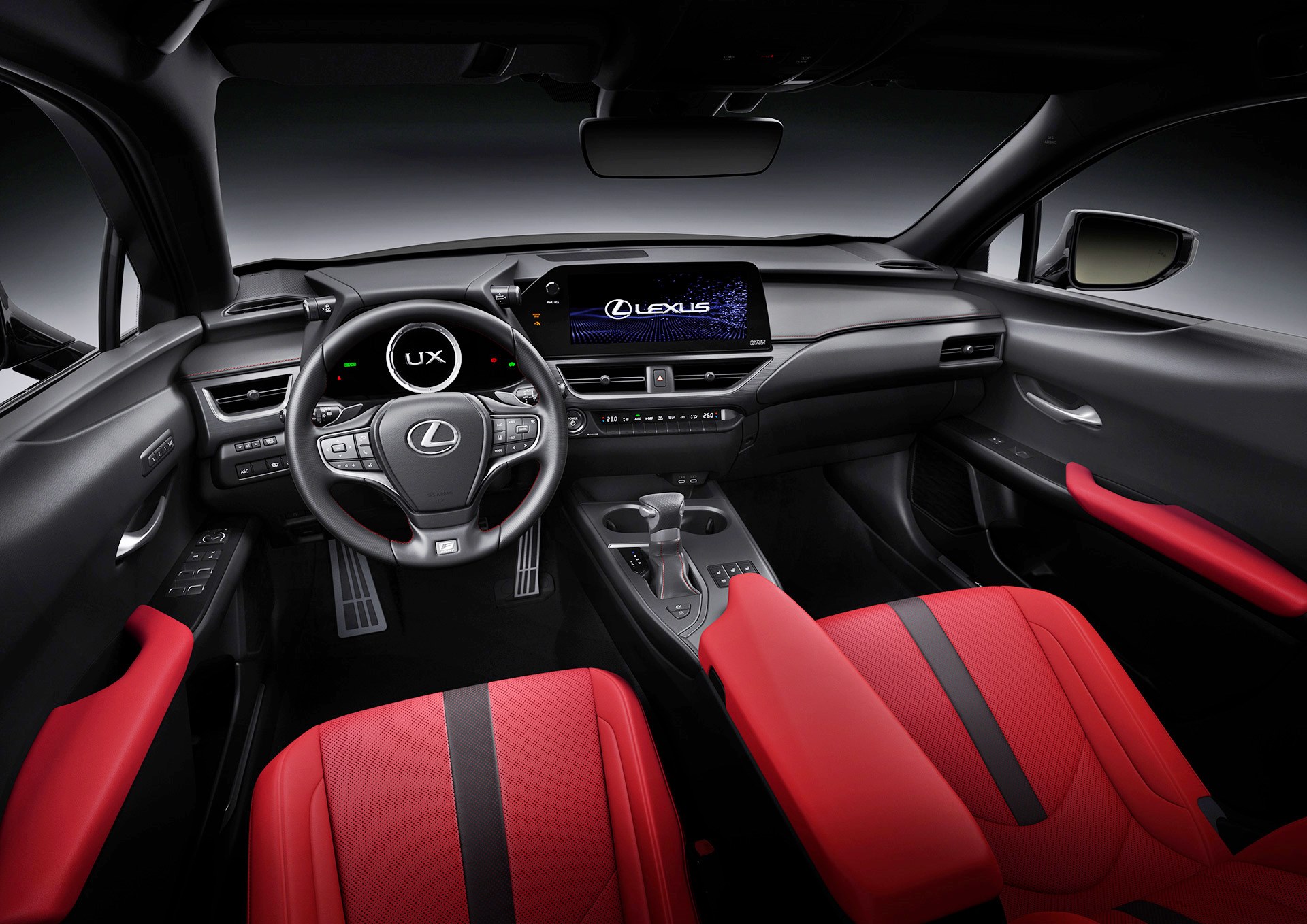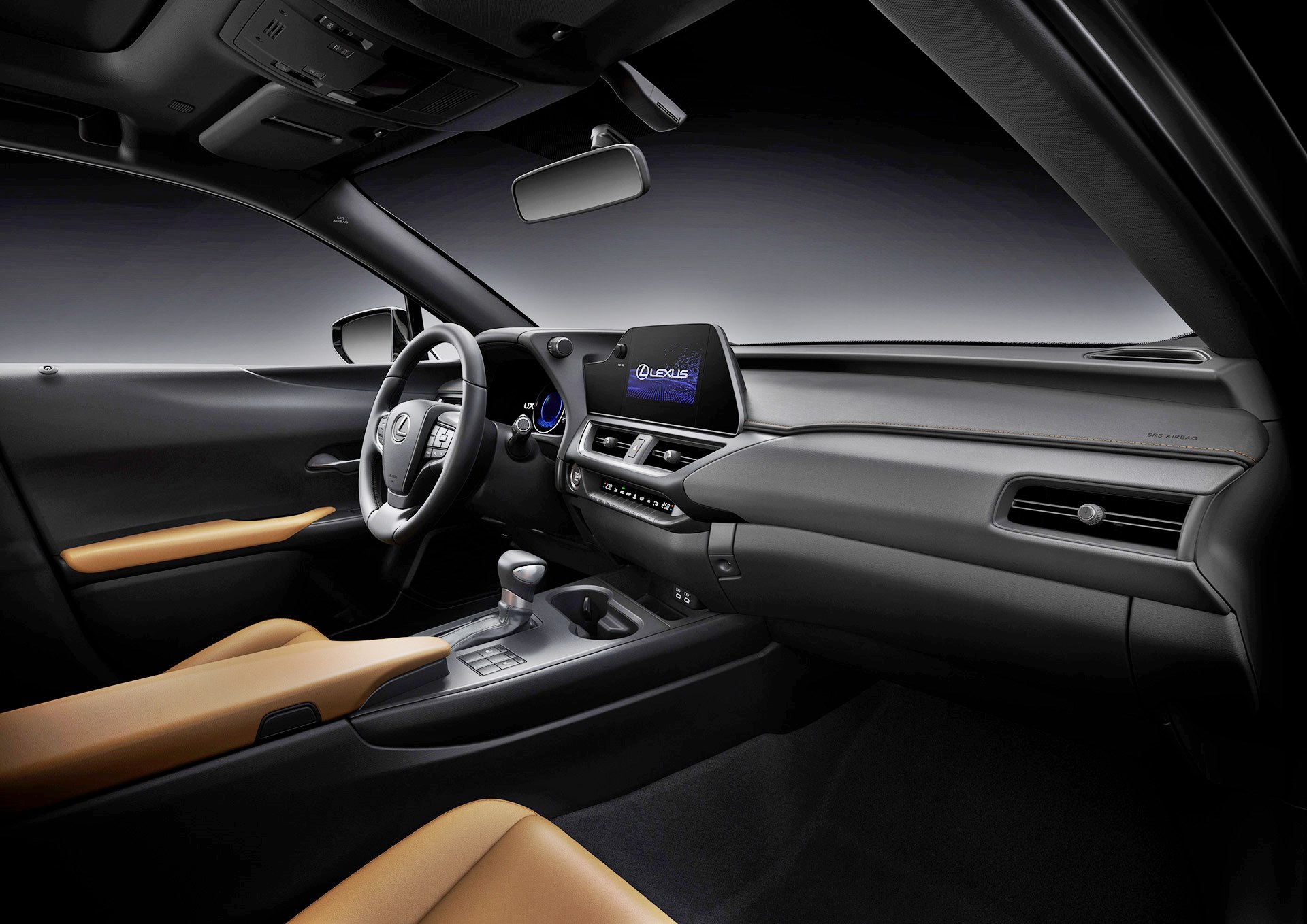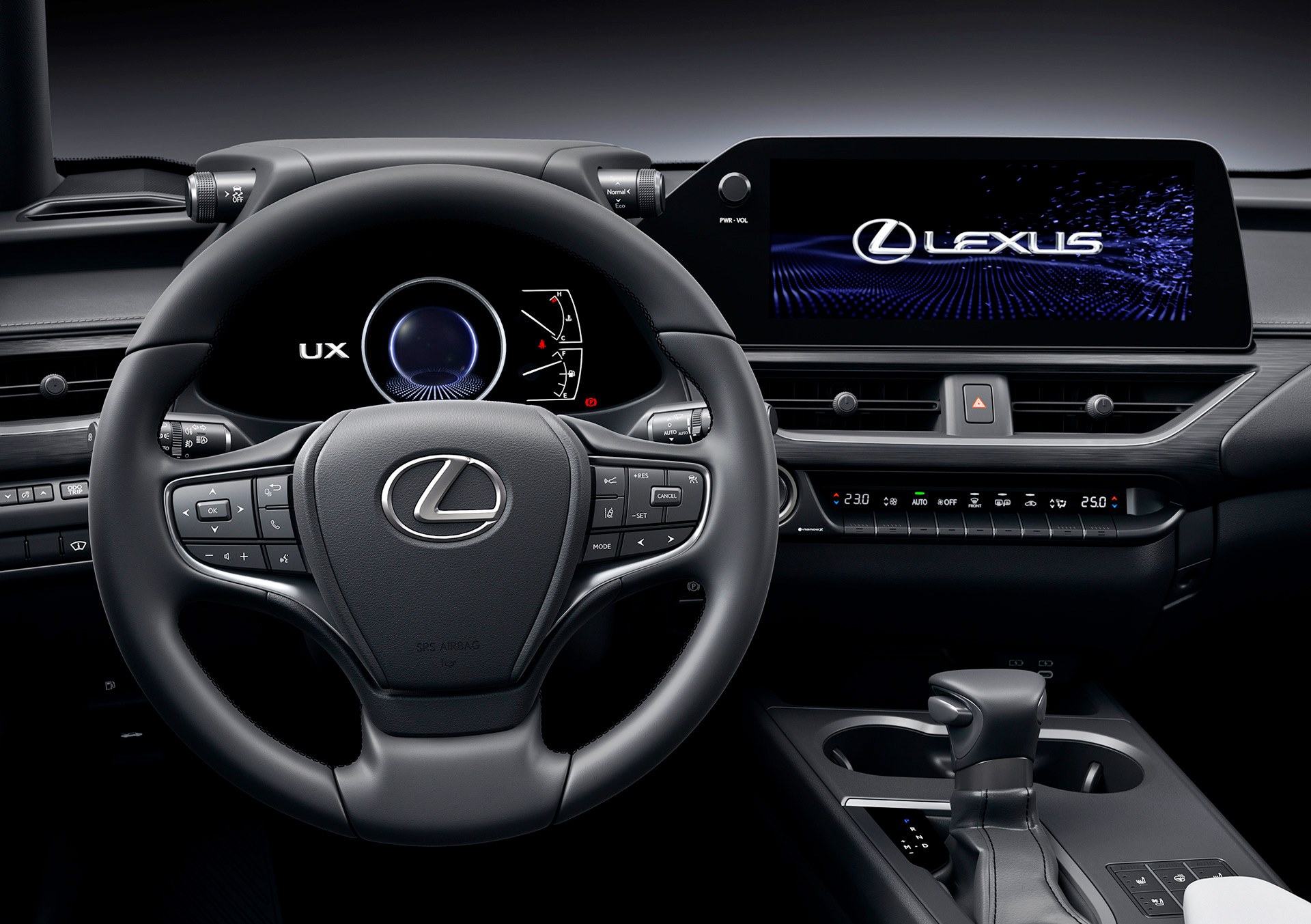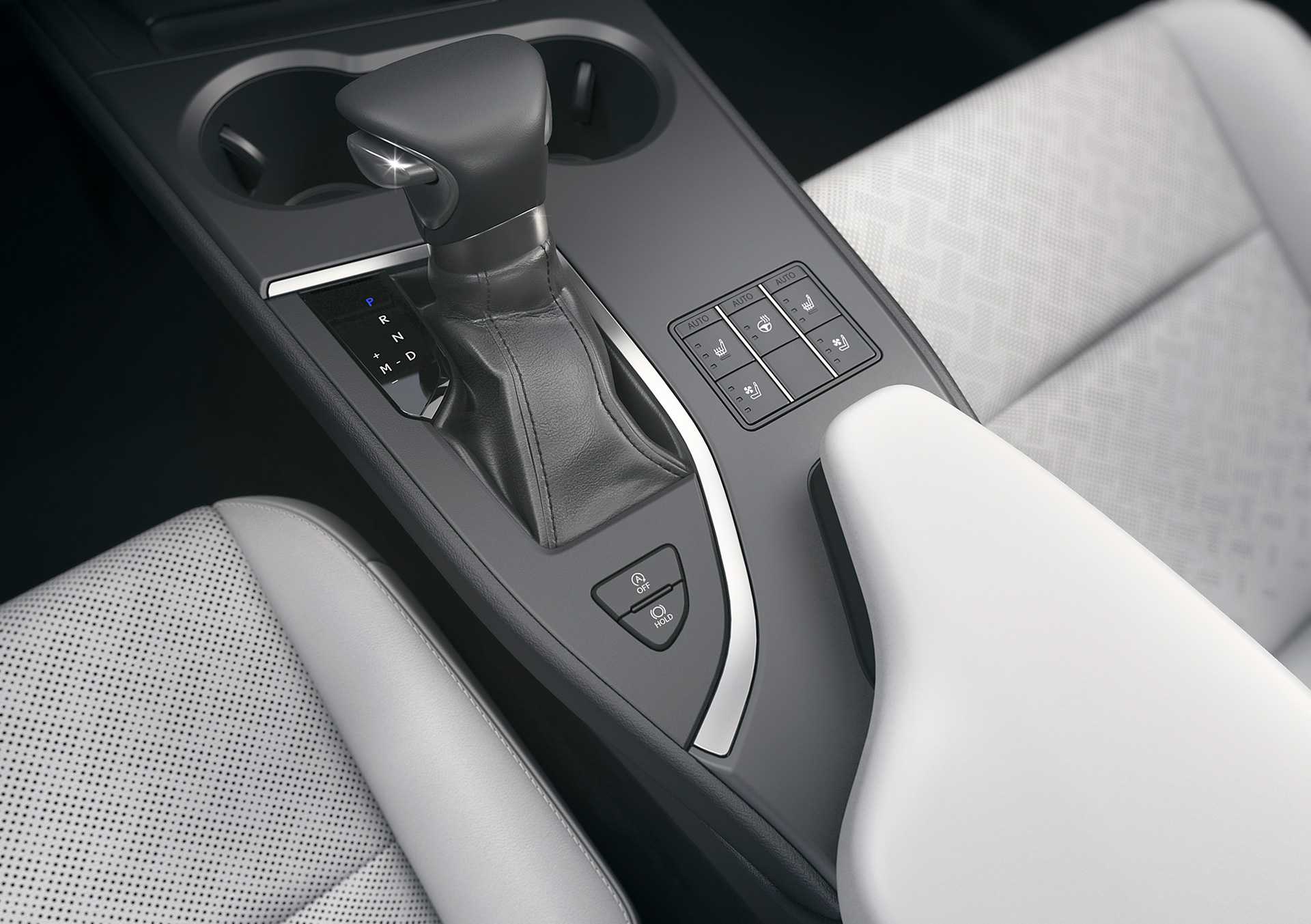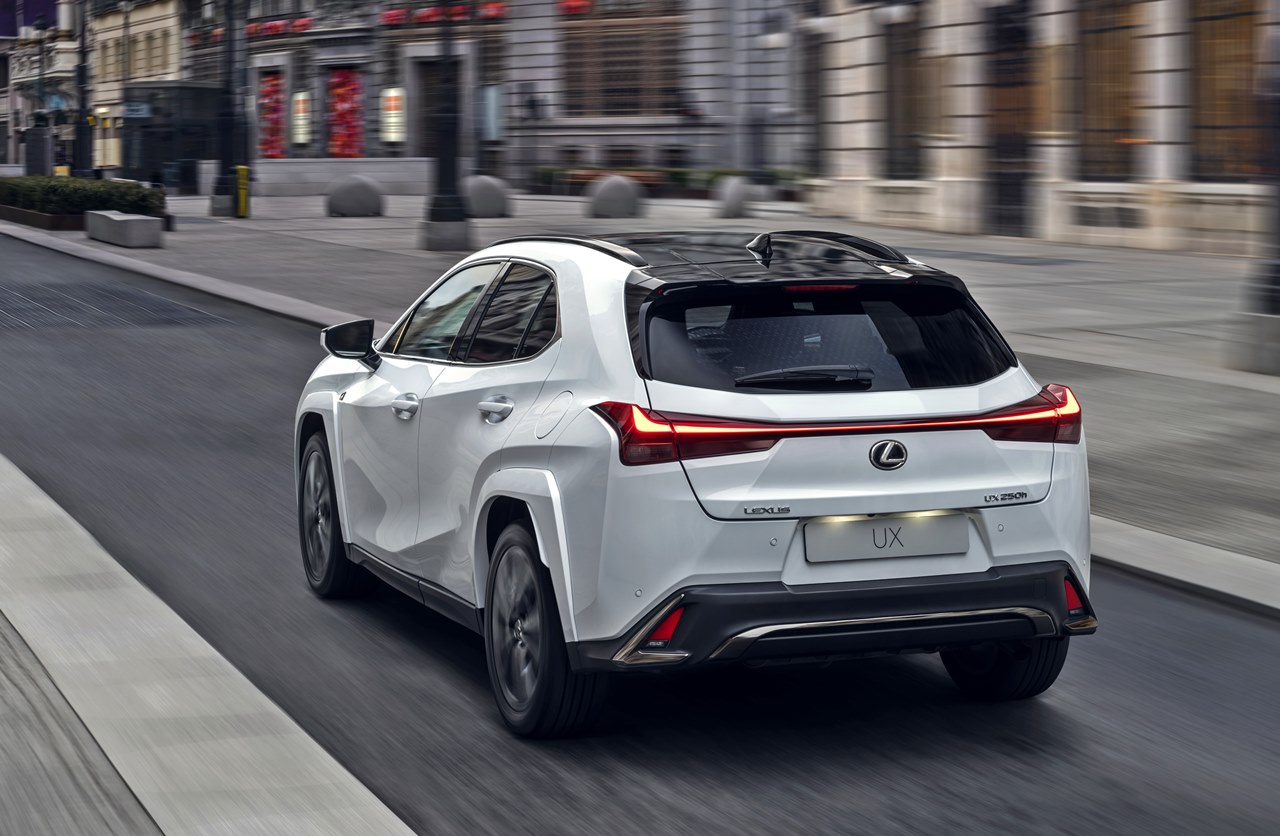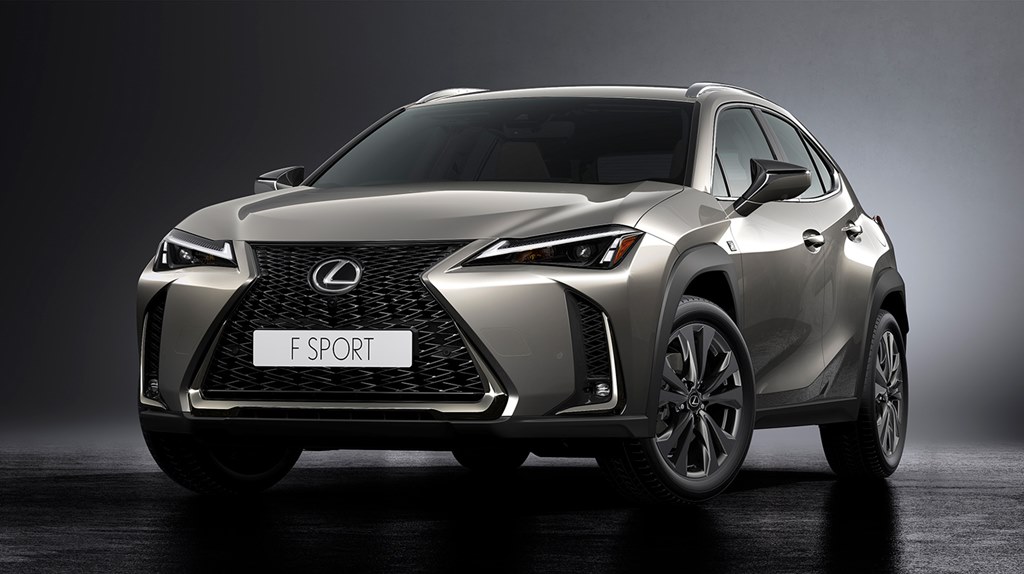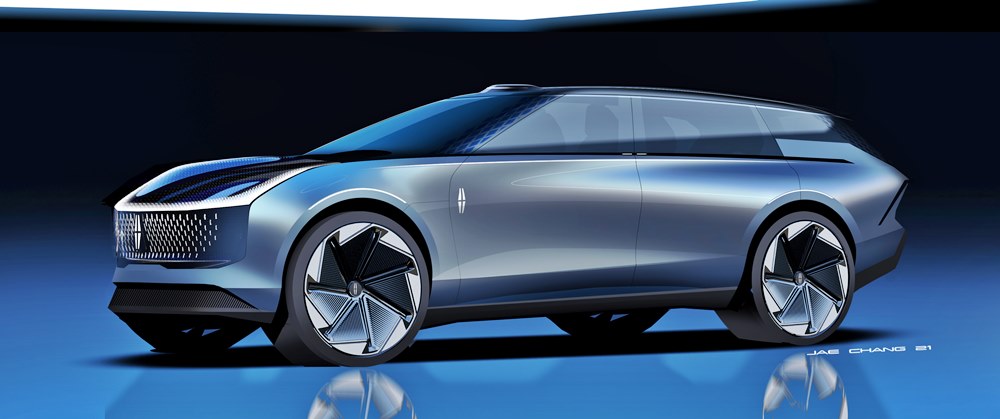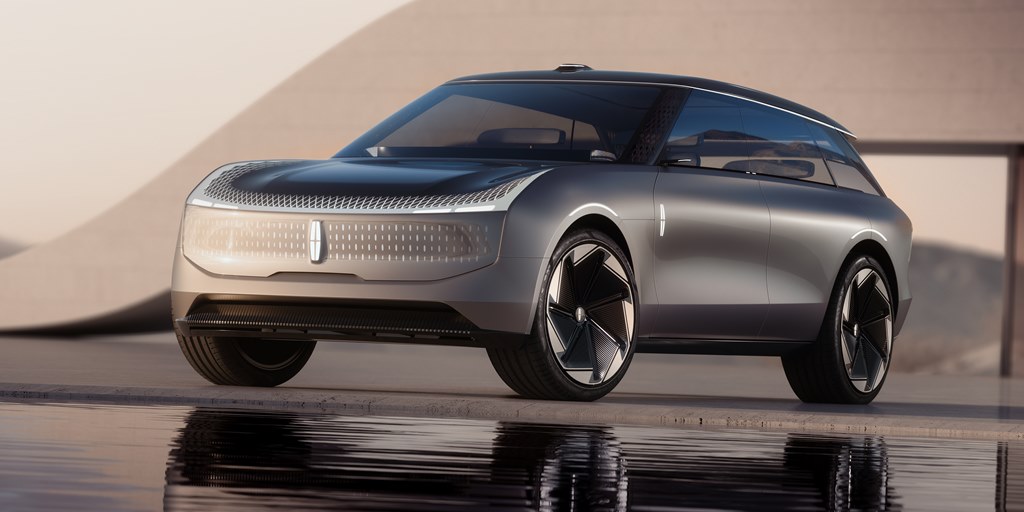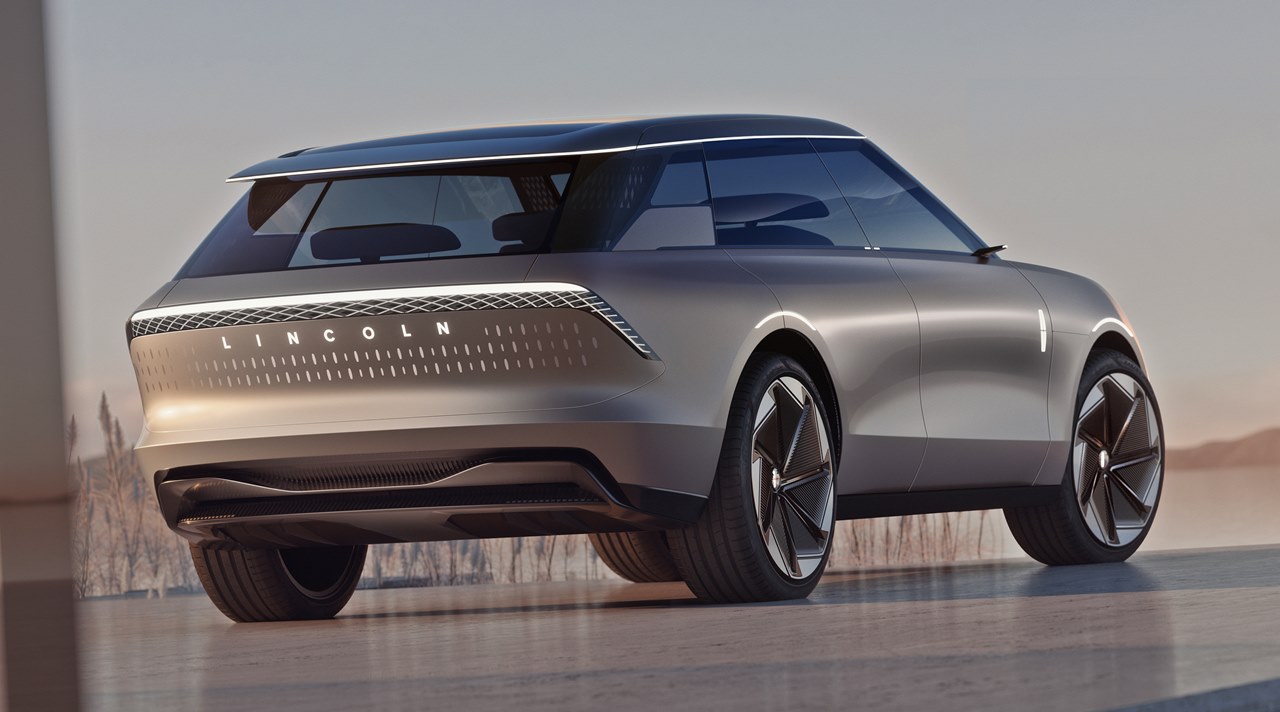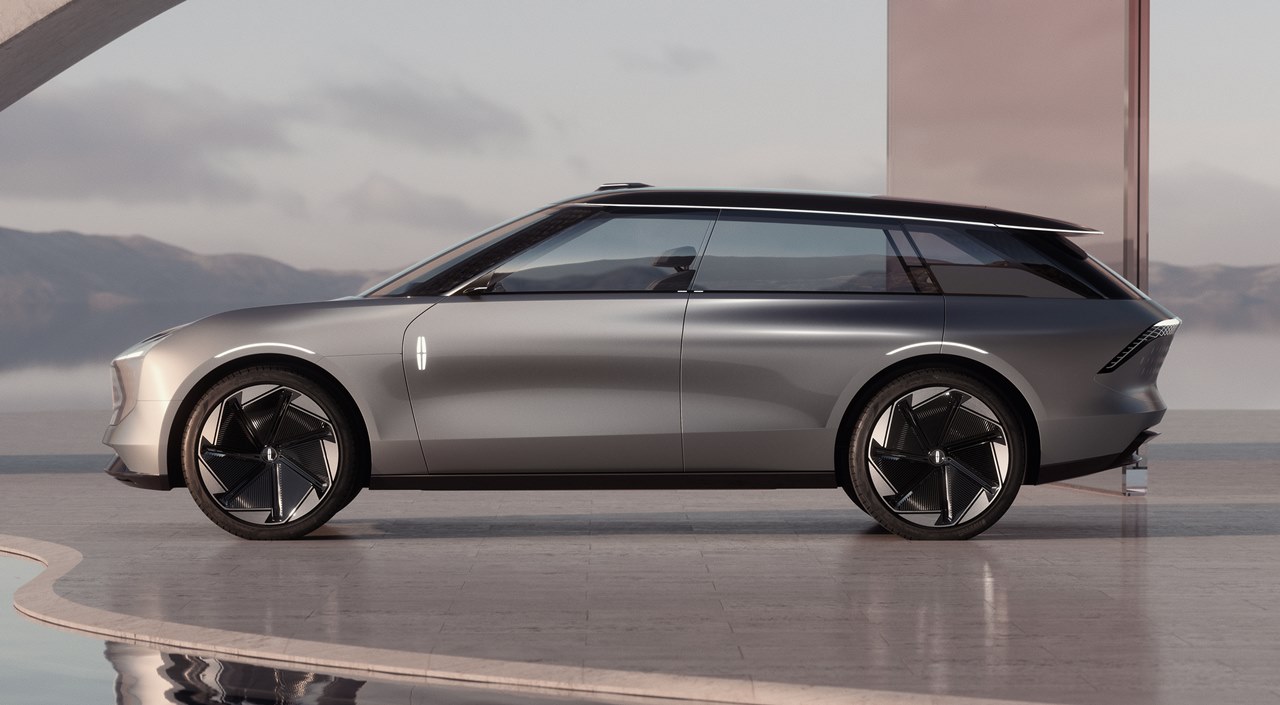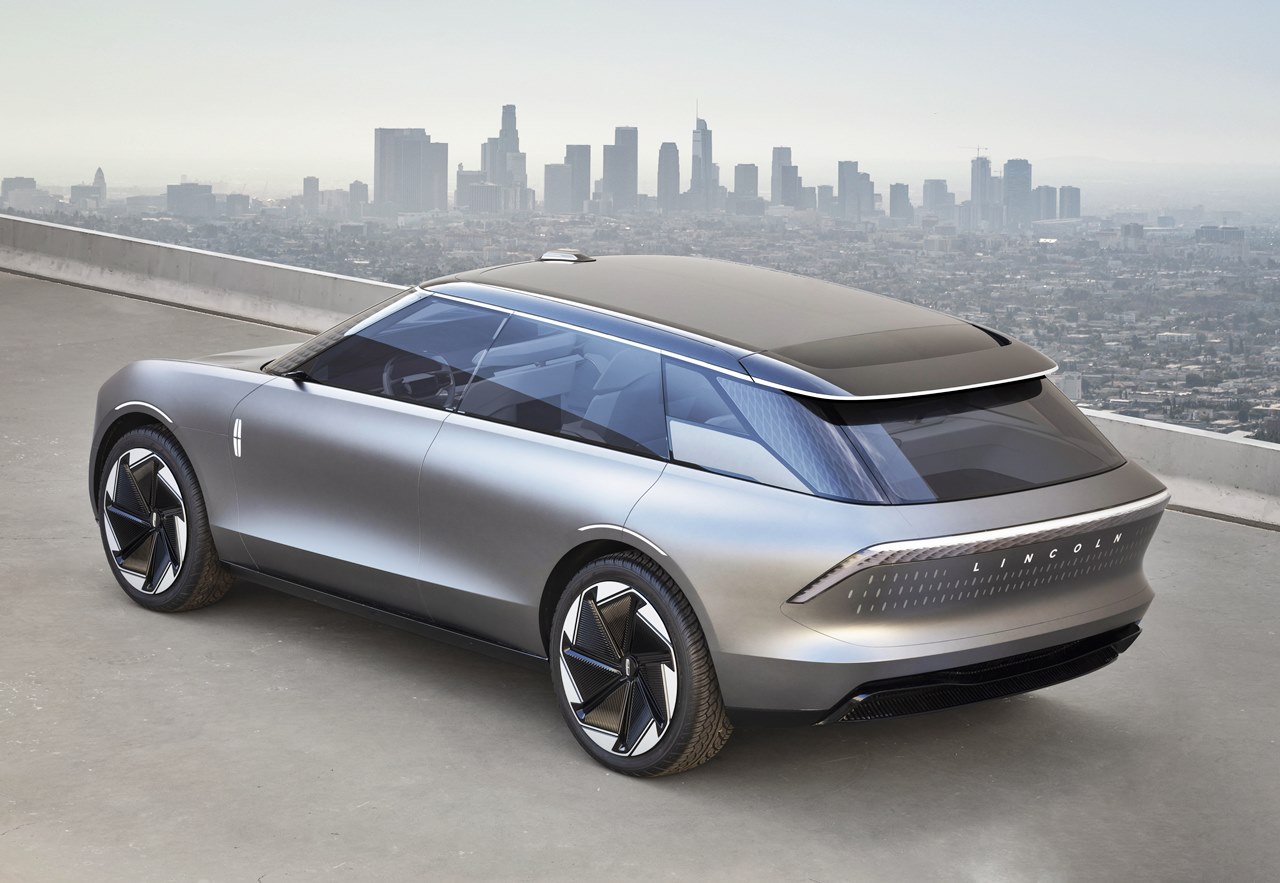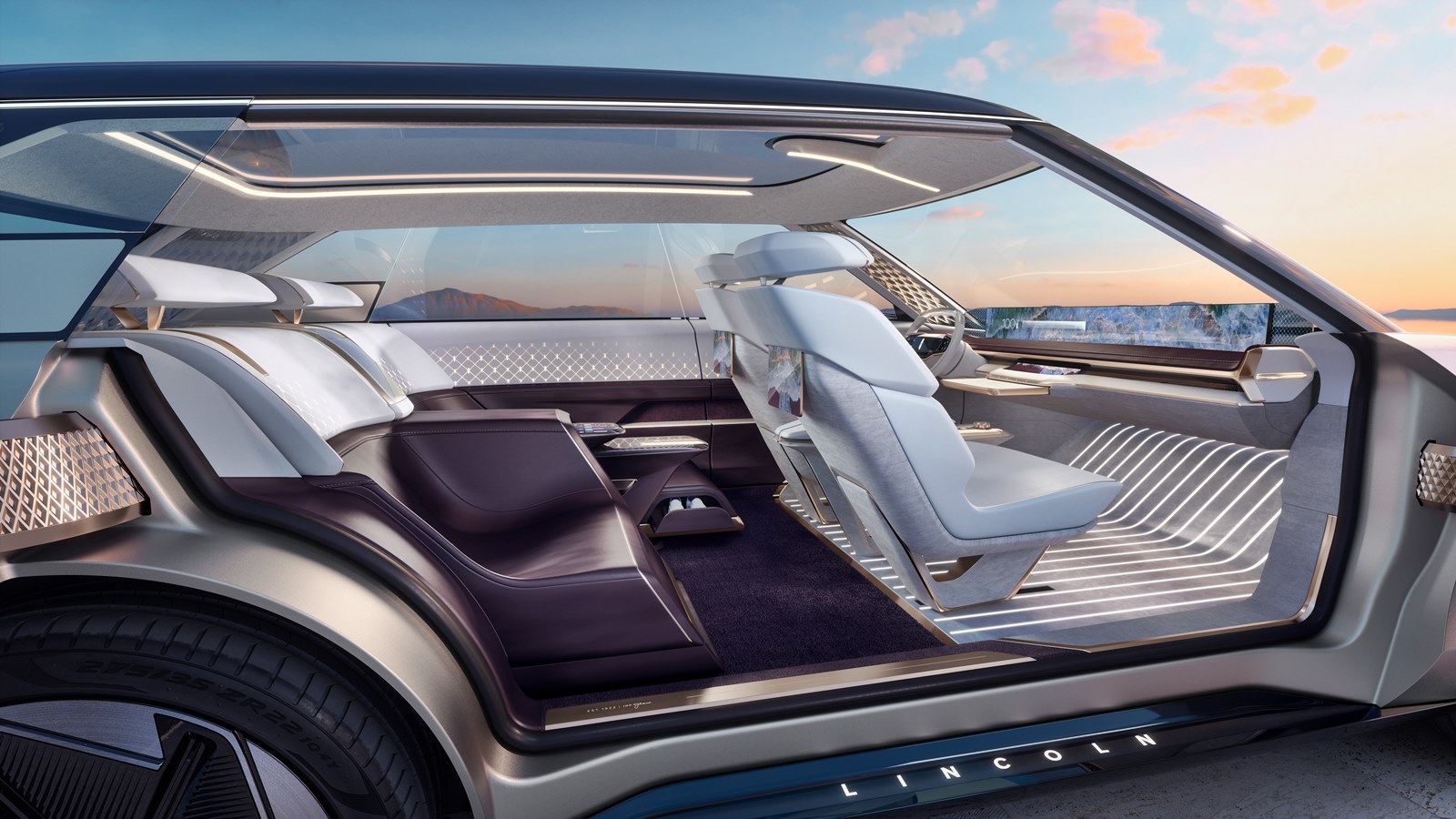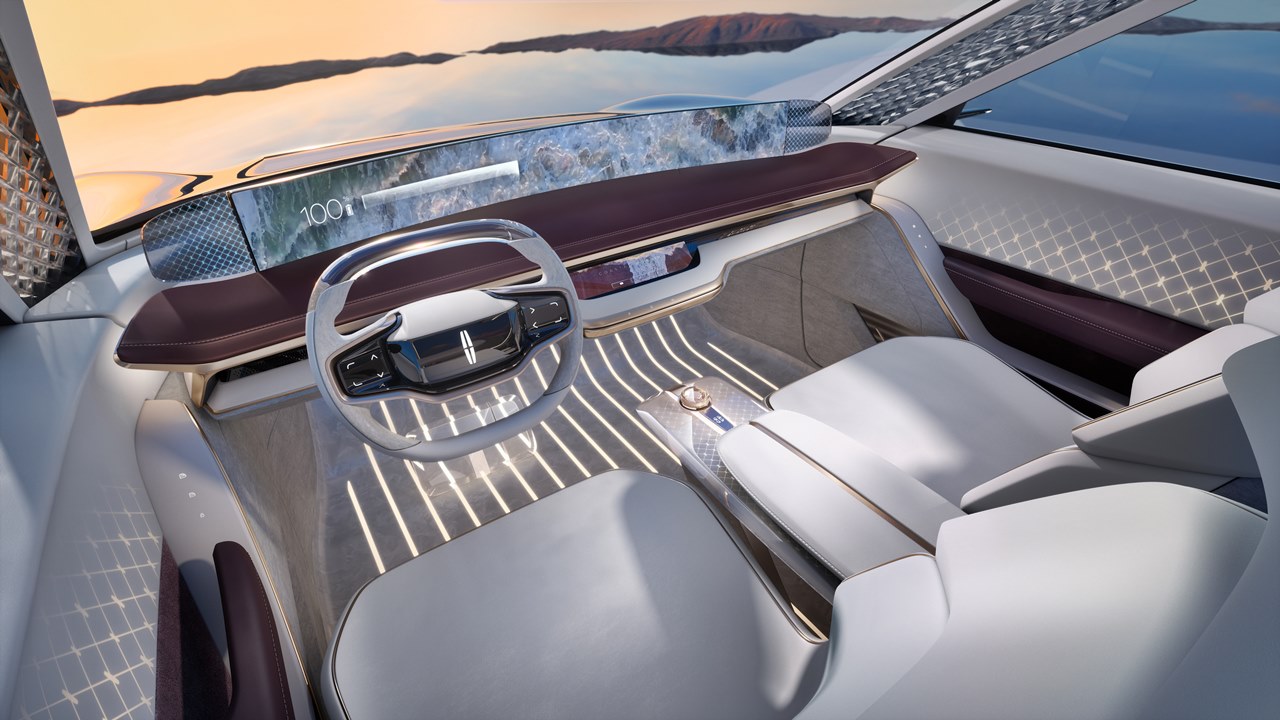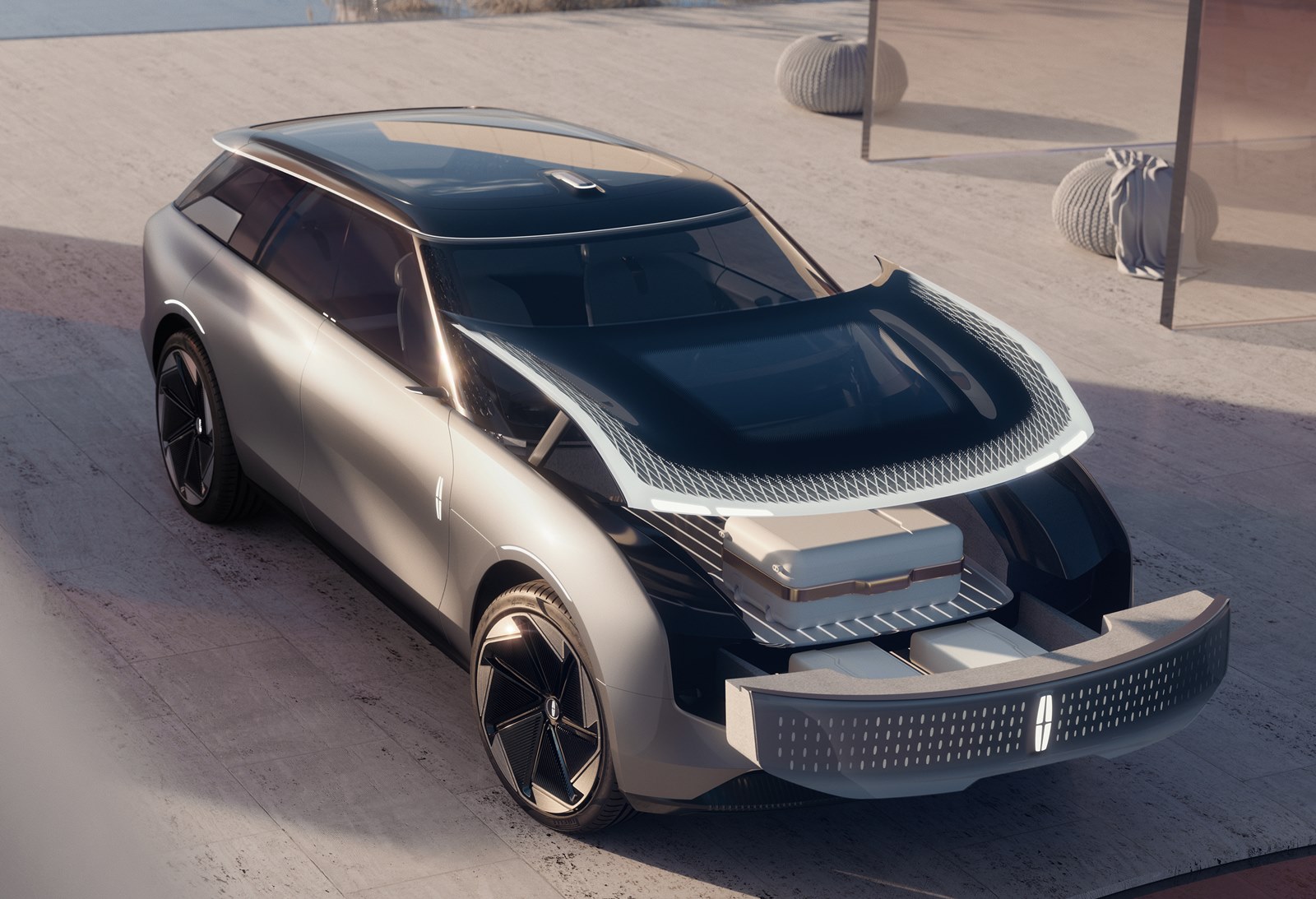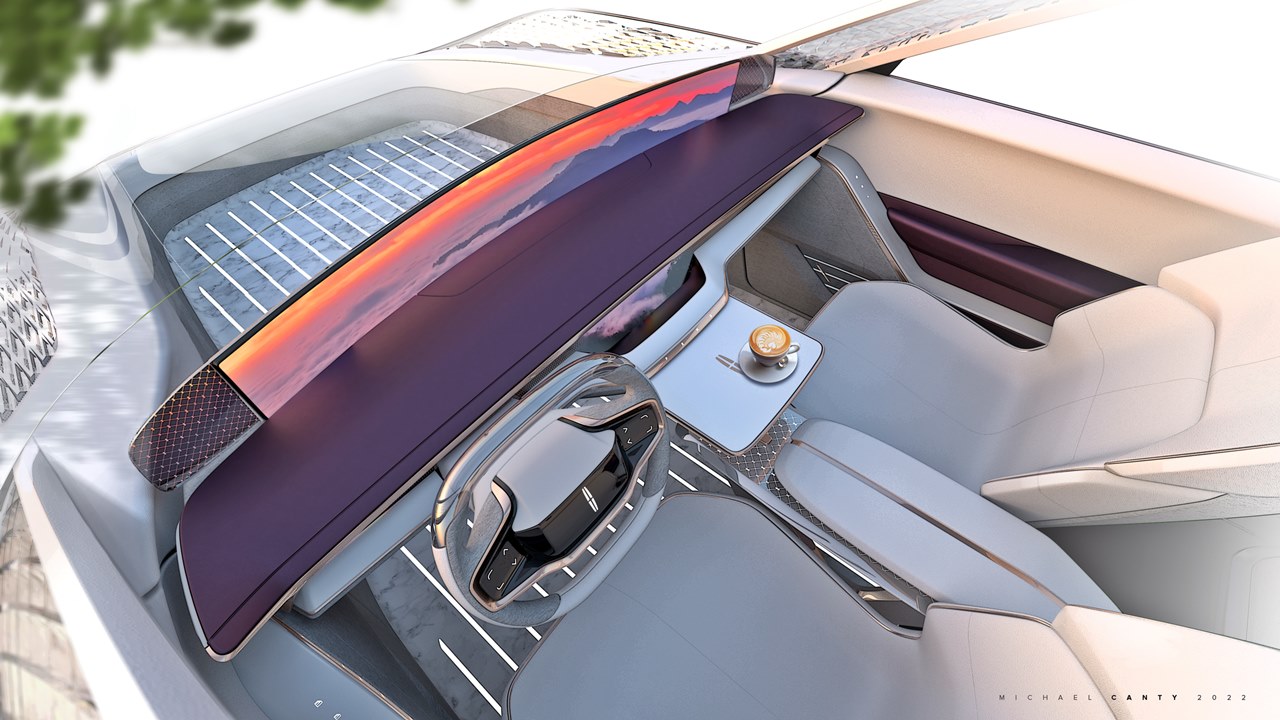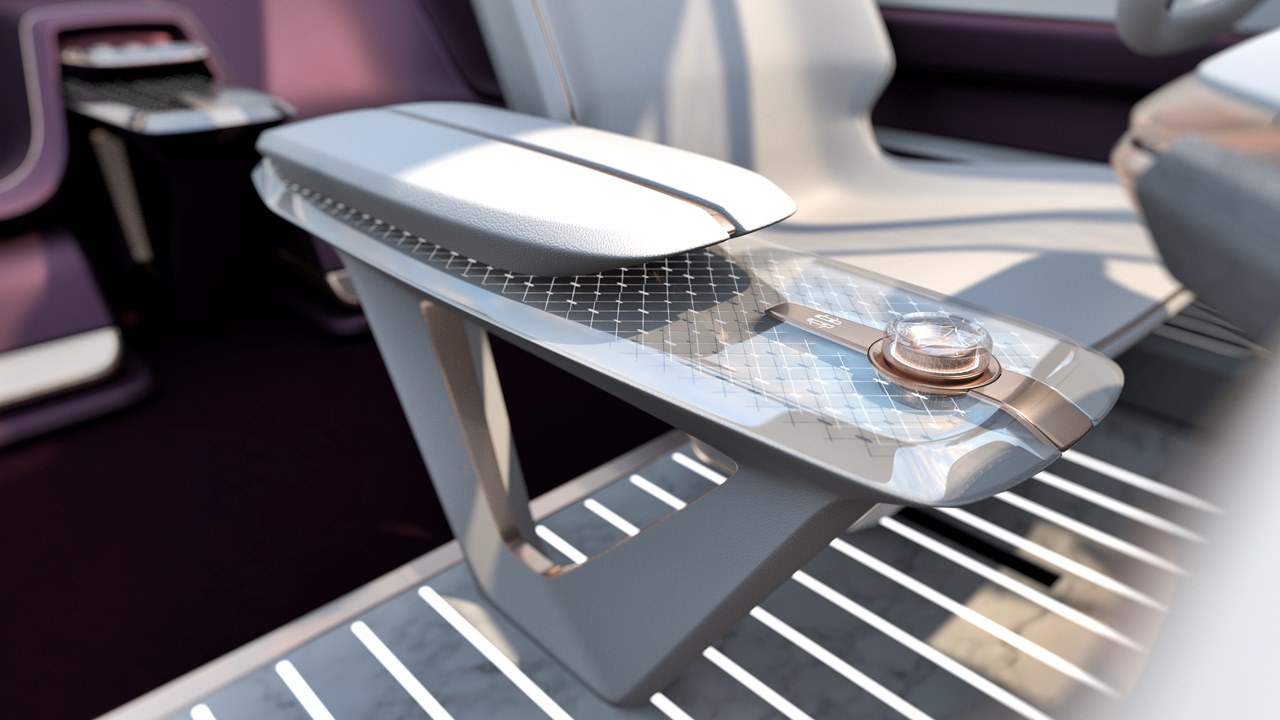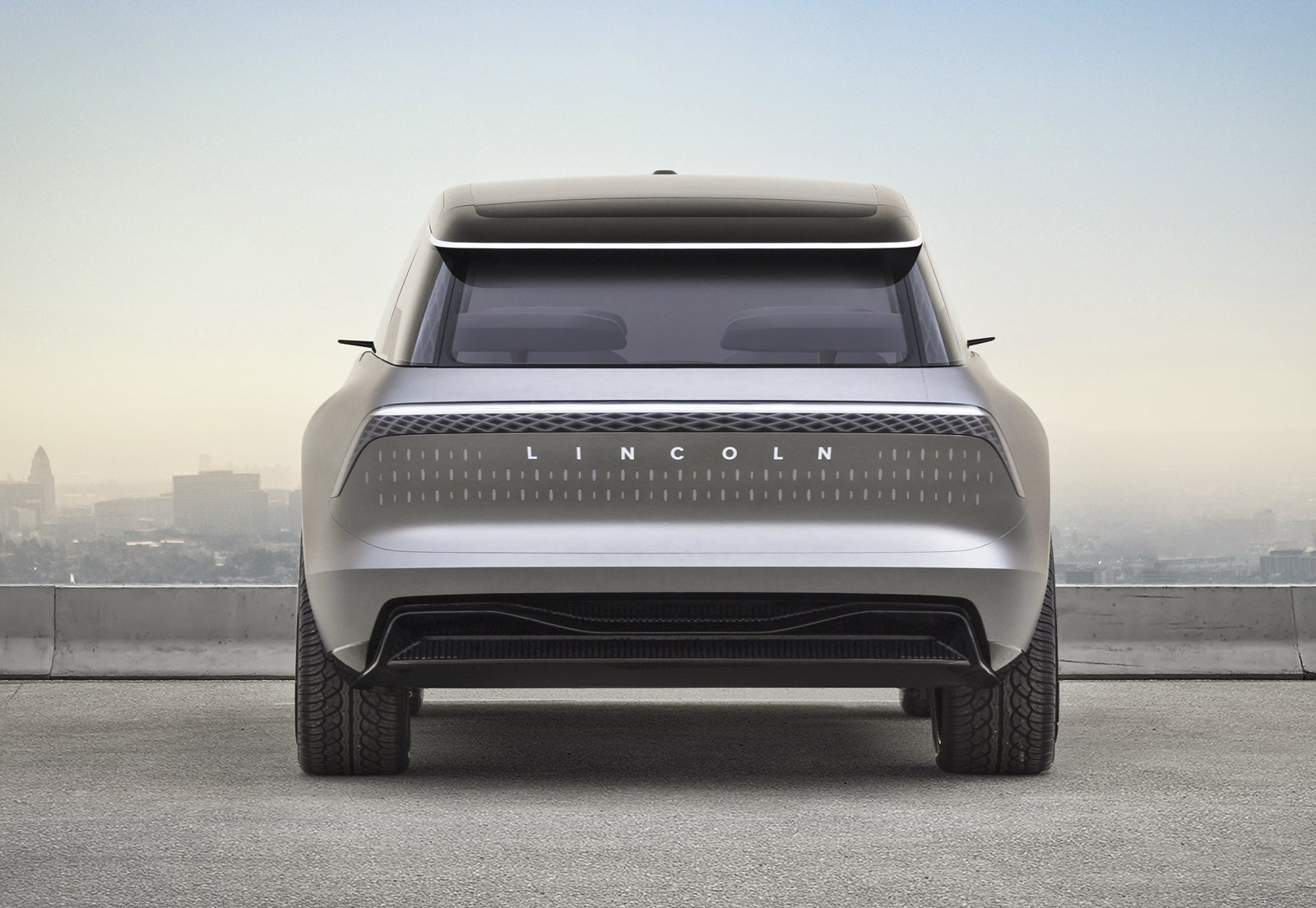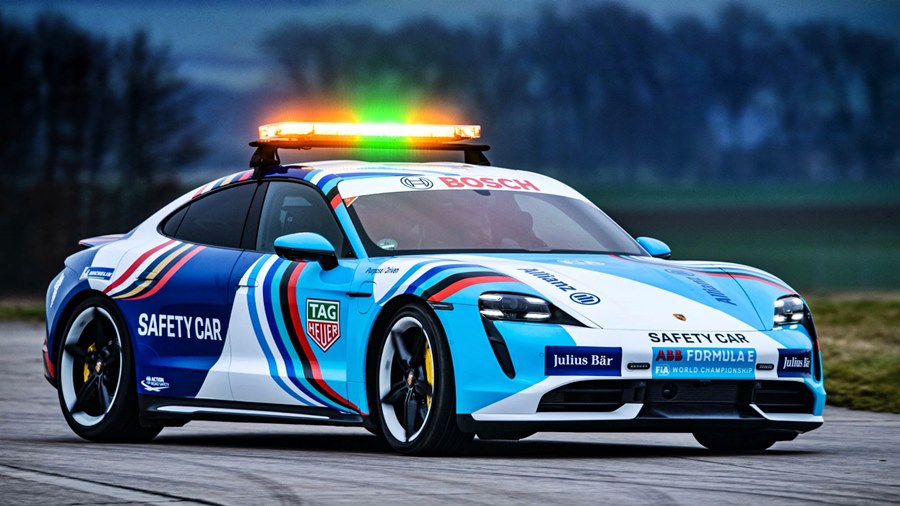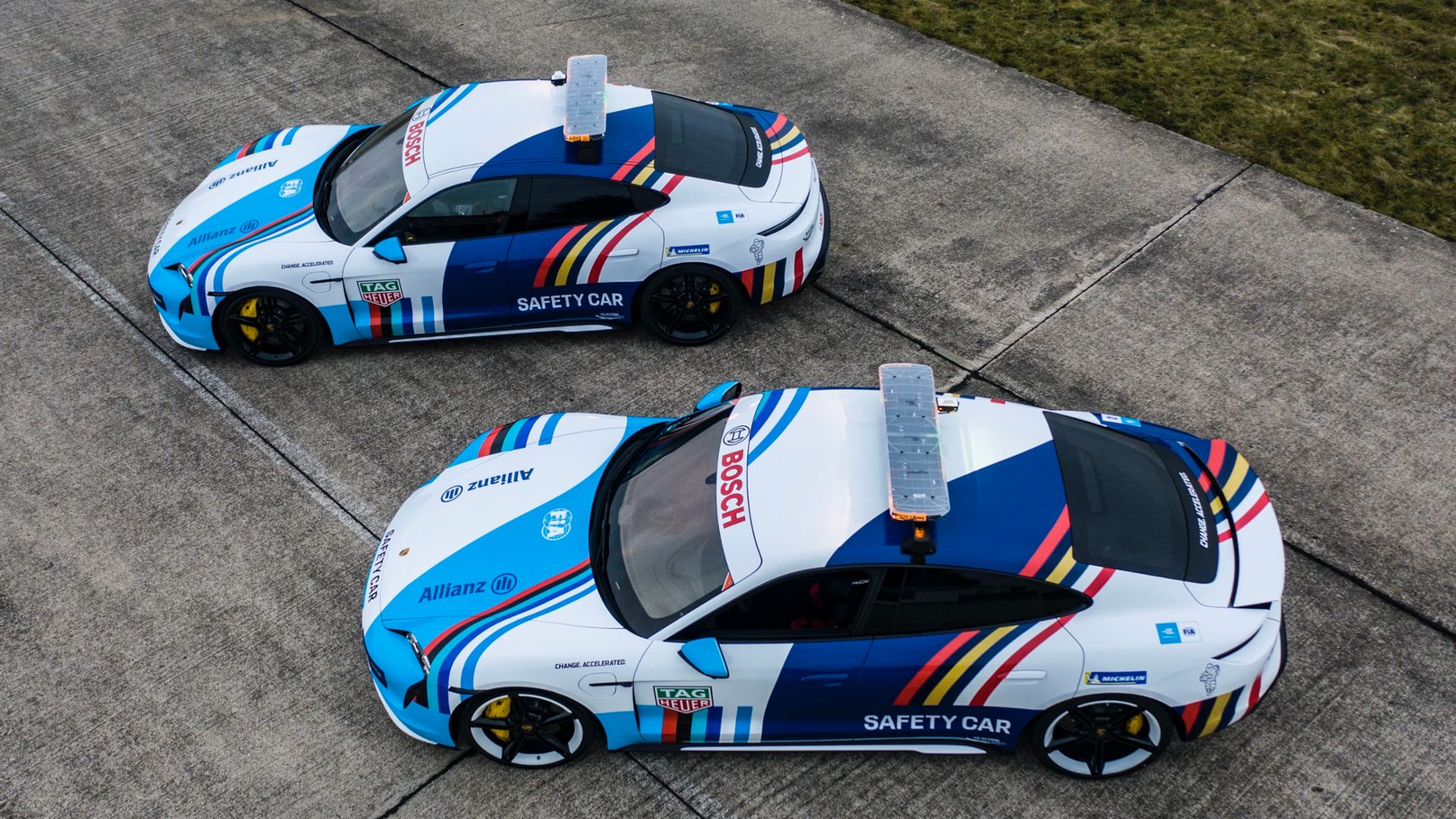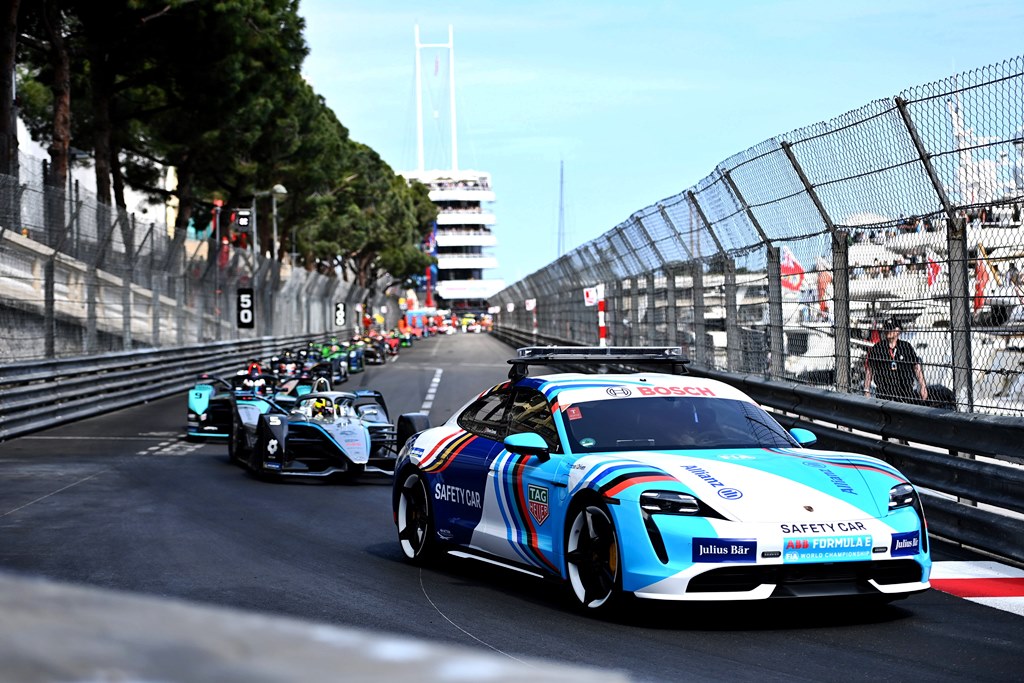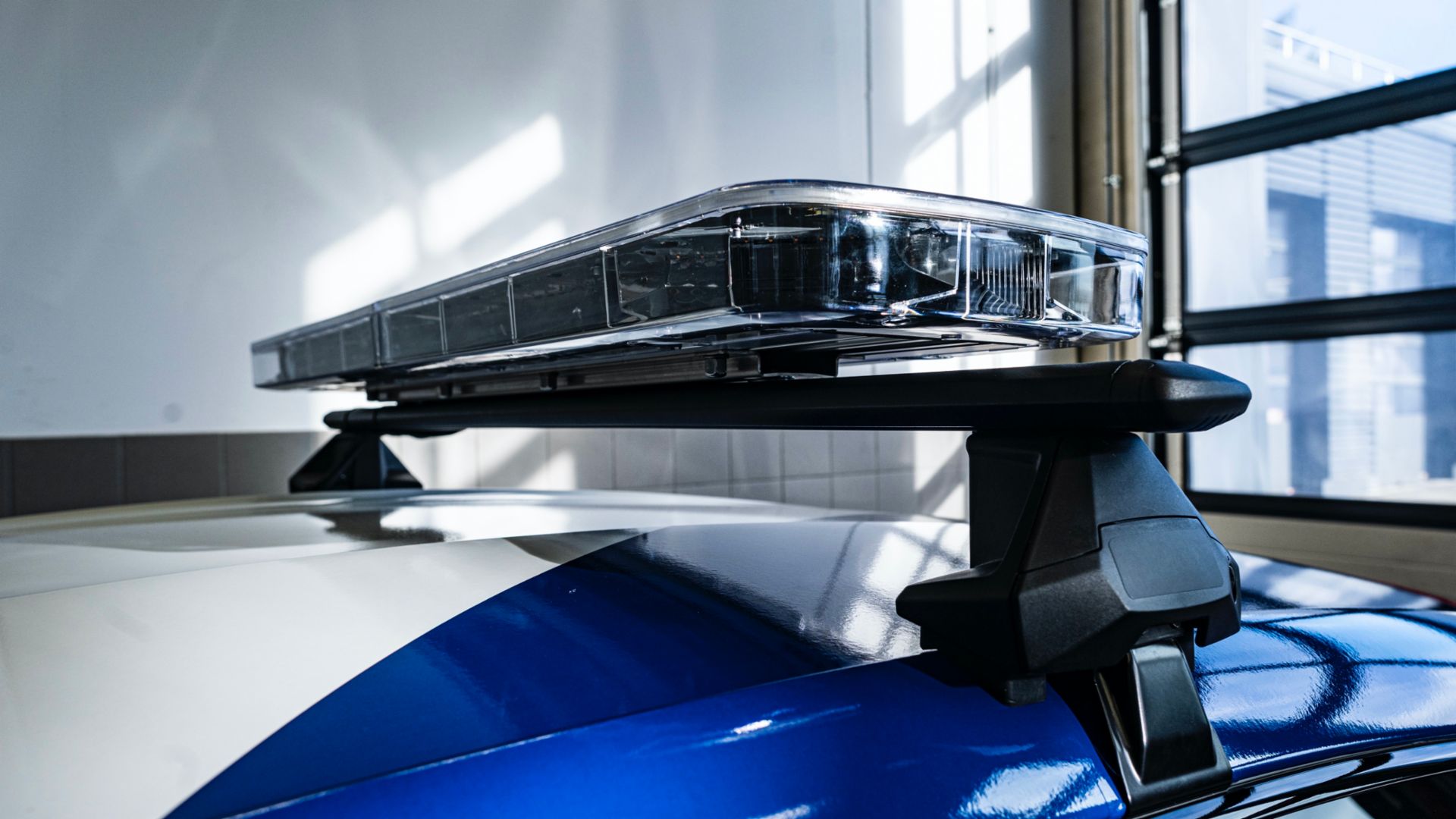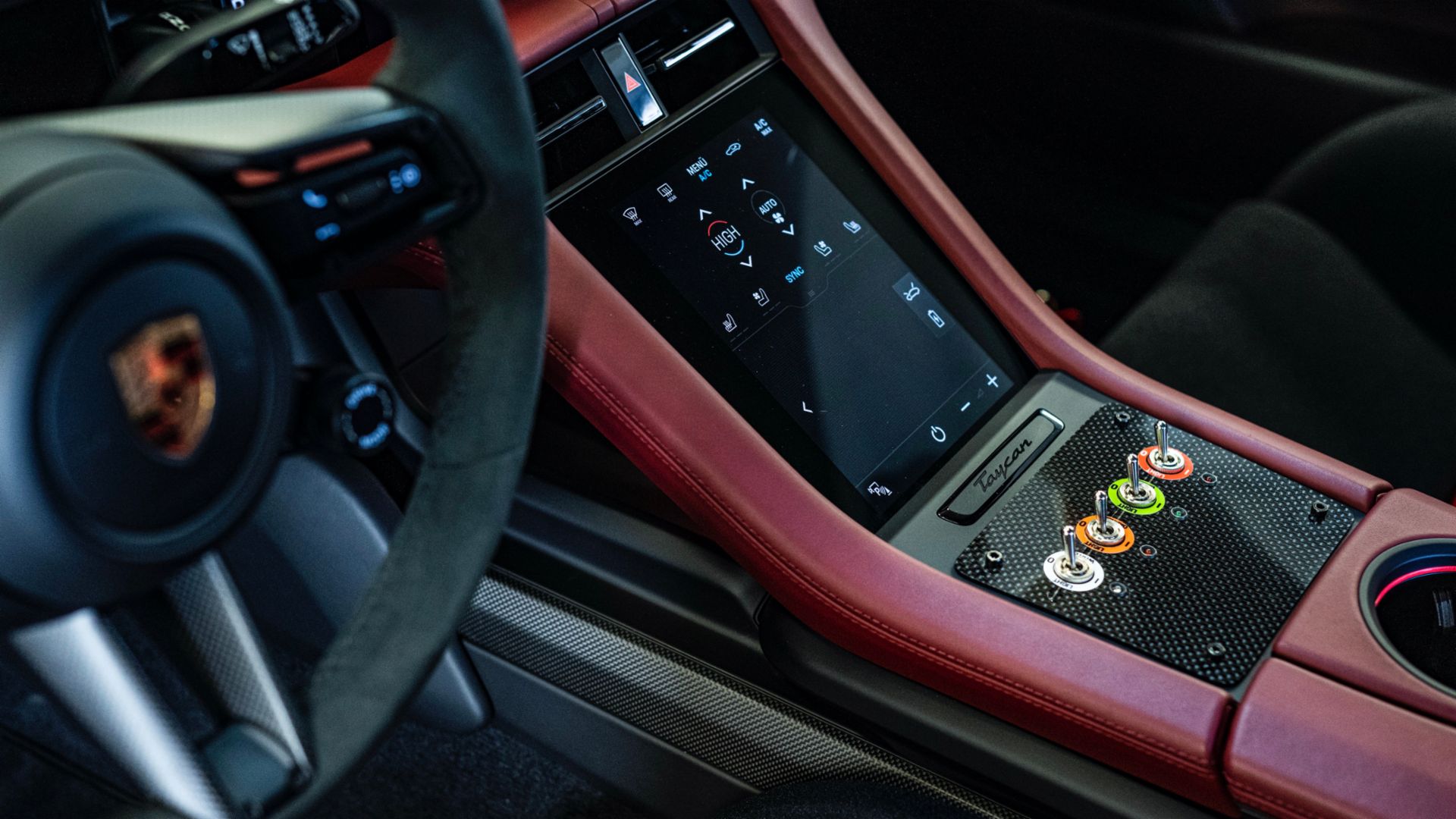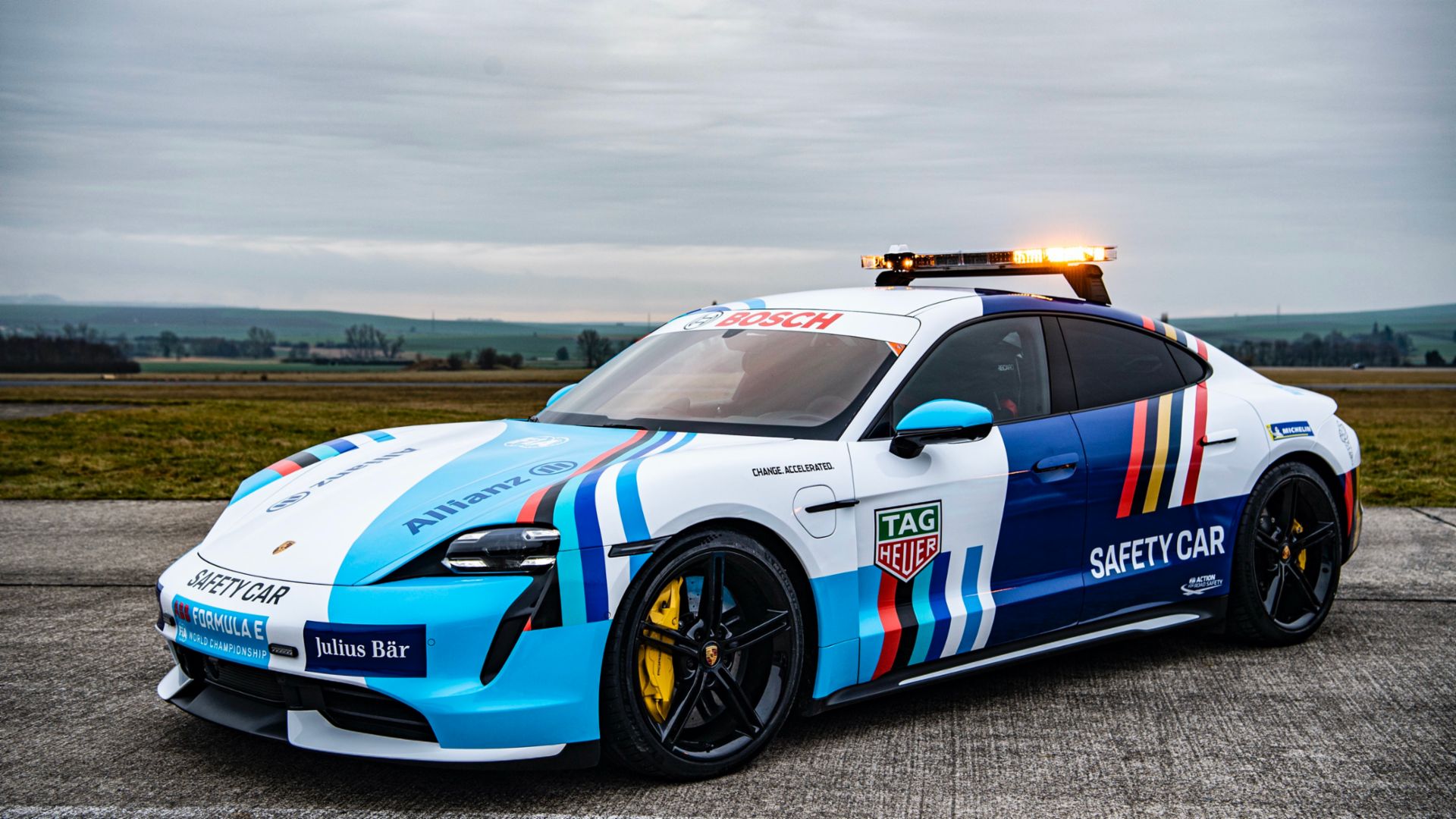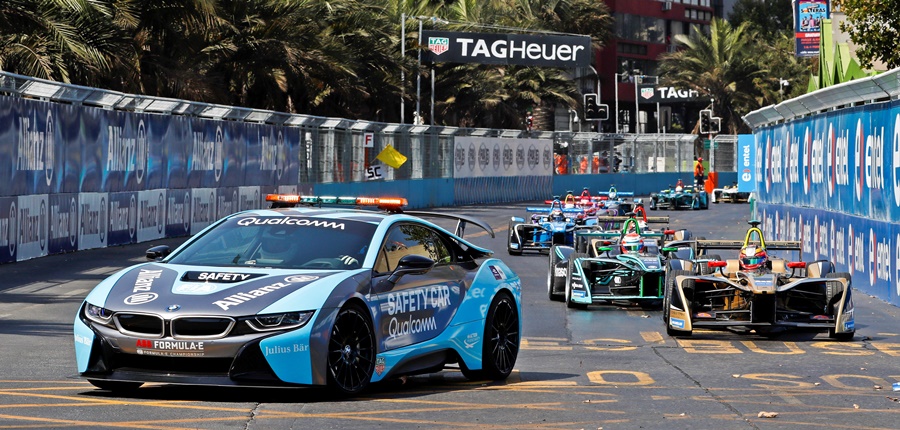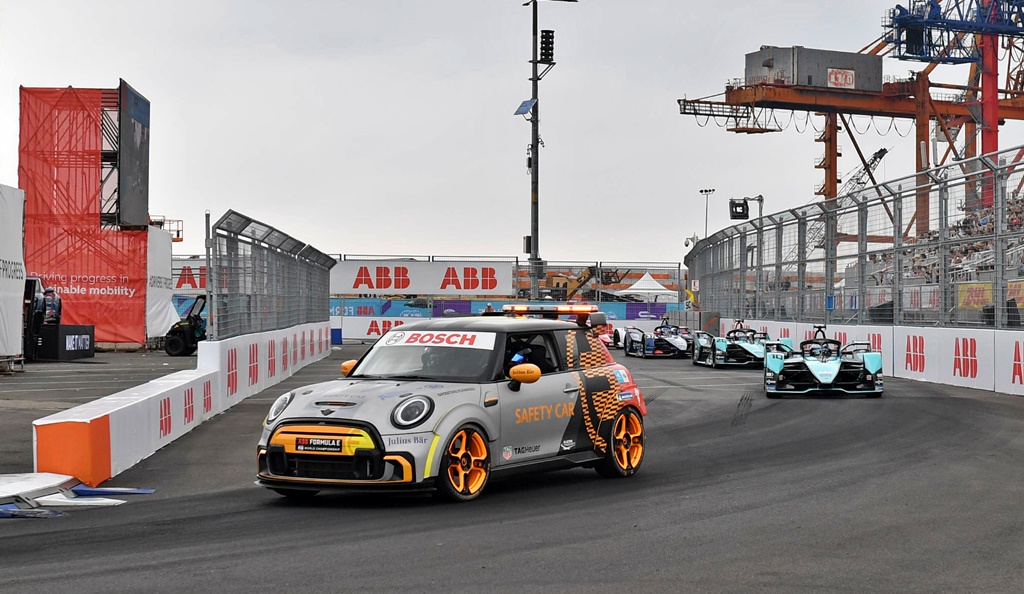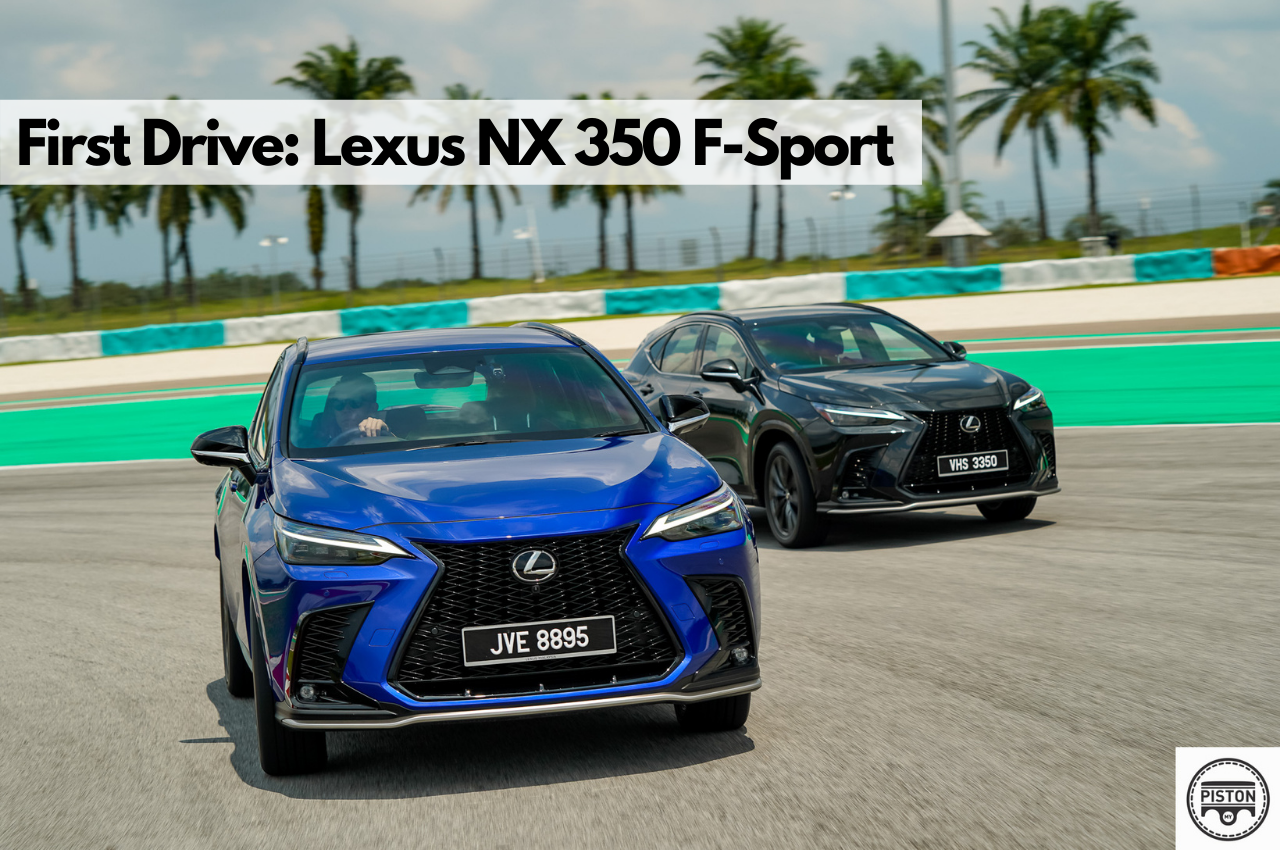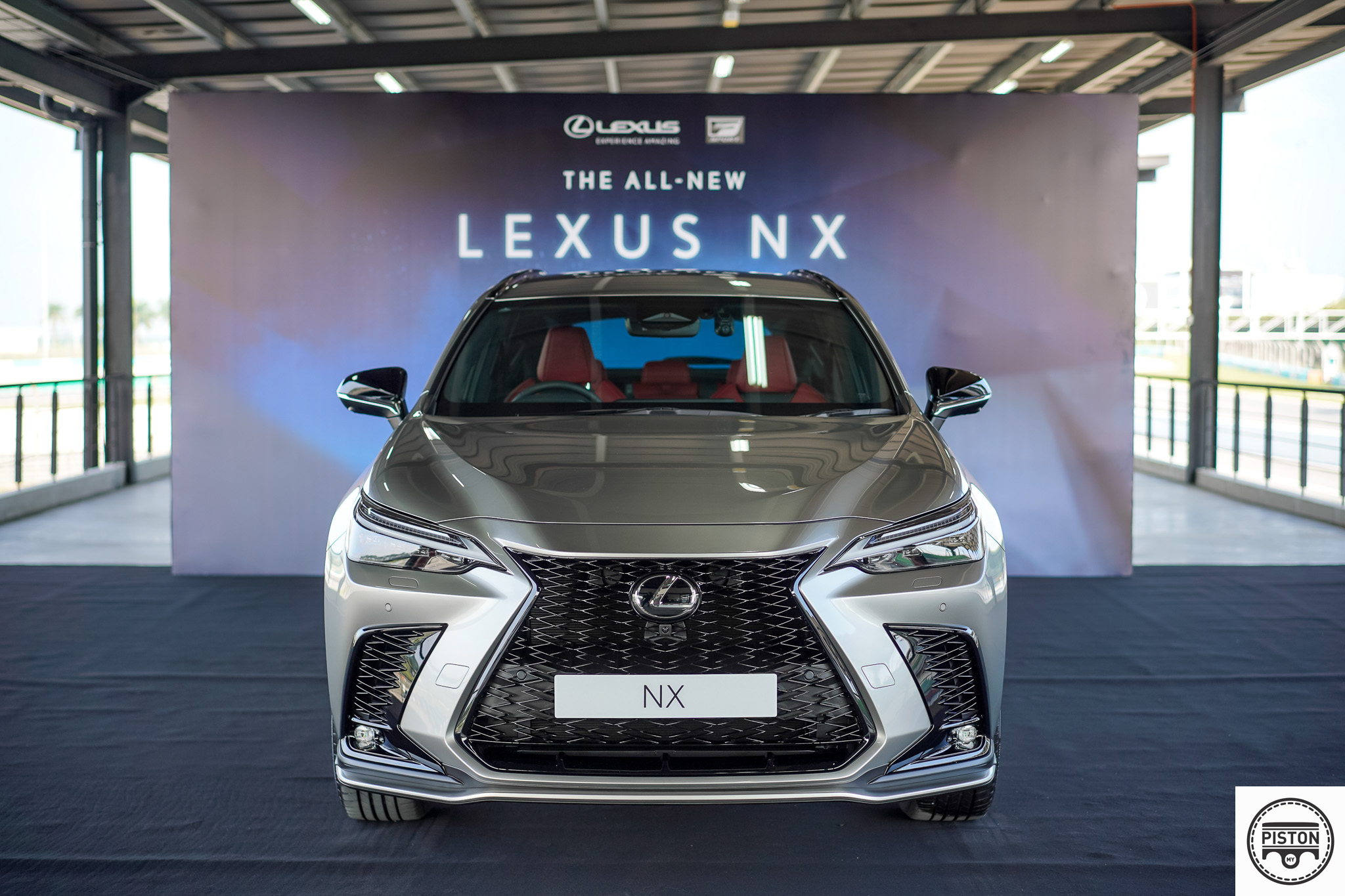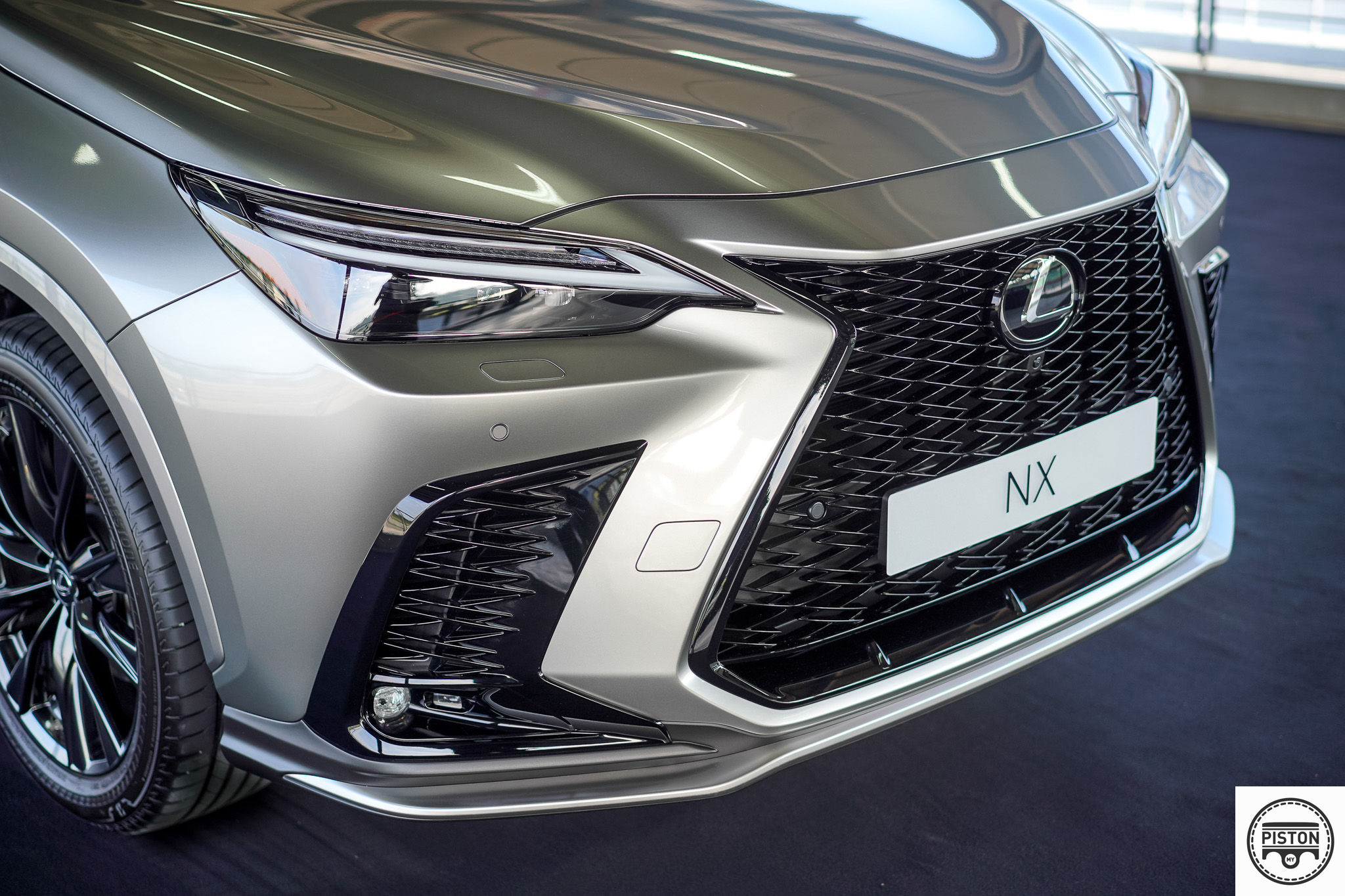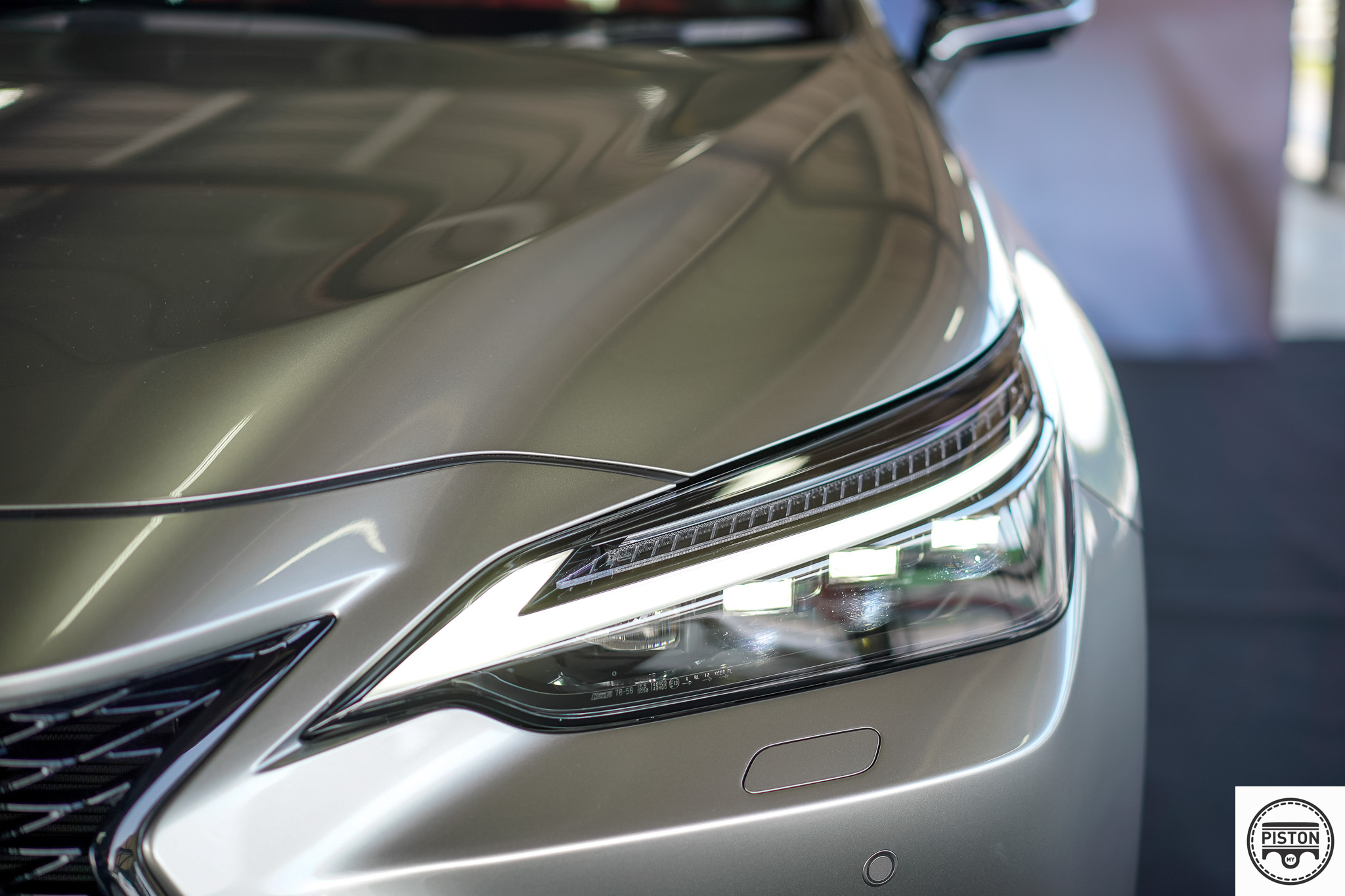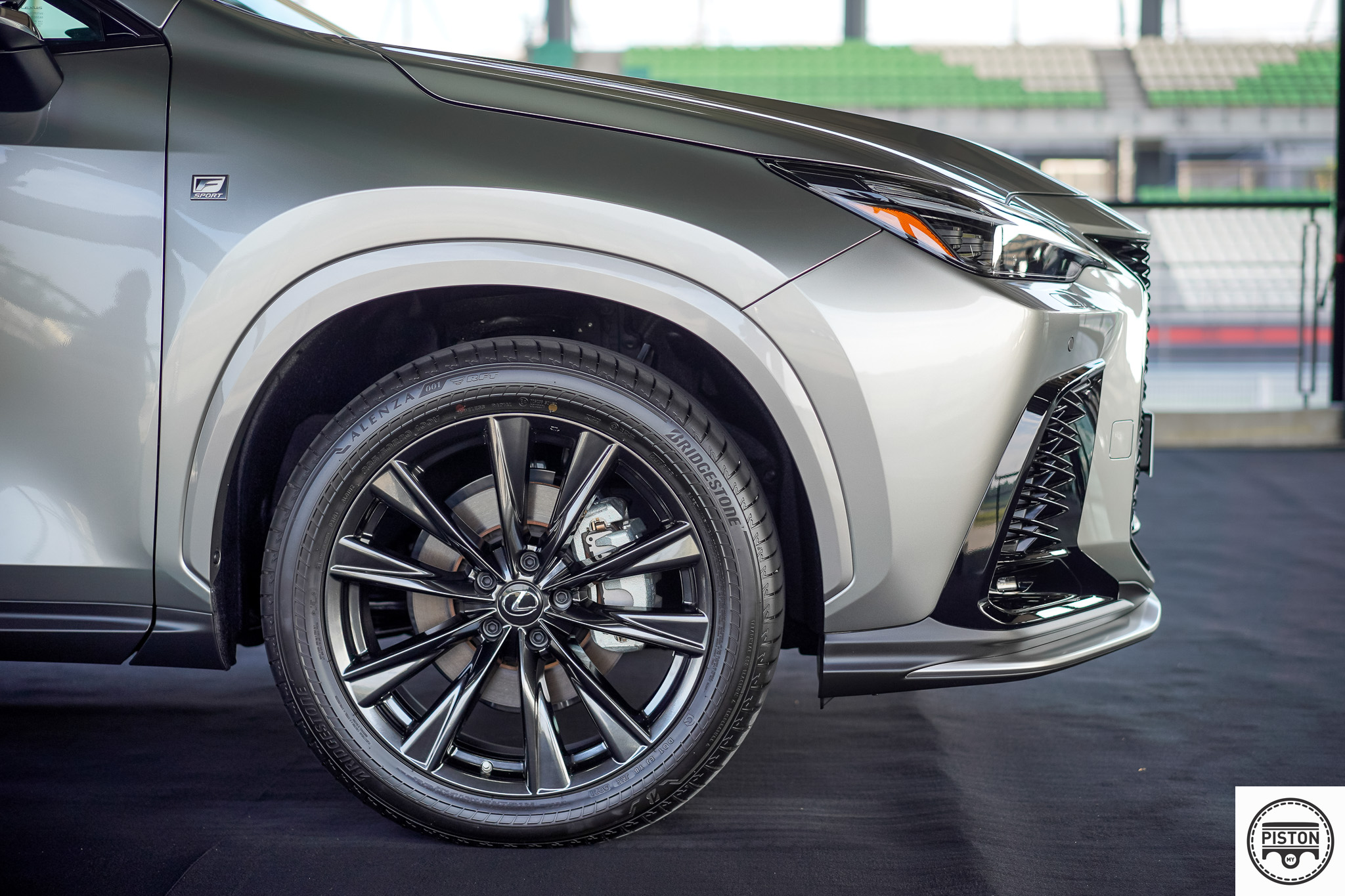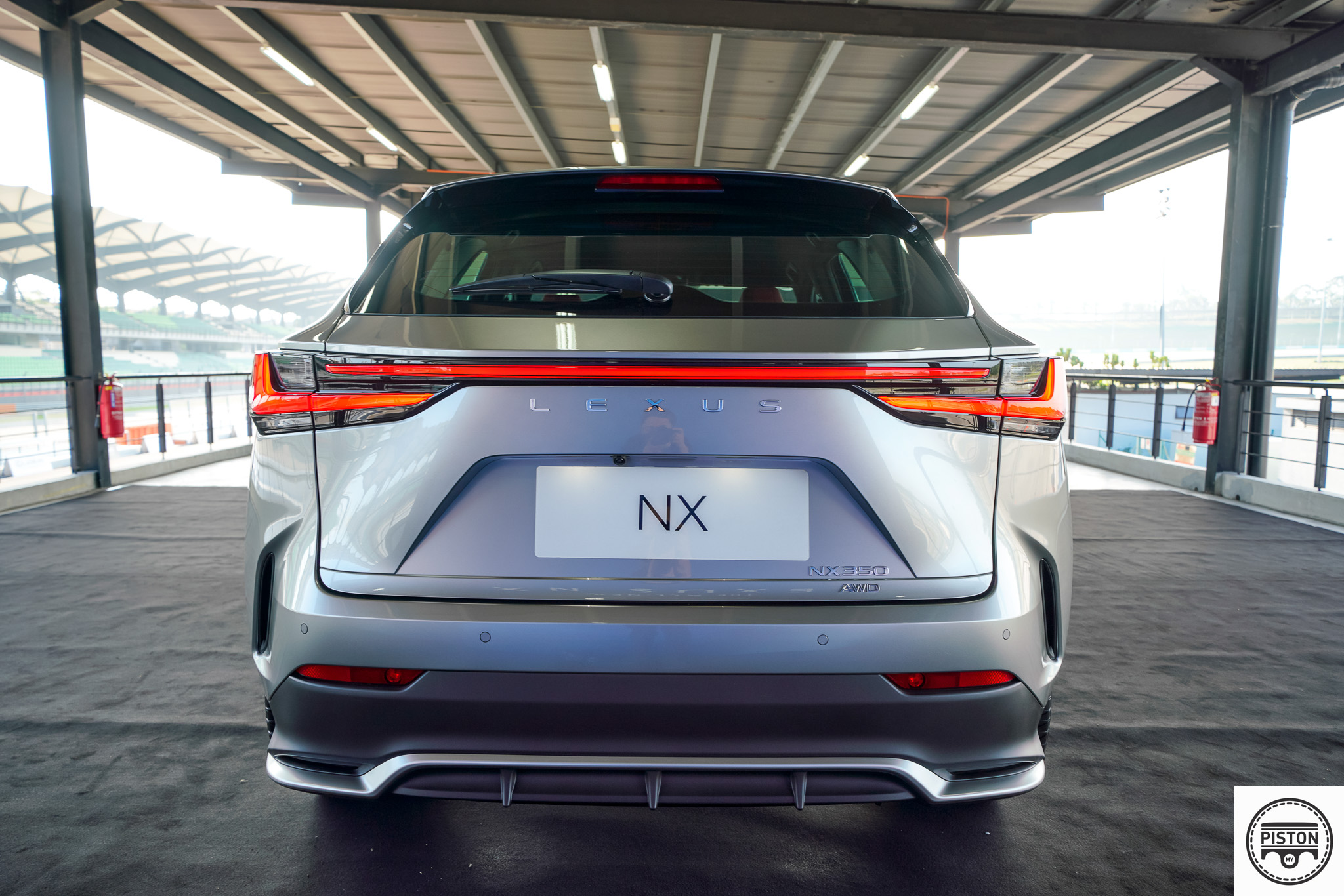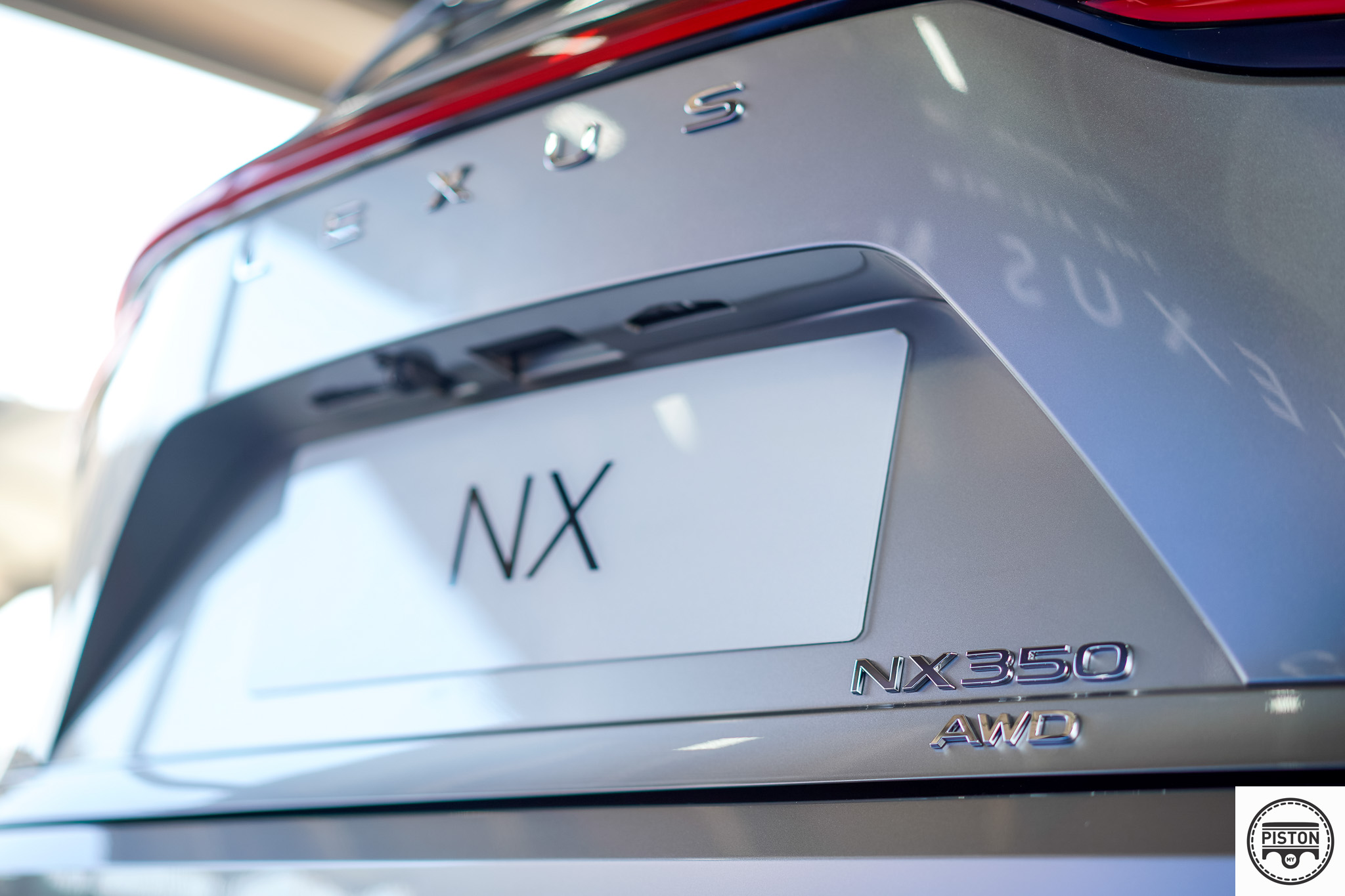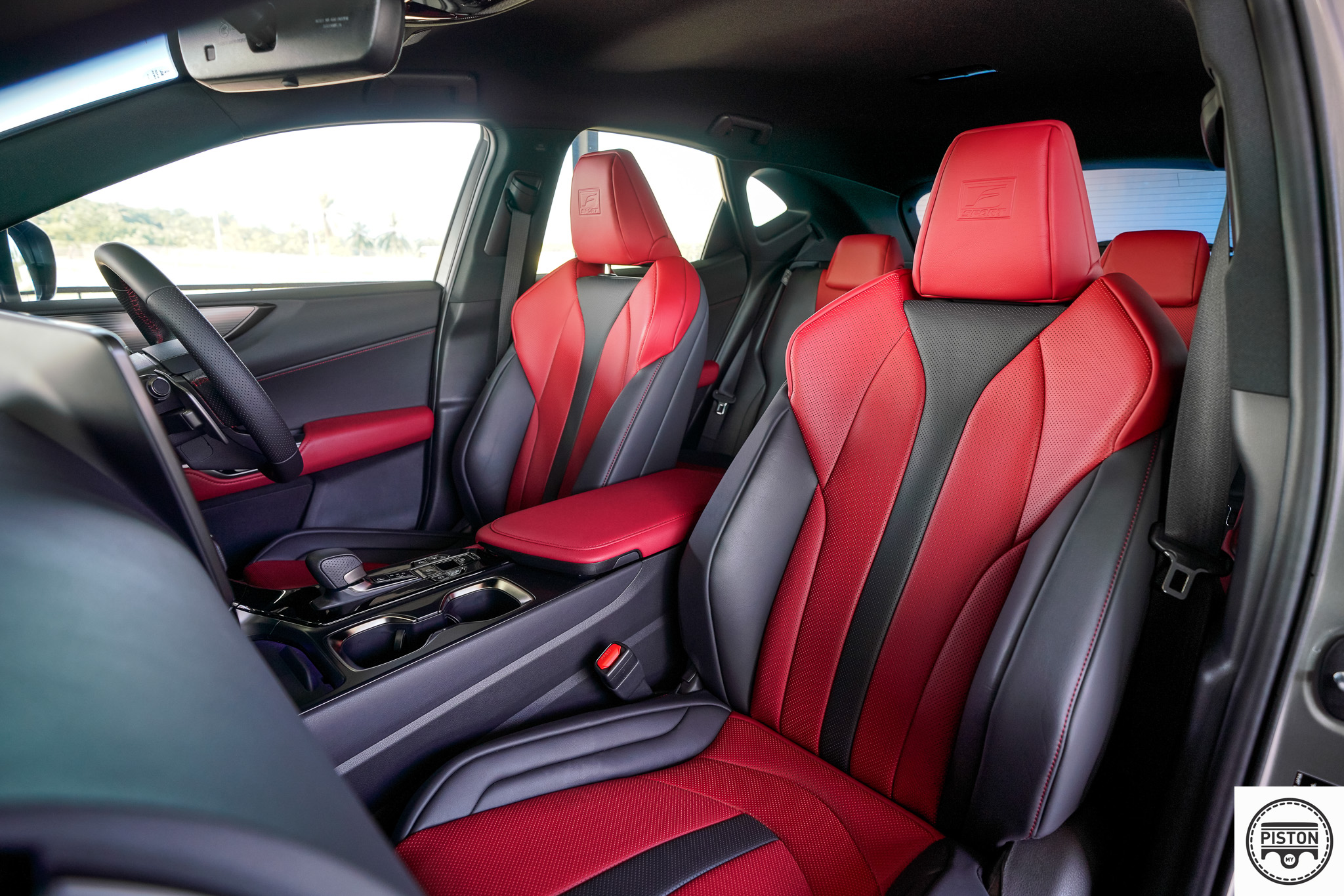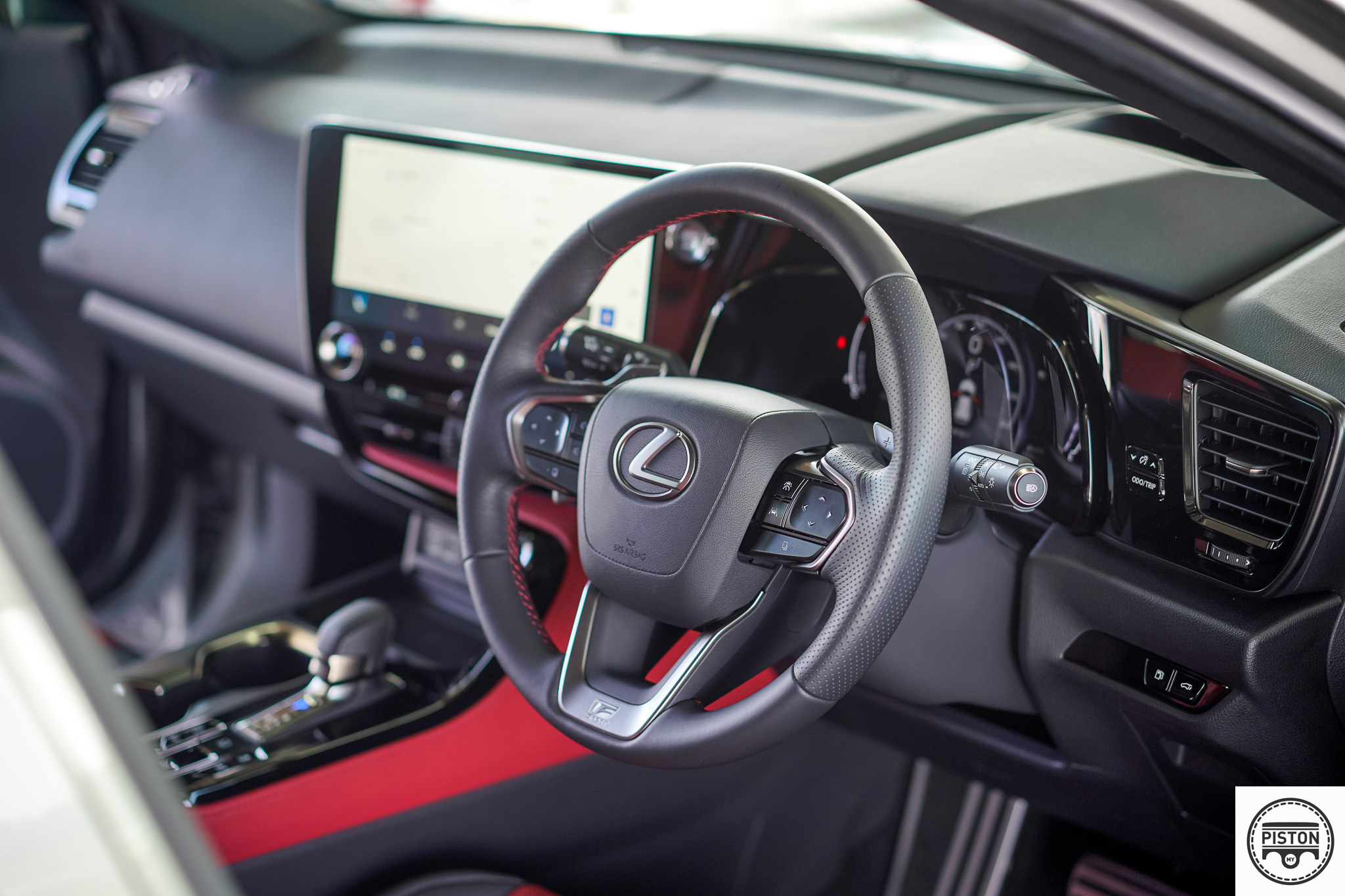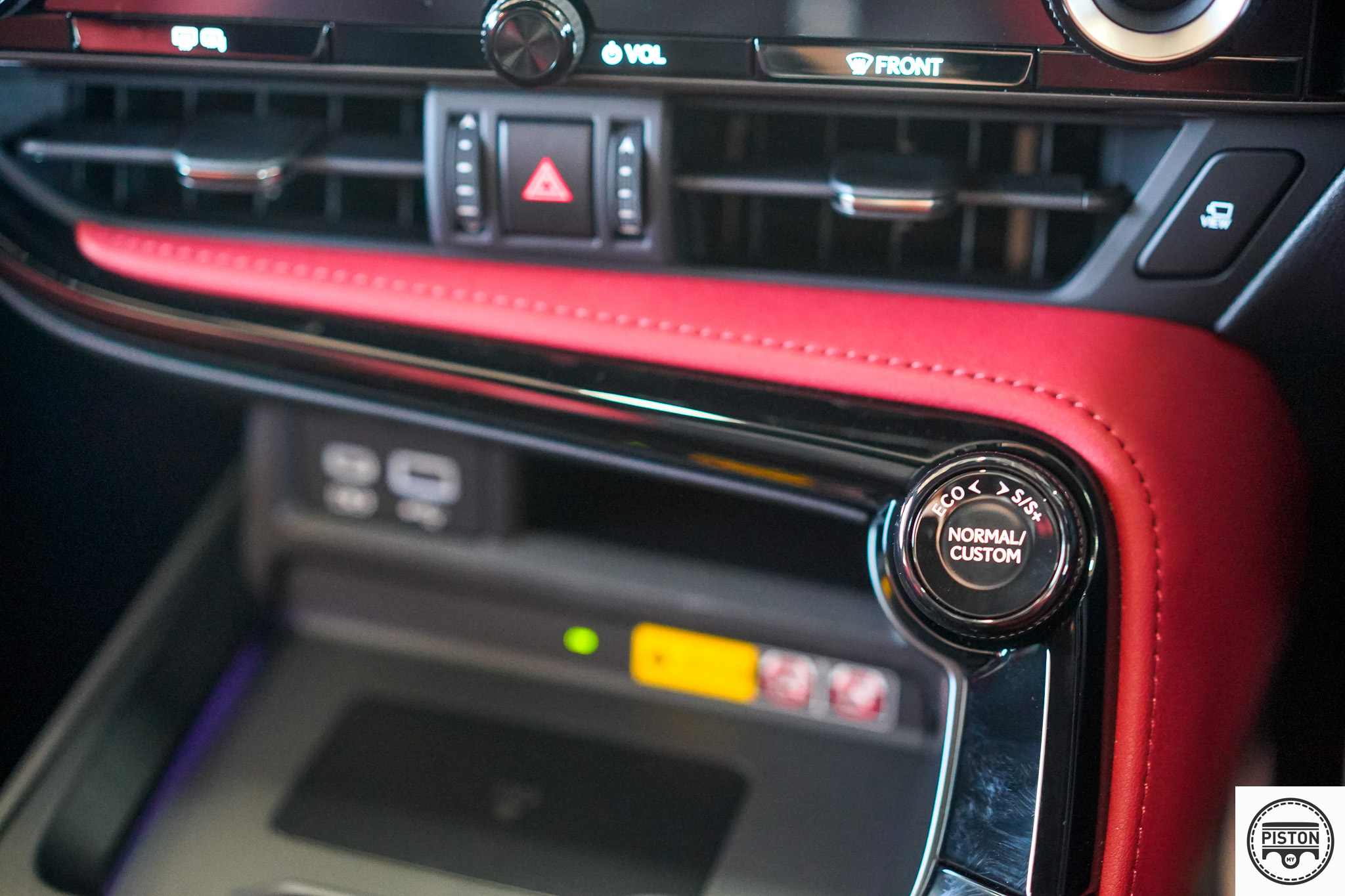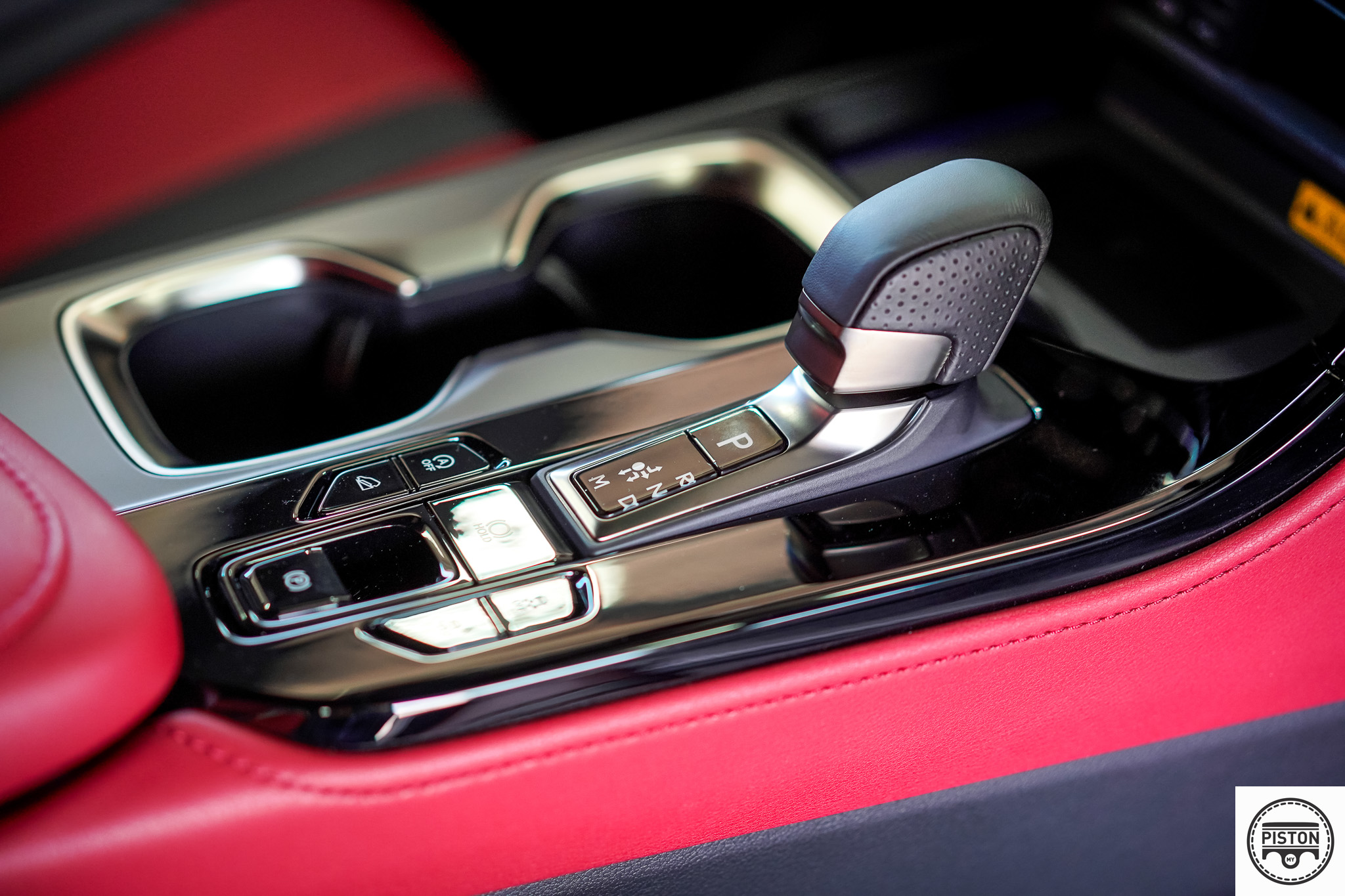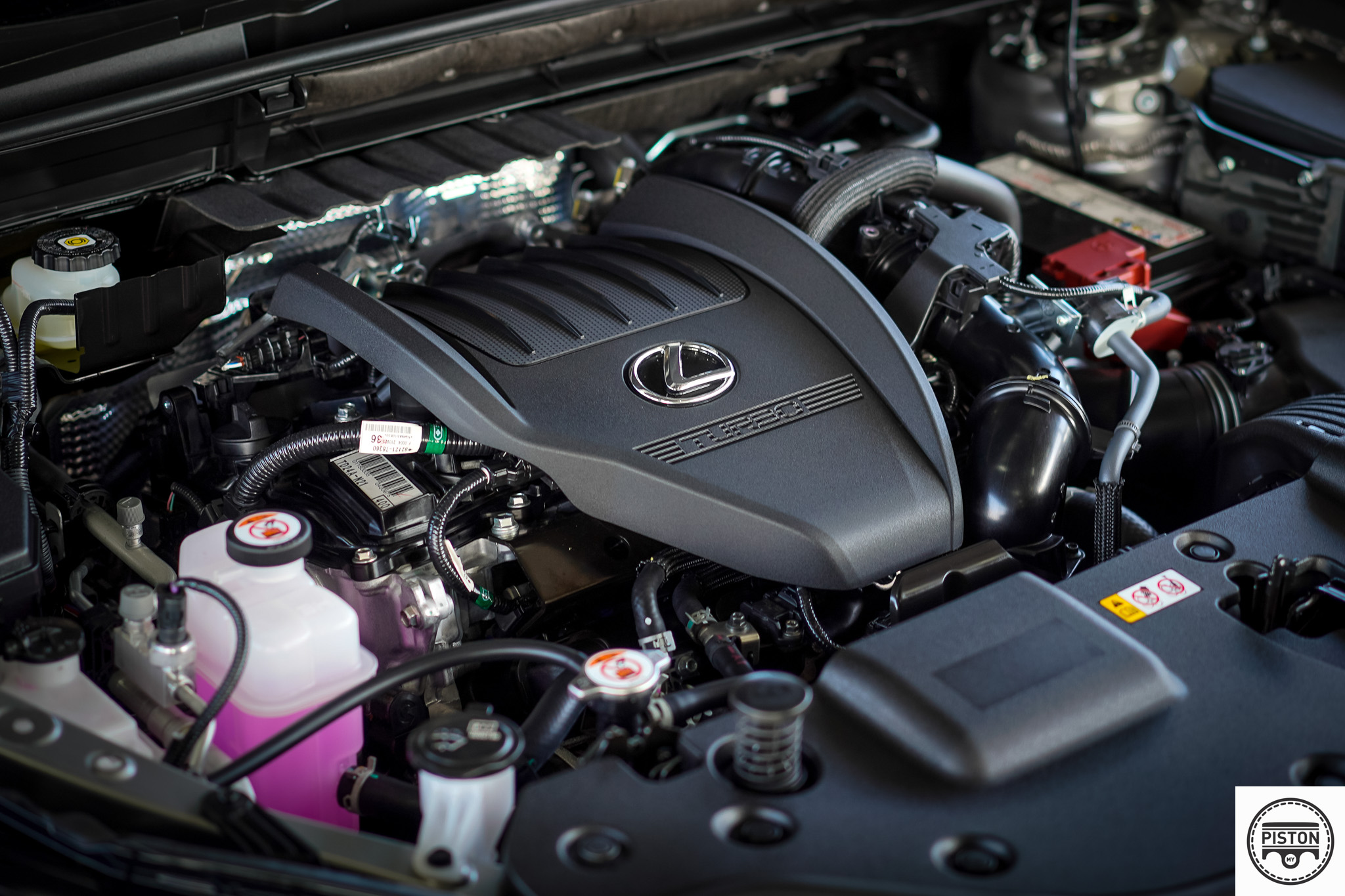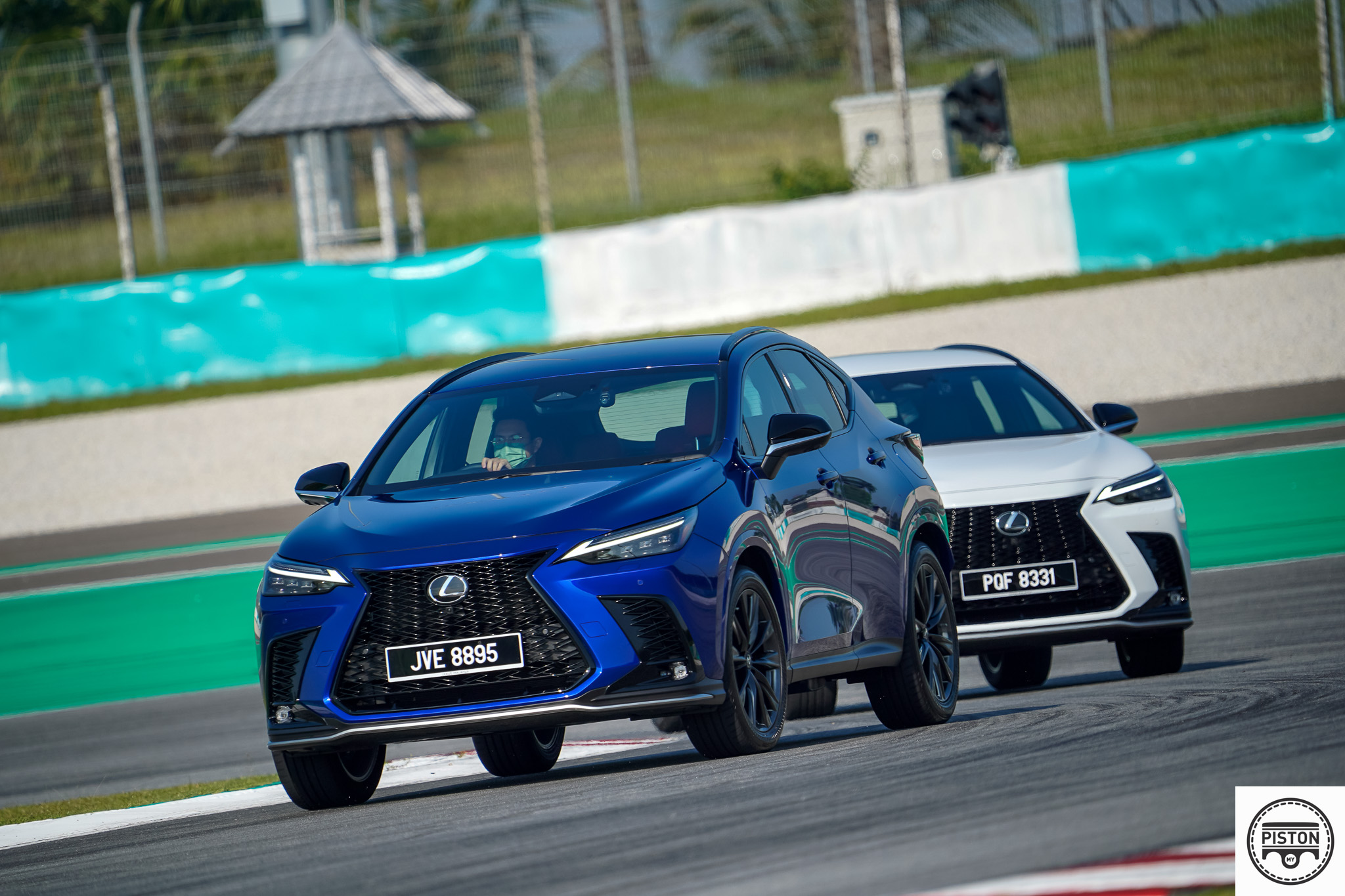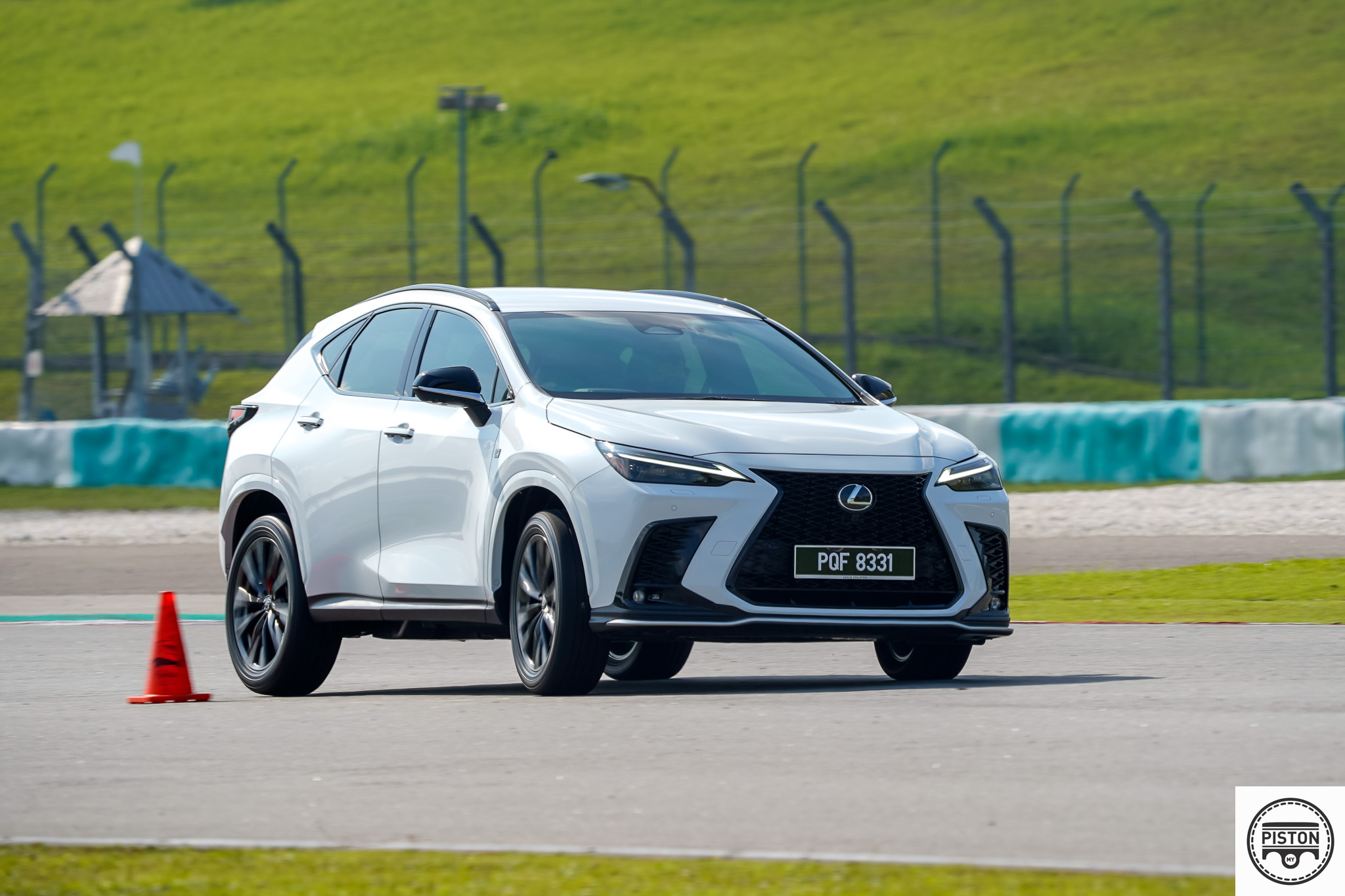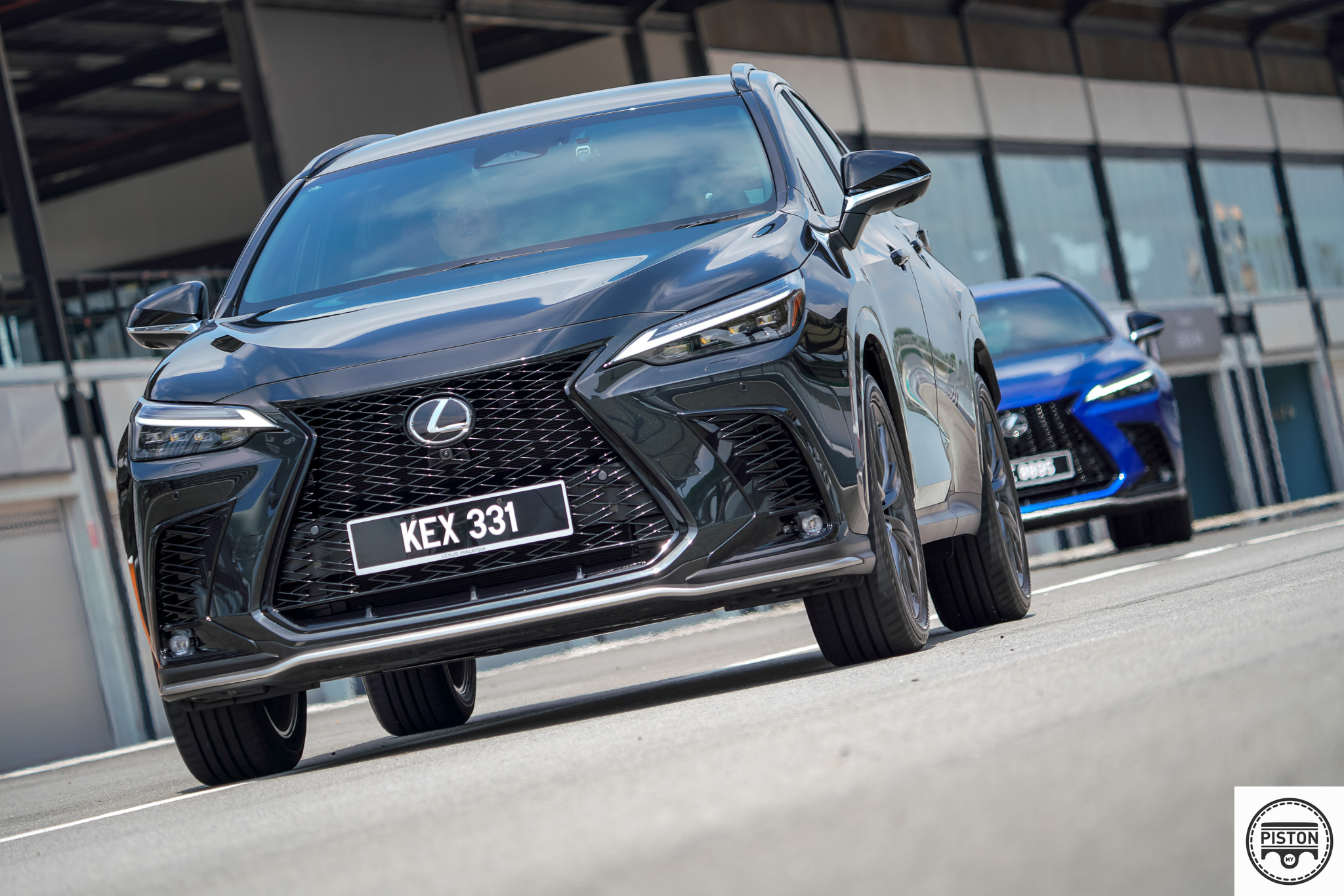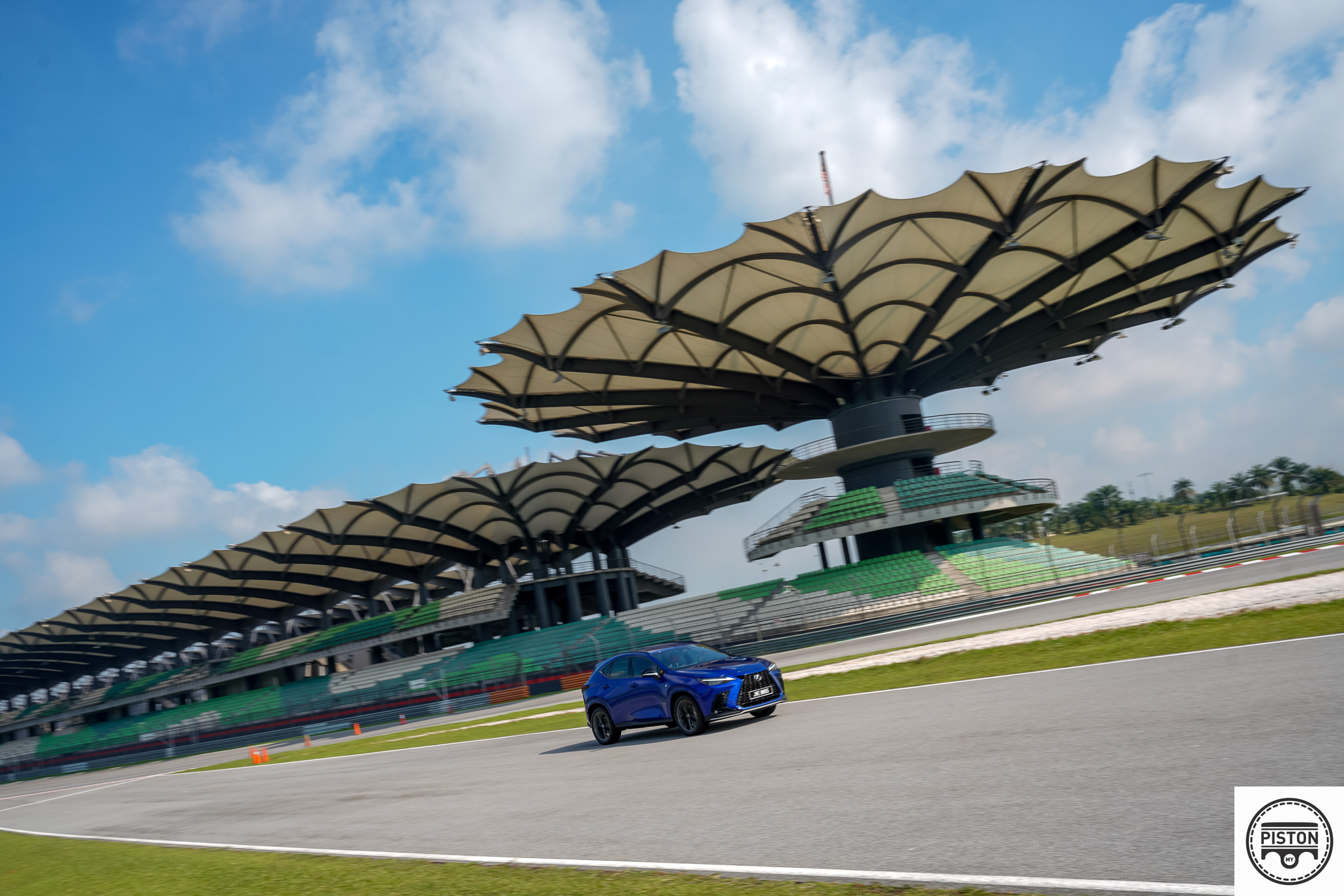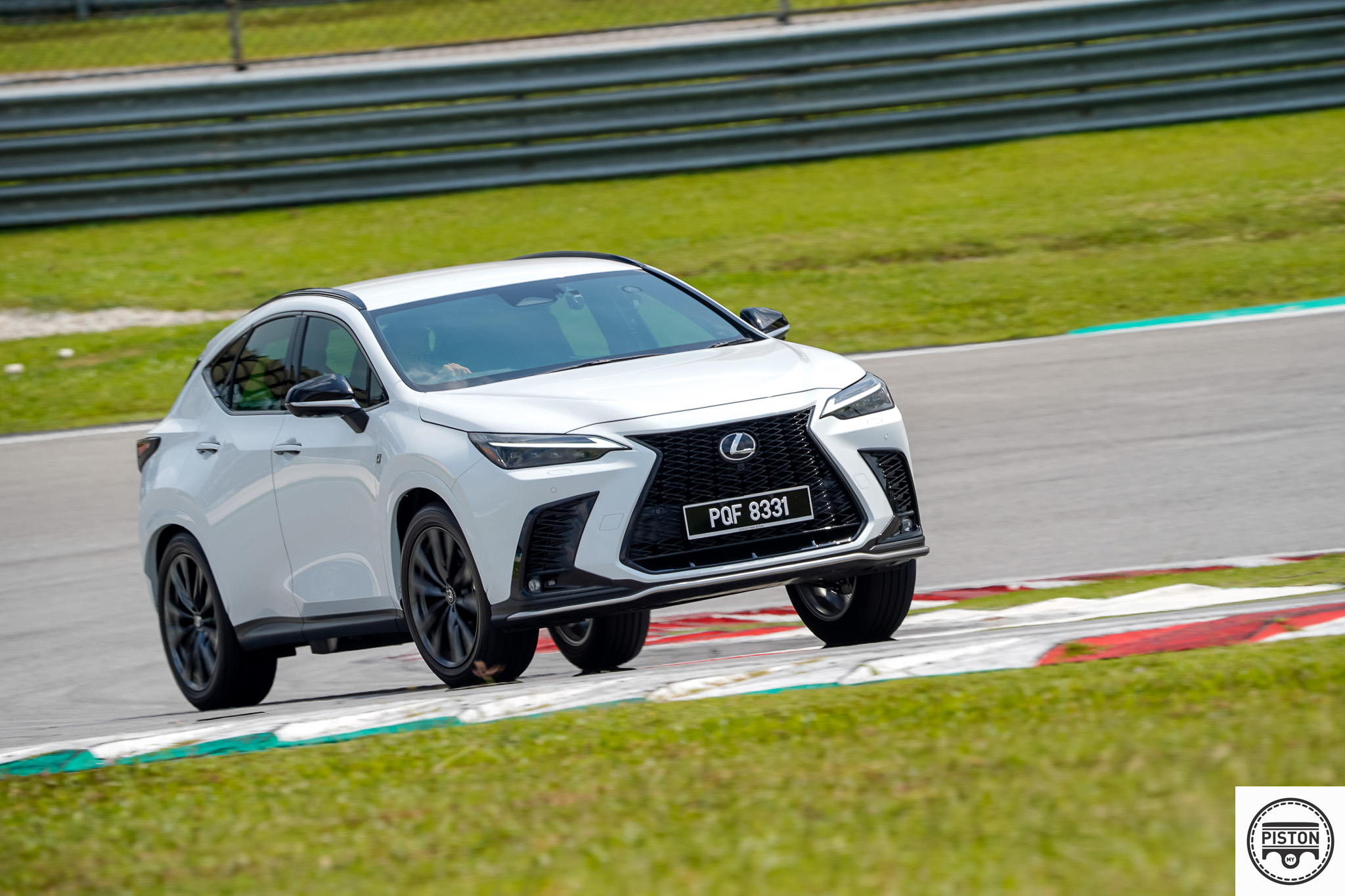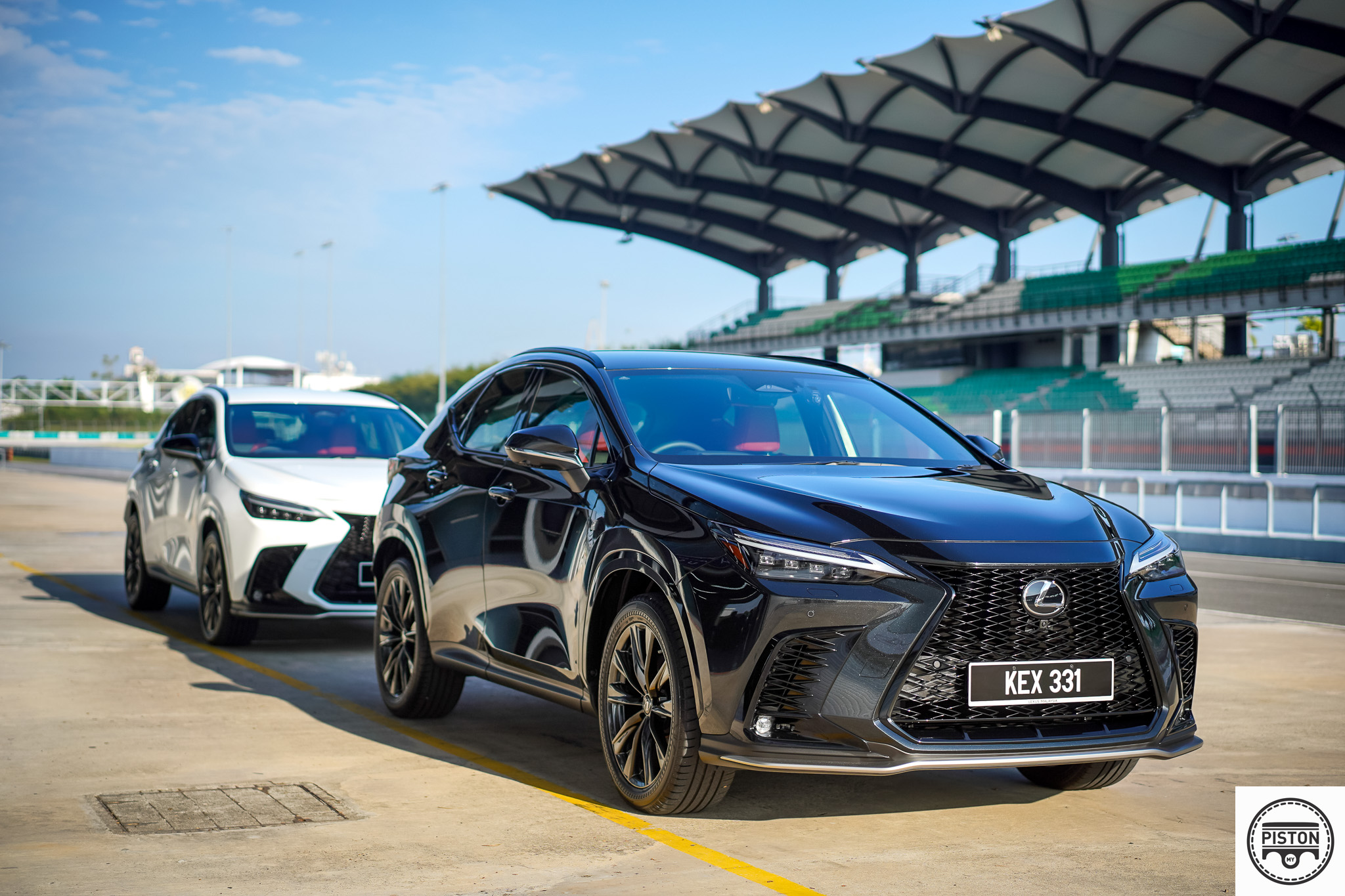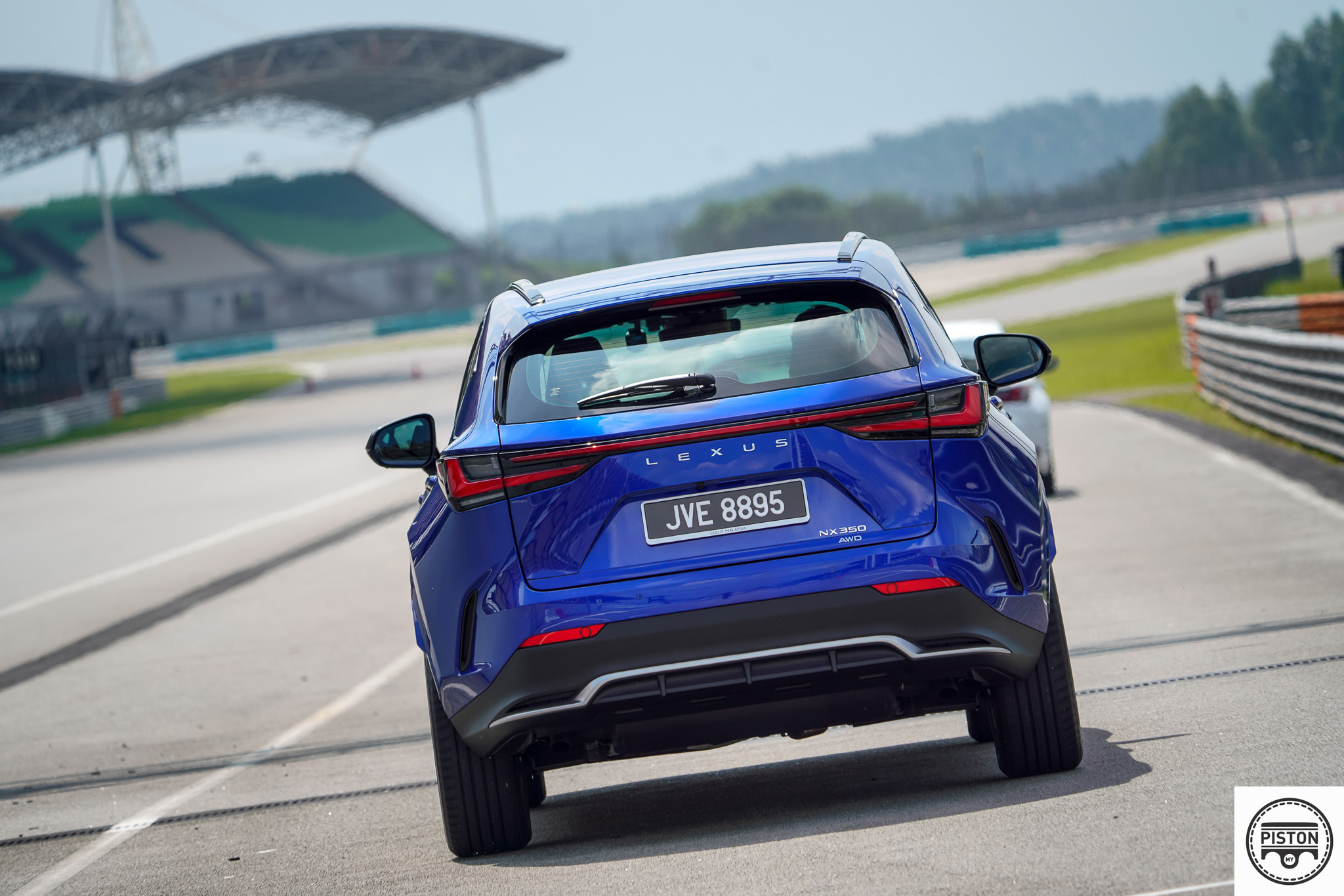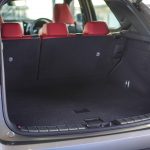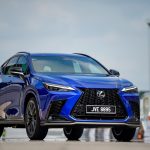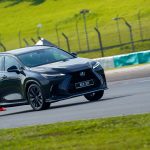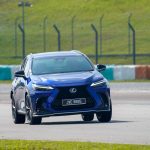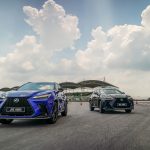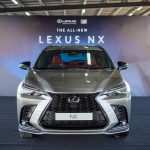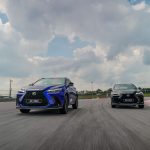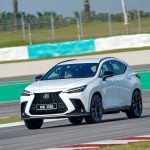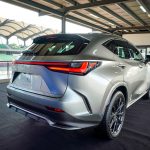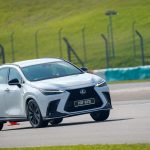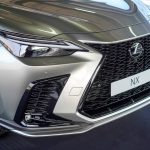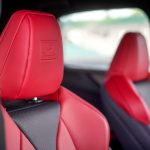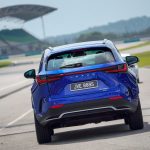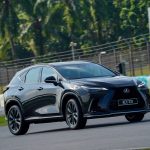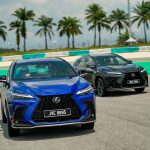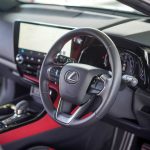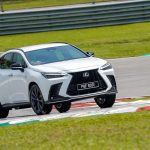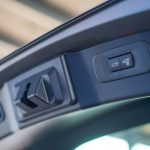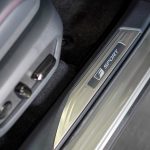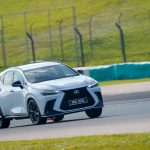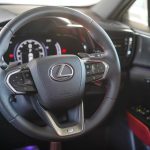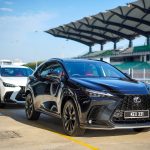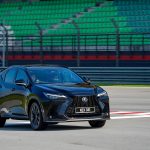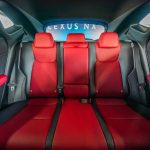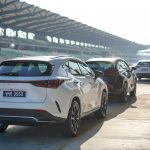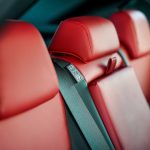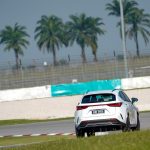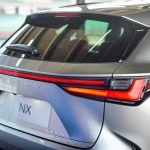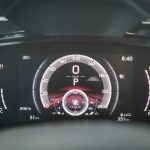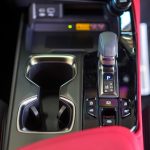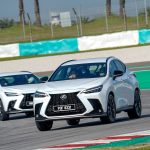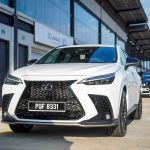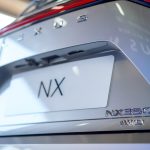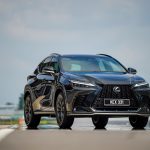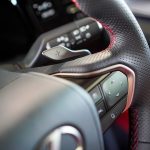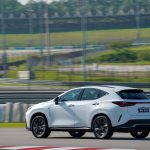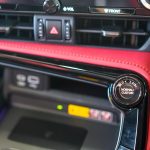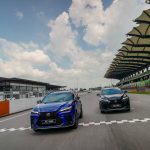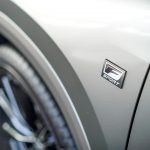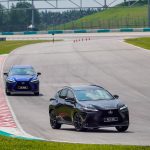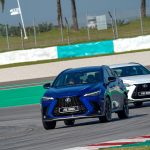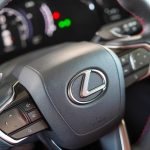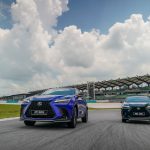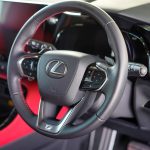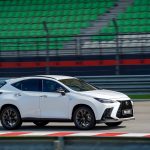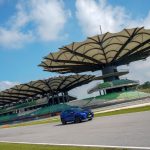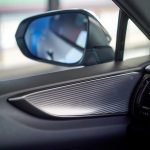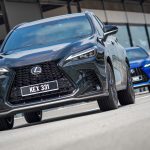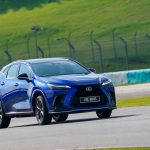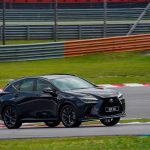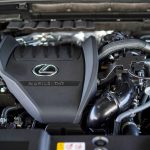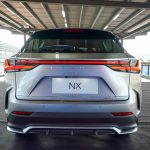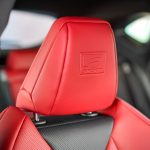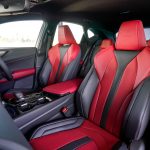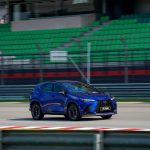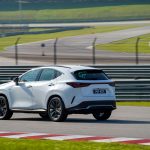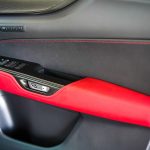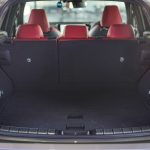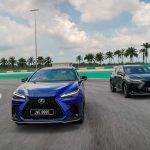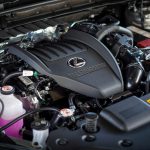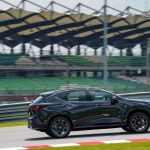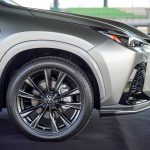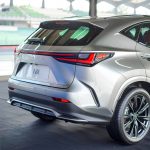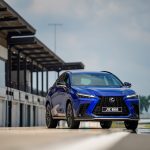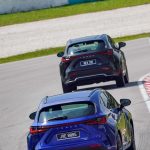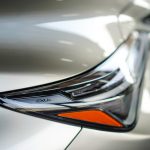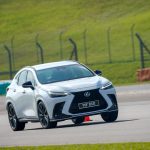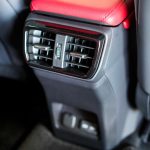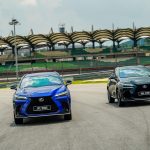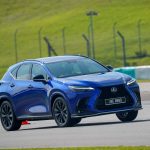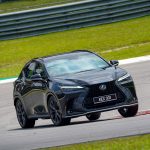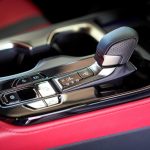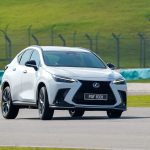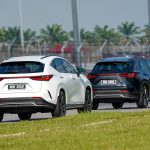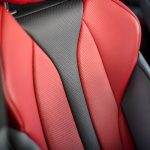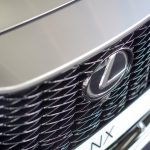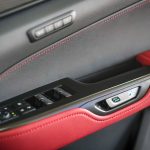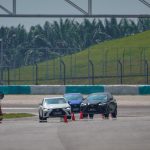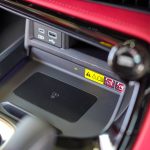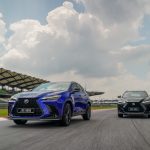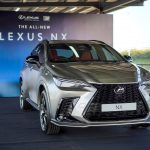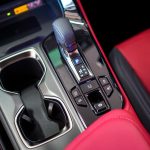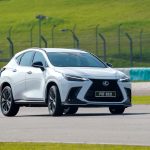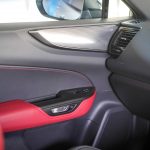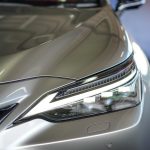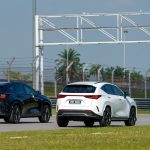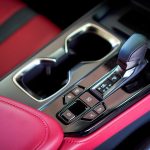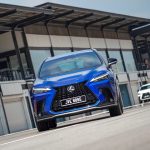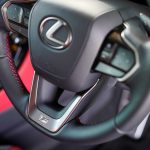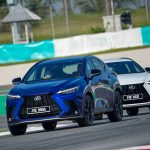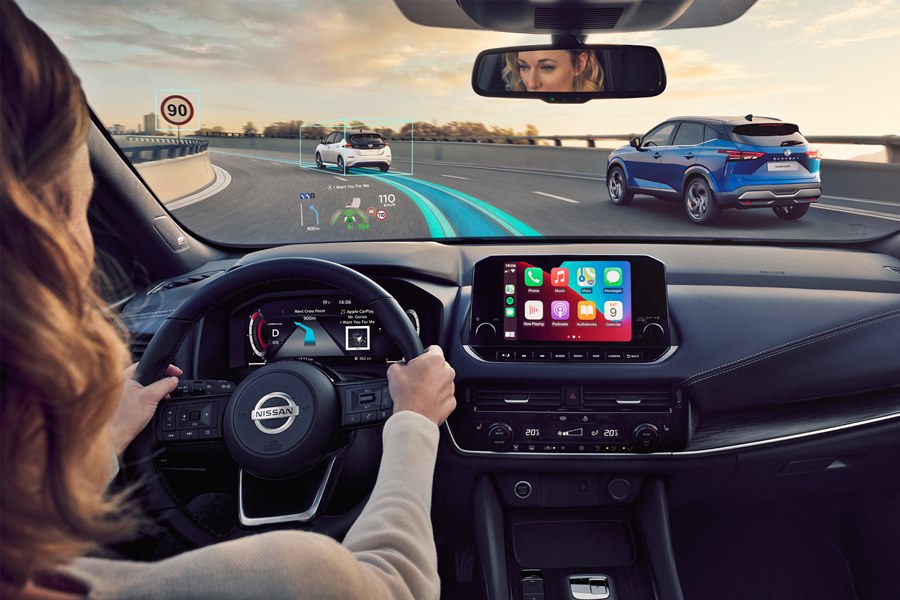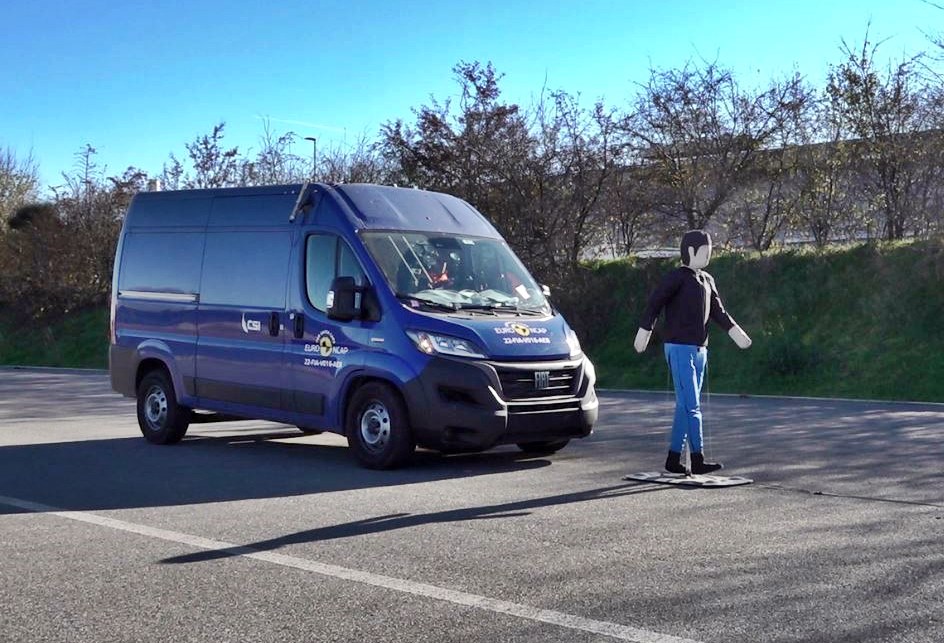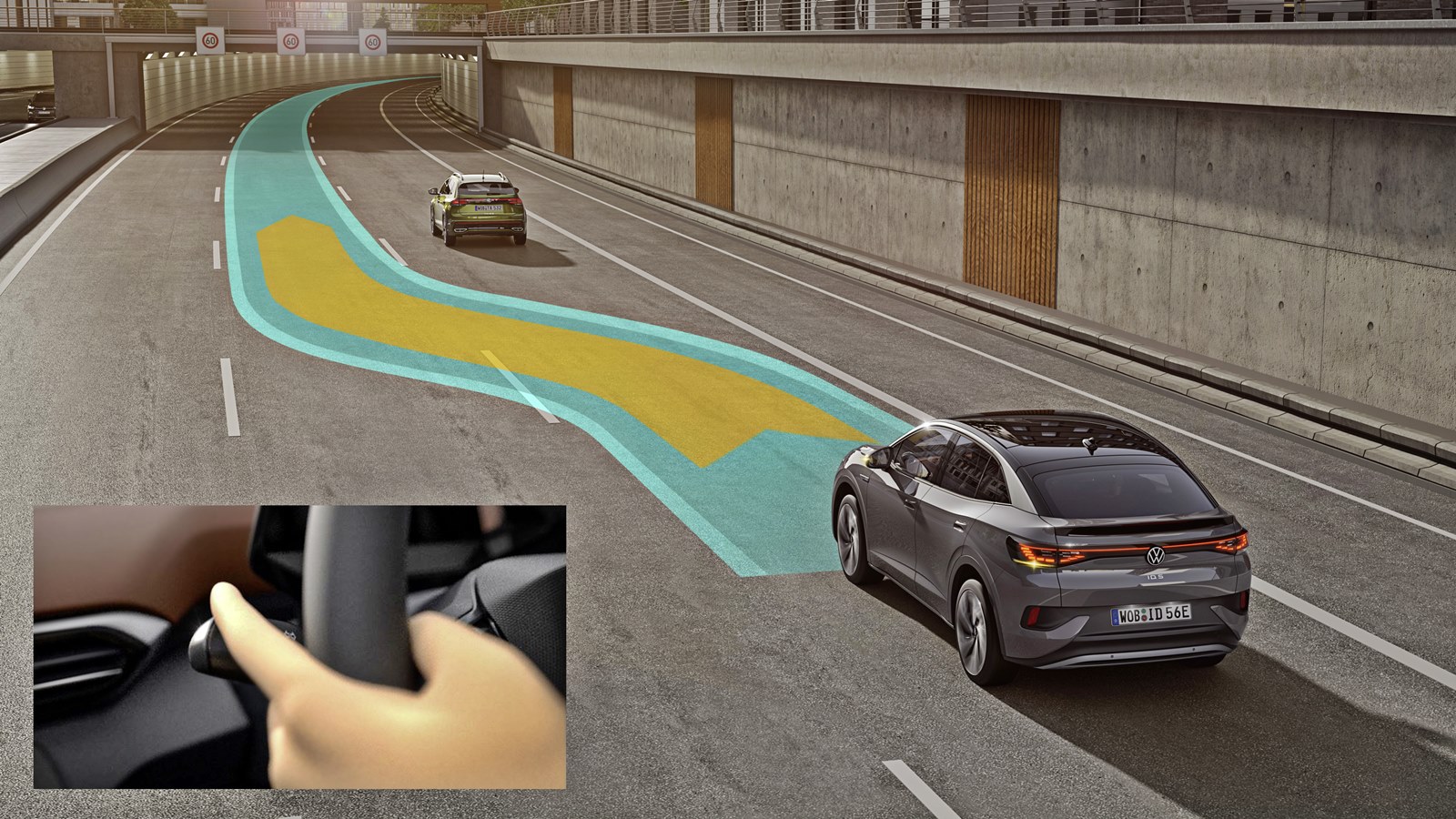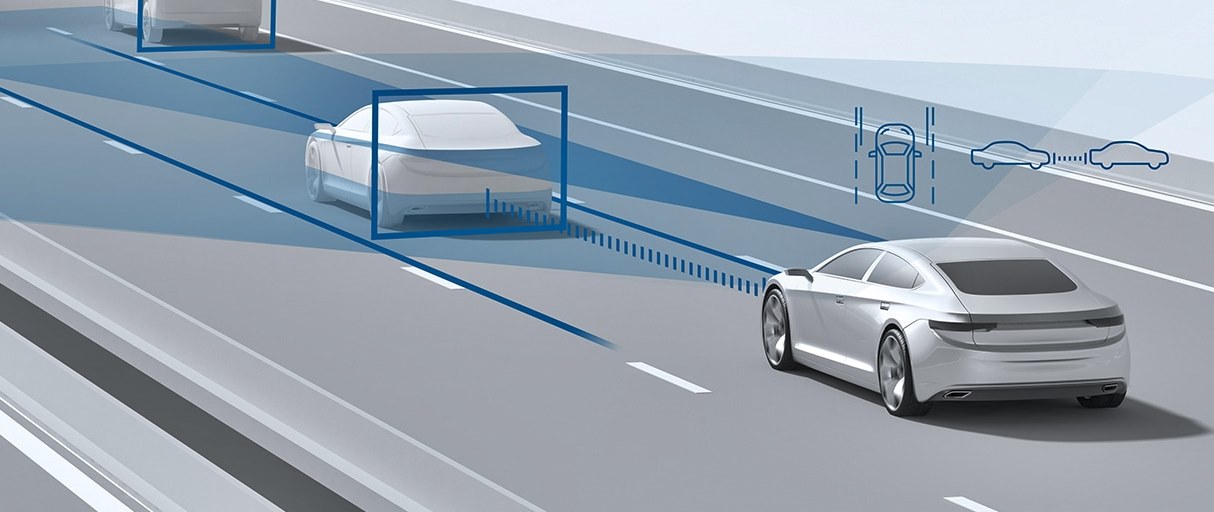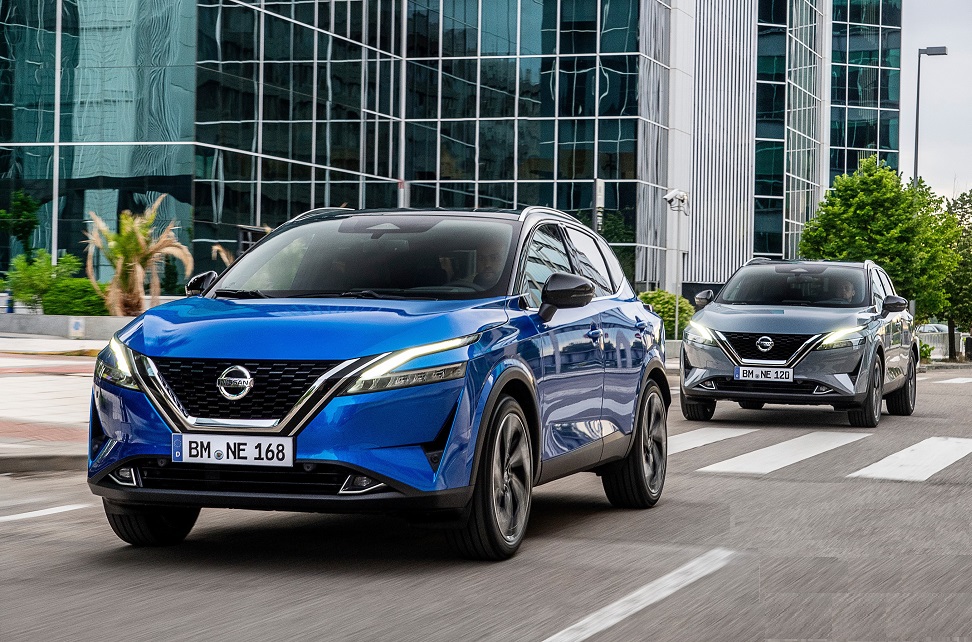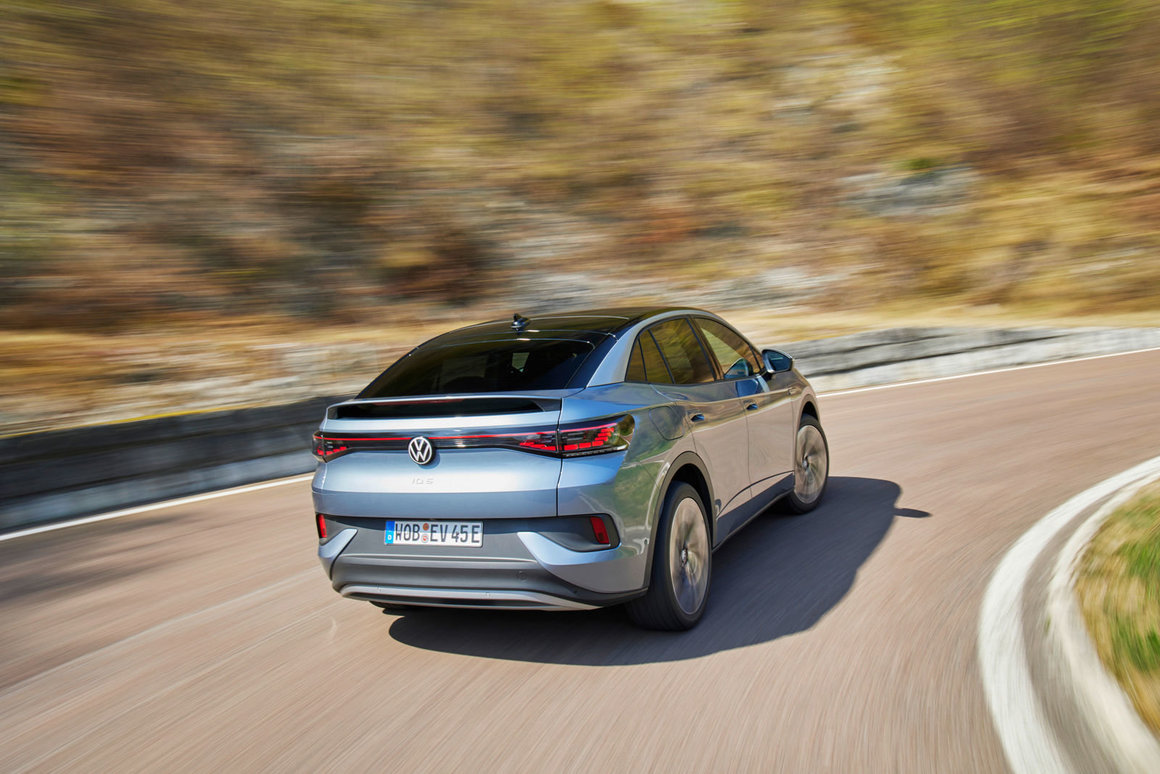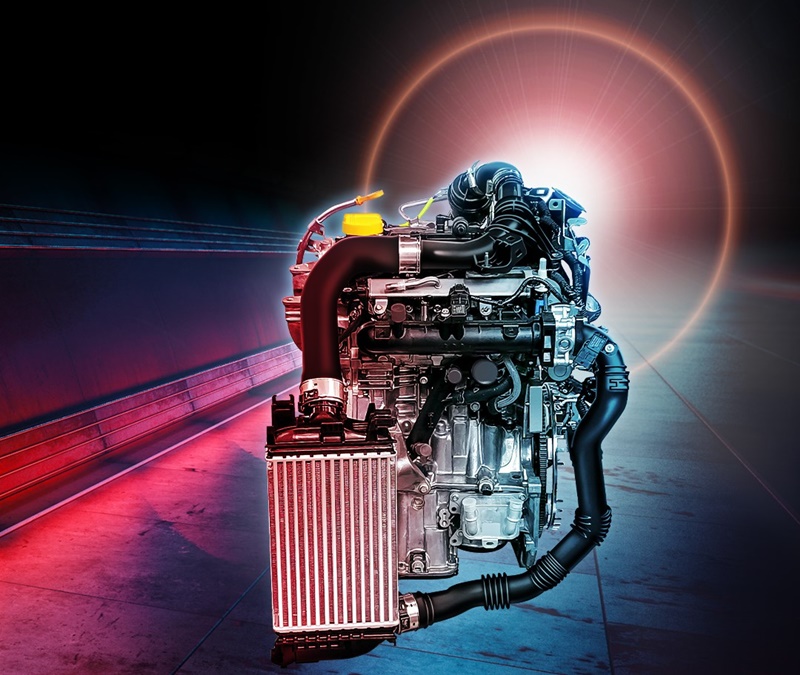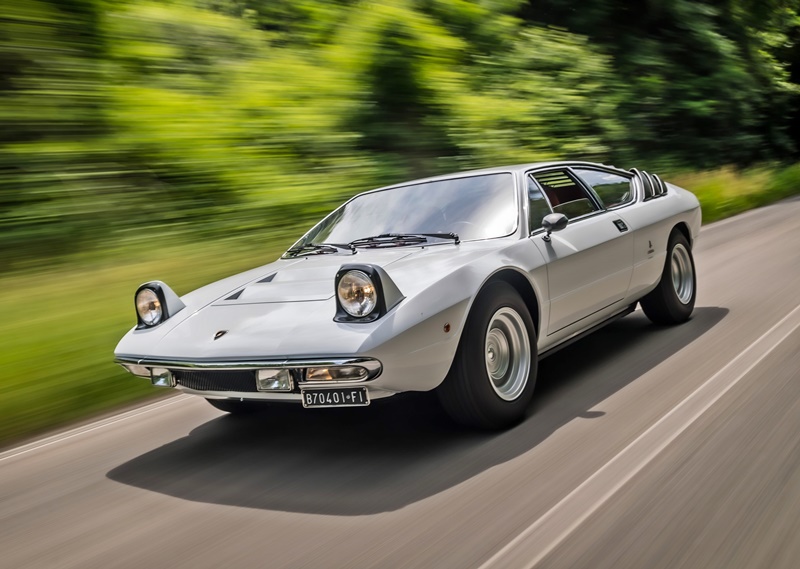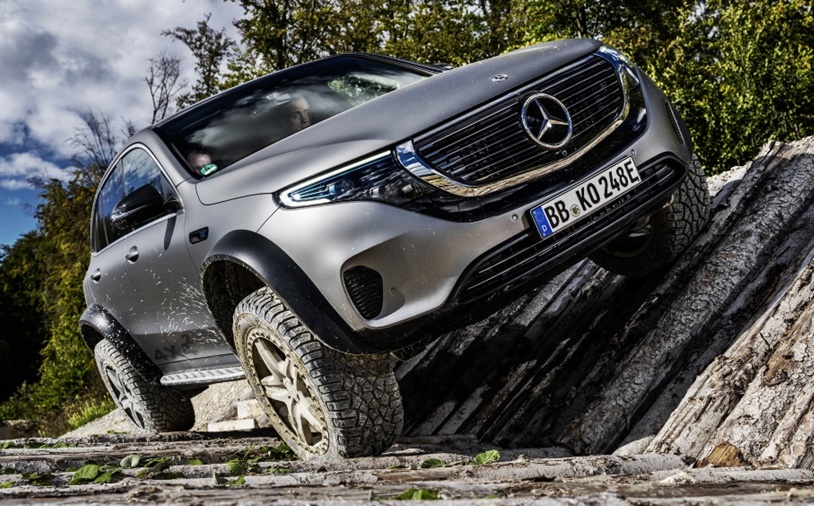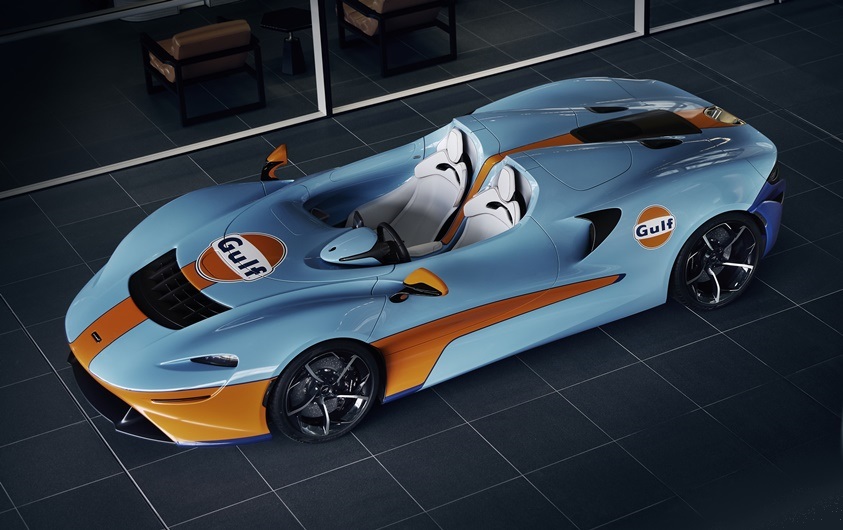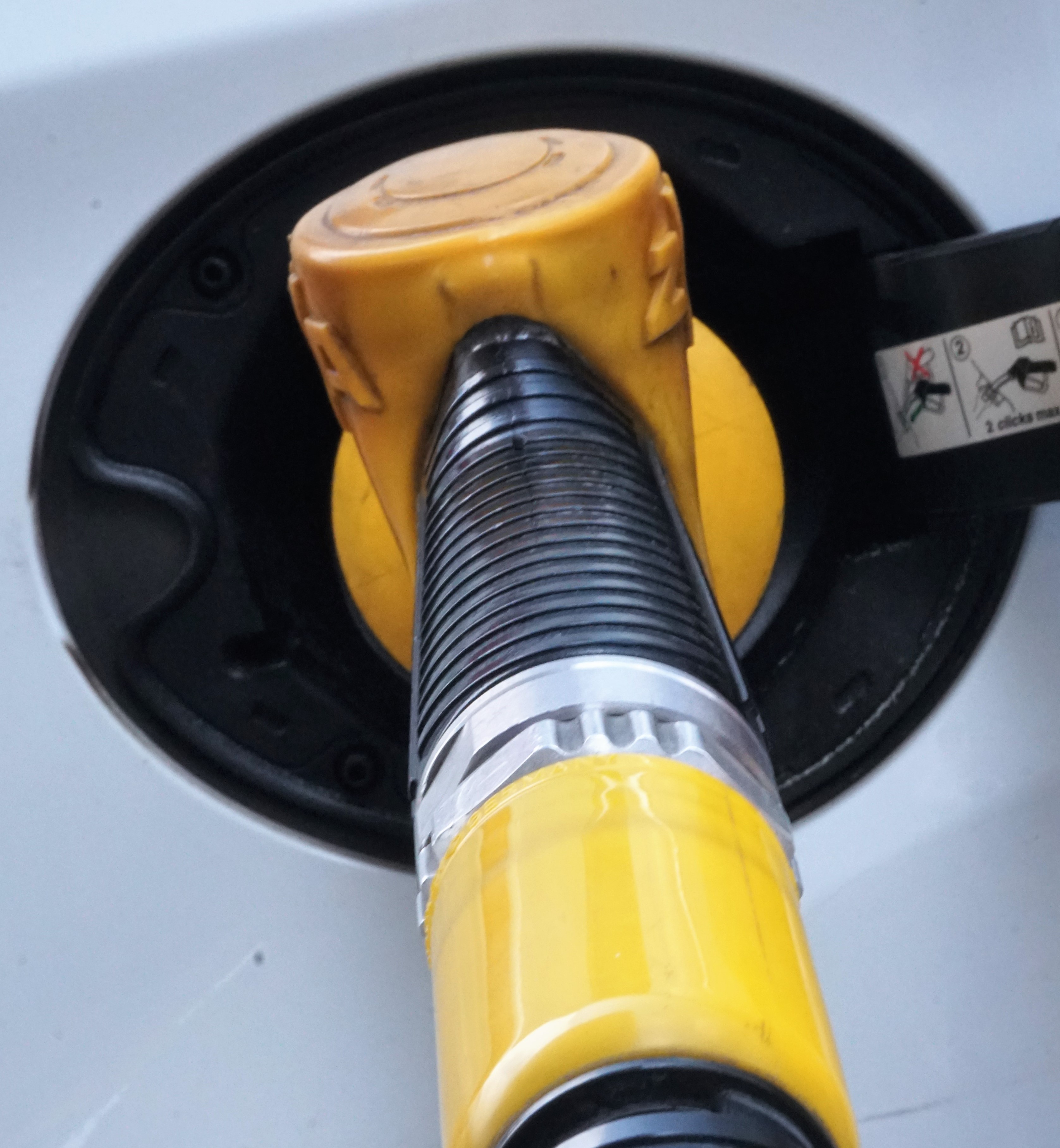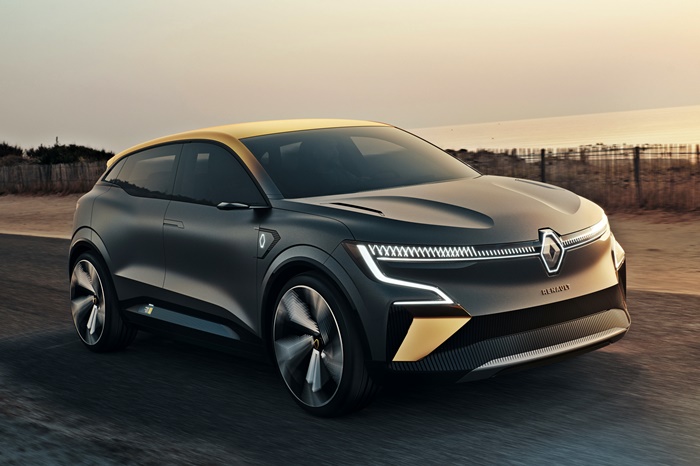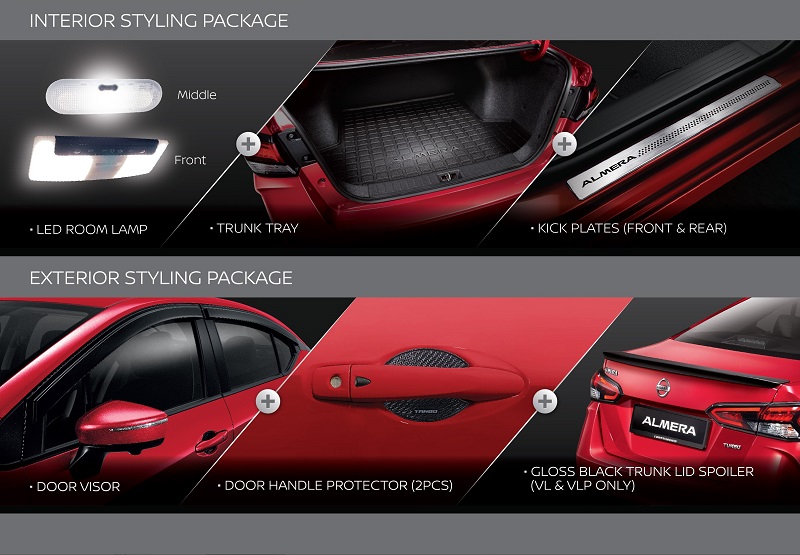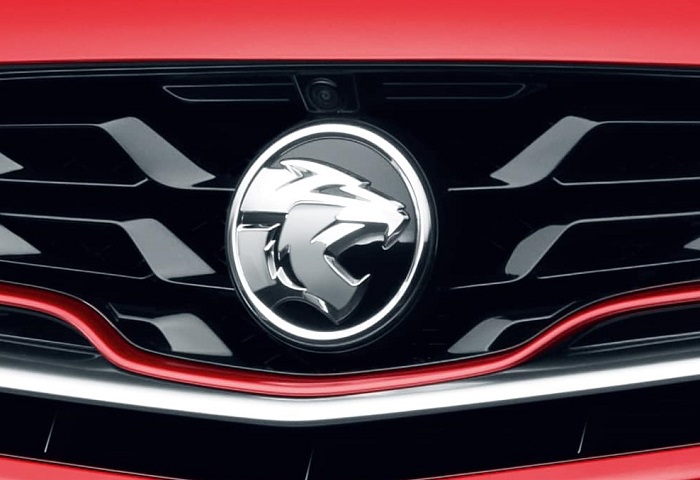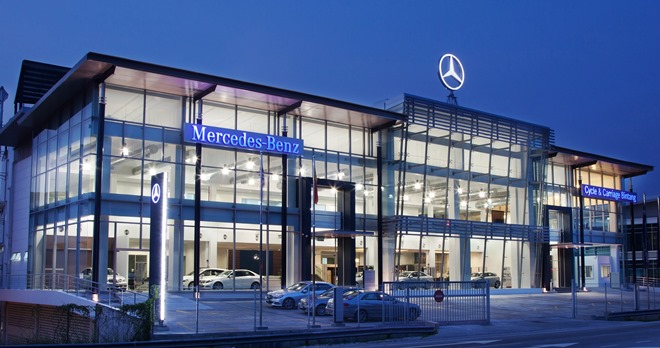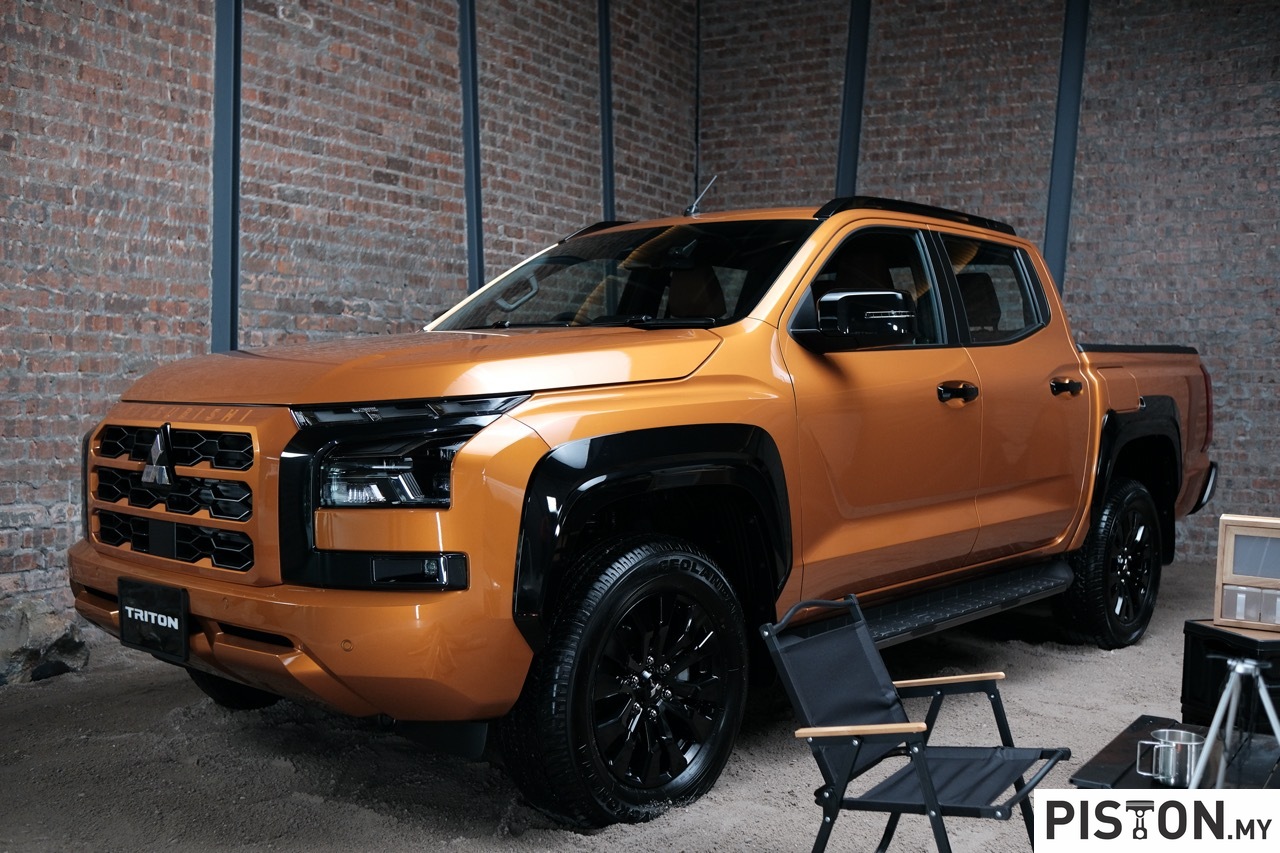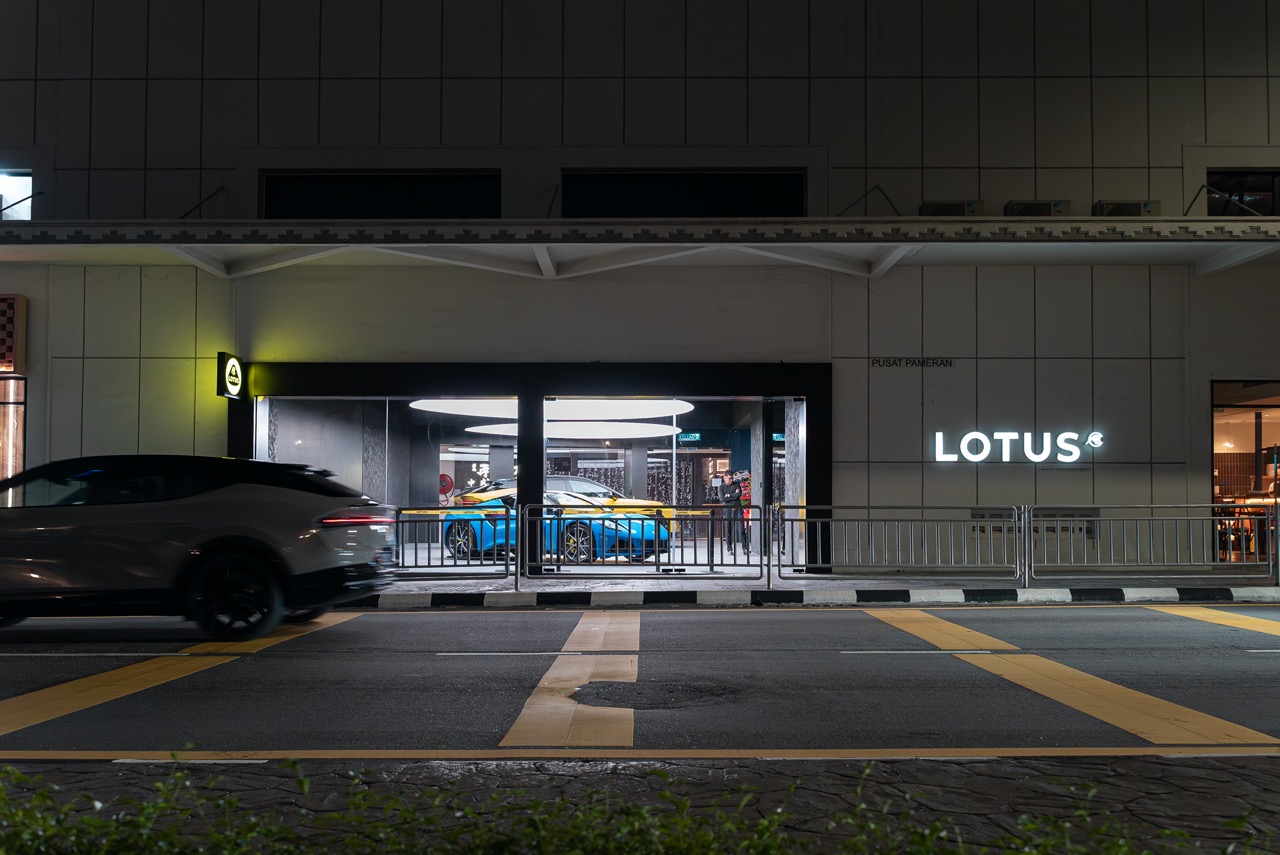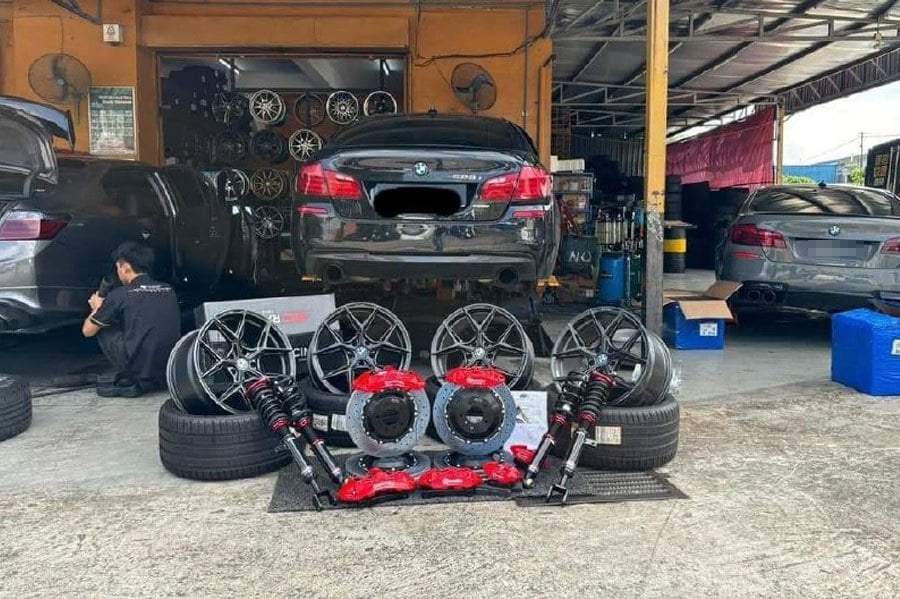Less than a year after the Range Rover started its fifth generation, its brother – the Range Rover Sport – also moves into a new generation. Having been born only in 2005, this model enters only its third generation. Moving further along with electrification of the range, it comes with a choice of three powertrains – mild hybrid, plug-in hybrid and combustion engine. In a couple of years, there will also be a fully electric version available.
As with every Land Rover, all the familiar styling elements are present, thanks to the ‘guardian’ of Land Rover’s design DNA, Gerry McGovern. Since the 1980s, he’s led design teams at the British company and for the new Range Rover Sport, the exterior has the recognizable profile with taut surfacing accentuated by stealth-like detailing and muscular proportions.
Sportier image than Range Rover
Where the Range Rover presents itself as a more formal vehicle in keeping with its flagship status, the Sport gets the sporty touch with short overhangs, an assertive front-end and steeply raked glazing at the front and back.
Like the latest Range Rover, the Sport, has Digital LED lighting units which create a distinctive Daytime Running Light (DRL) signature. These are the slimmest ever units fitted to a Land Rover. At the rear, uninterrupted LED light graphics introduce surface LED technology to a production vehicle for the first time, providing a crisp and contemporary look at night.
A characteristic shoulder line runs the length of the vehicle, accentuated by new lower fender details and the longest spoiler ever fitted to a Range Rover. The clean lines of the exterior are enhanced by flush glazing and door handles, contributing to an impressively low Cd of 0.29.
Advanced chassis technologies
The Sport introduces more advanced chassis technologies, along with the flexible mixed-metal architecture (MLA-Flex). The engineers had a comprehensive dynamic toolkit to govern the new SUV’s integrated chassis control system while also raising torsional stiffness by 35% to achieve the most engaging and dynamically capable driving experience.
Advanced features include the new Dynamic Response Pro (DRP) which works together with the latest generation Dynamic Air Suspension (DAS) that has switchable-volume air springs for the first time. DRP provides ultimate roll control via a 48V electronic active roll control system, capable of applying up to 1,400 Nm of torque across each axle.
DAS, which is standard across the range, interfaces with the intelligent system to enhance the bandwidth of the suspension. This works by varying the pressure within the chambers (higher pressure provides stiffer damping) to deliver traditional Range Rover comfort with the dynamic handling expected from the Sport. To optimize responses, the vehicle monitors the road ahead using eHorizon navigation data to pre-emptively prime for upcoming bends.
Driving off-road, especially on rough terrain, requires a degree of expertise and as the leader in 4×4 technology, Land Rover has worked to reduce the demands on the driver. When it introduced systems like Hill Descent Control in the 1990s, even inexperienced drivers could go down a slippery slope almost like a pro as a computer managed the speed and power. 4×4 instructors felt their jobs would no longer be needed before long.
More advanced assistance systems
In more recent times, the company developed the Terrain Response system which has different settings that the driver can choose to suit terrain conditions. In the Sport, an improved second generation of the system makes its debut along with a new Adaptive Off-Road Cruise Control specially designed for use on tricky terrain. An evolution of All-Terrain Progress Control, Adaptive Off-Road Cruise Control allows the driver to set the desired speed and comfort level, from a choice of 4 settings, over rough surfaces.
Powertrains
Before the fully electric Sport comes in 2024, customers can choose from two extended range Electric Hybrids, 6-cylinder Ingenium petrol and diesel engines using mild-hybrid technology, and an all-new V8 Twin Turbo. It’s likely that the electrified powertrains will sell in bigger numbers in Europe while the all new V8 Twin Turbo would find more customers in North America and the Middle East.
The new P510e Electric Hybrid incorporates 3-litre 6-cylinder Ingenium petrol engine with a powerful 105 kW electric motor and 38.2 kWh battery, producing a total system output of 510 ps. A 100-km range on only electricity is claimed. At the other end of the spectrum, the V8 Twin Turbo produces 530 ps, launching the Sport from standstill to reach 100 km/h in a claimed 4.5 seconds (with Dynamic Launch engaged). All the models are fitted with the trusty 8-speed ZF automatic transmission and Intelligent All-Wheel Drive.
Sustainable materials
Within the Sport is the luxurious ambience that would be expected from any Range Rover. In keeping with environmental considerations, sustainable materials are used but still retaining the premium look and feel.
The Alexa-enabled Pivi Pro infotainment system with its curved floating touchscreen provides intuitive control of the vehicle systems. The high resolution 13.1-inch touchscreen has an interface that is easy to use and haptic feedback reduces the need for the driver to keep looking at what is being touched.
Of the many new features, the next-generation Cabin Air Purification Pro deserves highlighting. Clearly developed as a response to the COVID-19 pandemic to provide a cleaner and safer cabin environment, Land Rover says it can significantly reduce odours, bacteria and allergens – including the SARS-CoV-2 virus. This is done by a PM2.5 filtration system with nanoe TM X technology. There is also an advanced CO2 Management function which can purify the cabin or while driving to help increase alertness and enhance wellbeing.
Next generation Active Noise Cancellation (ANC) not only makes for a quitter journey but also allows greater enjoyment of the Meridian Signature Sound System. ANC operates at its best when the vehicle is in the Dynamic driving mode. Microphones and accelerometers inside each wheel arch constantly monitor the sounds passing into the vehicle, while digital processors calculate the level of noise-cancelling sound required to filter this from the cabin – much like a pair of high-end headphones.
For more information on Land Rover and Range Rover models in Malaysia, visit www.landrover.com.my.




